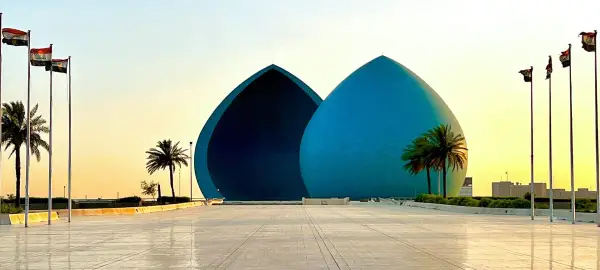- Overview
- Info & Inclusions
- Itinerary
- Map & Hotels
- Photos
- Dates & Prices
- Max Group Size 16
- Explore ancient Mesopotamia
- Visit the legendary city of Babylon
- Discover the awe-inspiring Ziggurat of Ur
- Wander through Baghdad's historic streets
- Visit the sacred city of Najaf
- Uncover UNESCO sites and Iraq's pivotal role in shaping world history.
- Singles friendly (view options for single travellers)
Explore the ancient wonders of Mesopotamia, including the legendary city of Babylon and the awe-inspiring Ziggurat of Ur. Wander through Baghdad's historic streets, visit the sacred city of Najaf, and discover the peaceful marshes of southern Iraq.
Despite years of conflict, Iraq is a country of extraordinary diversity, home to Kurds, Shia and Sunni Arabs, Assyrian Christians, and many others. Its rich history spans ancient civilizations, empires, and dynasties, all of which have shaped its legacy.
Today, Iraq is emerging from decades of hardship, with newfound stability and a more inclusive government. This tour offers a rare opportunity to journey through Iraq's rich cultural roots, uncovering UNESCO sites and exploring the country's pivotal role in shaping world history.
- Full-time Tour Leader with local English-speaking guide/driver support
- Most meals (per tour itinerary)
- All transport, accommodation, sightseeing and entrance fees for sites noted as 'visited' in the detailed itinerary
- Gratuities for main local guide, driver, restaurant staff, porters
- Contrary to our usual policies, your arrival and departure transfers are included regardless of whether you book your air through us.
- International airfare to/from the tour
- AA Tour Leader gratuities, personal items, international (if applicable) air taxes, visa fees, and any excursions referenced as 'optional'
- Optional trip cancellation insurance.
- Iraq is working on an online e-Visa system that will streamline your entry - details TBA. Your passport must NOT show any evidence of a prior visit to Israel. Overall the visa process is straightforward and does not require that you send you passport away.
- Seasonality and Weather:
Iraq's climate is generally hot and dry, with very little rainfall throughout the year. The country experiences a desert climate, with extremely hot summers and mild winters.
In October/November, Iraq is transitioning from summer to autumn, and visitors can expect warm and sunny weather, with daytime temperatures ranging from 25C (77F) to 30C (86F), and nighttime temperatures dipping to around 15C (59F) to 20C (68F).
Visiting Iraq in October/November is a great experience, as the weather is ideal for outdoor activities like exploring ancient ruins, and the atmosphere is lively and festive, with many cultural events and festivals taking place.
In April, Iraq is in the midst of spring, and visitors can expect mild and pleasant weather, with daytime temperatures ranging from 20C (68F) to 25C (77F), and nighttime temperatures dipping to around 10C (50F) to 15C (59F). April is a great time to visit Iraq, as the weather is comfortable, and the scenery is beautiful, with many flowers and trees in bloom. - Transport and Travel Conditions:
Ground transport provided by private air-conditioned motor coach (20-36 seat depending on ultimate group size).
The tour is not strenuous though it is busy; you must be steady on your feet and be able to endure some warm-temperatures and long travel/sightseeing days. We have numerous walking tours and visit several archaeological sites that are LARGE with steps and uneven surfaces.
Please refer to the detail day-by-day itinerary for much more detail on our route and the sites visited.
When traveling in Iraq, it’s important to note that some areas are less frequented by tourists, and the infrastructure is still developing. While services are improving, certain parts of Iraq may not meet the standards that some North American travellers expect. You may encounter challenges such as bureaucratic delays, uneven roads, unpaved sidewalks, basic plumbing, and limited availability of public restrooms. Additionally, the quality and availability of western-style toilets can be inconsistent, with squat toilets often found in public spaces, including museums and restaurants.
Though our itinerary aims to provide the most comfortable experience possible in this region, it is rated as moderate due to the level of walking involved, long bus rides, and the general limitations of local tourism infrastructure. Many streets are unpaved or made of packed dirt, and some attractions are only accessible via stairs with uneven steps. Most museums lack elevators, and public facilities may not meet typical western standards.
To fully enjoy this adventure and make the most of his journey, travellers should be sure to pack their flexibility, patience, and a sense of humour.
Am I suitable for this tour? Please refer to our self-assessment form - Activity Level: 2
These are particularly busy tours that feature a lot of moving around, sometimes by train and short journeys on local transport. Walking tours of towns and cities are leisurely but you should be prepared to be on your feet for several hours. Some of our cultural trips that occur at high altitude and/or require greater independence with baggage handling (at hotels, airports, train stations) also fall into this category.
To learn more about the Activity levels, please visit our tour styles page. - Accommodation:
Our selected hotels are of a very good 4-5* category, but we must point out that their level cannot be compared to that of Western standards or even to that of other Middle Eastern countries. Service and maintenance may not always be satisfactory due to the lack of tourist culture. It is good to be well aware of the cultural and economic context in which you find yourself.
For more information see the "Map & Hotels" tab. - Staff and Support:
Tour Leader throughout, expert local guide/escort, local driver.
The tour includes a local English-speaking guide. It is possible that, for some departures, an assistant/Arabic translator may also be present. Again, we remind you that tourism is still in its infancy, which means that the quality of the Iraqi local guides cannot compare to the classical definition of 'guides' that one finds in nearby countries. Our tour leaders, each with their own specific experience, will provide much of the necessary information, overlapping, if necessary, with the role of the local guide/escort. - Group Size:
Maximum 15 plus Tour Leader/guide
- Day 1:Arrival in BasraArrival in Basra - Welcome to Iraq!
Basra boasts a rich and storied history as one of the Middle East’s most significant cities, particularly in the Arabian Gulf. Positioned at the delta where the Euphrates and Tigris rivers meet before flowing into the sea, it has long been a major port and trading hub. Once known as the 'Venice of the East,' the city was famous for its network of canals and elegant buildings with wooden screens and lattices, which lined streets teeming with traders and merchants from India, Egypt, and across the Gulf.
PLEASE NOTE: This itinerary may be subject to change due to political situations, traffic, or other unforeseen events. Historical and cultural sites may be under restoration and/or may close without prior notice, potentially affecting our itinerary. Despite these challenges, we will work hard to deliver a rich and rewarding experience throughout your journey. During this tour there will be a few checkpoints between provinces and cities, and your patience is appreciated whenever these stops cause delays (typically these stops are just to verify documents). Our partners will always monitor any security issues, and if there is any need to alter the itinerary due to difficulty accessing a site or city, Adventures Abroad reserves the right to make any changes to the itinerary if needed.
Overnight in Basra
Included Meal(s): Breakfast and Dinner, if required - Day 2:Basra Touring & Shatt al-Arab River CruiseToday we will explore Basra, the second-largest city in Iraq.
Once a prominent city in the Ottoman Empire, Basra became a key port for trade with India, Eastern Africa, and the Far East under the Abbasid Caliphate. After the British Empire incorporated the governorate in 1917, Basra continued to grow as the Republic of Iraq's second-largest city. During the Ottoman period, the city was known for its strategic importance and thriving trade routes.
We will begin our visit at the Basra Museum, housed in a former lakeside palace of Saddam Hussein. The museum’s collection highlights the rich history of Mesopotamian, Babylonian, and Persian civilizations, along with the city's own history. The museum, which opened in 2016, stands as a symbol of resilience after the original Basra Museum was looted and destroyed during the Gulf War in 1991. The loss of so many historical artifacts led to a collaborative effort to create a new museum that would preserve and showcase Basra's vital role in Iraq’s heritage.
Next, we will explore parts of the old city and its historic markets, some of which date back to the 16th and 17th centuries. While many of these markets are now abandoned and slowly deteriorating, they still echo the glory of Basra’s past. Residential neighborhoods like Al-Shanasheel provide a glimpse into “old Basra,” with their original architectural features. The Shanasheel style, first seen in Basra during the Ottoman era, spread to other parts of Iraq, including Baghdad. These traditional merchant houses, with their wooden facades, balconies, and walled gardens, are often referred to as "Ottoman Shen-ashil Houses."
We will also visit Kuwait Street in central Basra, which gained its name due to the influx of consumer goods from neighboring Kuwait after the fall of Saddam Hussein. The street, often referred to as “Ahwaz Street,” is known for its street vendors, predominantly women selling goods popular in Iran, such as natural hair oils and honey.
In the afternoon, we will enjoy a relaxing boat trip along the Shatt al-Arab river—also known as the 'River of the Arabs.' This 200 km-long river is formed by the confluence of the Euphrates and Tigris rivers and marks the border between Iraq and Iran. The river eventually flows into the Persian Gulf. Geologically, the Shatt al-Arab is relatively recent, as the Tigris and Euphrates once emptied into the Persian Gulf via a different channel further west.
Overnight Basra
Included Meal(s): Breakfast, Lunch and Dinner - Day 3:Al-Qurna - Chibayish Marshes Discovery - NasiriyahThis morning we depart from Basra and begin our journey northward.
Our first stop will be the small southern city of Al-Qurna, where we’ll visit the confluence of the Tigris and Euphrates Rivers. The Tigris and Euphrates originate in the Armenian Highlands of eastern Turkey and flow through valleys and gorges into Syria and northern Iraq. They meet at Al-Qurna to form the Shatt al-Arab, which eventually empties into the Persian Gulf. Together, these rivers and their tributaries cover an area of 879,790 square kilometers, extending across Iraq, Turkey, Syria, Iran, and Kuwait. Nearby, we’ll also visit the 'Adam’s Tree'—a peculiar shrine located on the shore of the Tigris. According to local legend, this small, dead tree is the Tree of the Knowledge of Good and Evil, the very tree that Eve ate from in the Garden of Eden. The tree is protected by low brick walls and surrounded by a concrete plaza, adding a mystic element to the site.
Next, we’ll continue on to Al-Chibayish, where we’ll enjoy a motorboat ride through the Mesopotamian Marshes—one of the largest wetland ecosystems in the Middle East. Formed by the seasonal flooding of the Tigris and Euphrates, these marshes have been critical to the development of early agriculture and urbanization, giving rise to ancient cities such as Eridu, Uruk, and Ur. The marshes were recognized by UNESCO in 2016 for their historical and ecological importance, though they now cover less than half of their original size due to decreasing water levels. Here, we’ll learn more about the Ma'dan people (Marsh Arabs), who have lived in this unique ecosystem for thousands of years. Their traditional lifestyle is deeply connected to the wetlands, and the construction of reed houses from the abundant reeds in the marshes is a key aspect of their culture. This way of life, believed to date back to ancient Sumer over 5,000 years ago, is now nearly extinct.
For lunch, we’ll dine in a Mudhif House, a traditional communal dwelling made from reeds and adobe, where we’ll experience the hospitality of the Marsh Arabs.
Not far from here is the Chibayish Martyrs Monument, built to honor the Marsh Arabs who were executed by Saddam Hussein’s regime following the Gulf War in 1991. The monument stands as a tribute to their resilience and sacrifice.
We’ll continue our journey to Nasiriyah, a modern city on the banks of the Euphrates. This evening, after dinner, we’ll take a stroll through the local market streets to experience the vibrant atmosphere and immerse ourselves in the local culture.
Overnight Nasiriyah.
Included Meal(s): Breakfast, Lunch and Dinner - Day 4:Great Ziggurat of Ur - Ancient Uruk - Imam Ali Shrine - Kufa & NajafToday, we will visit two of Iraq's most significant archaeological sites: Ur and Uruk.
An early start brings us to Ur, where we’ll explore the Great Ziggurat of Ur, one of the largest and best-preserved ziggurats in Mesopotamia. The ziggurat is often regarded as one of the most remarkable architectural achievements of the Ancient Near East. Initially built as an administrative center for the city, it also served as a temple complex and a place of worship. Even after more than 4,000 years, the Great Ziggurat remains well-preserved and is the only major surviving structure of ancient Ur. The Sumerians, from the earliest stages of their civilization, constructed important temples on platforms or, in the case of ziggurats, on a series of stepped platforms. Today Ziggurats can be found scattered across modern-day Iraq and Iran.
Next, we continue to Uruk, one of the most influential cities in ancient Mesopotamia and often considered to be the world’s first true city. Between approximately 3600 and 2600 BCE, Uruk became the world’s first major city, situated in a fertile region between the Tigris and Euphrates rivers. This city is often credited with introducing key innovations, such as social hierarchies, political structures, writing, religion and literature—foundations of urban life that still influence cities today. Uruk was one of the largest Sumerian settlements and a crucial religious center, continuously inhabited until the 5th century AD. However, over time, the Euphrates River shifted its course, leaving Uruk to slowly decline. The Uruk period marks the emergence of urban civilization in Mesopotamia.
We’ll stop for lunch before continuing our journey to Najaf, a city rich in history, culture, and spiritual significance. Known as the holiest city in Iraq for Shia Muslims, Najaf is home to the renowned Imam Ali Shrine, a major pilgrimage site. The shrine’s stunning architecture and ornate decorations are awe-inspiring. This evening, we’ll visit the Imam Ali Shrine Complex, often referred to as the Imam Ali Mosque. Built in honor of Imam Ali (the cousin and son-in-law of Prophet Mohammed), the shrine attracts millions of pilgrims every year.
After exploring the shrine, we’ll wander through the Grand Bazaar of Najaf, where you can experience the lively market atmosphere and discover local Iraqi sweets, handicrafts, and spices. A short distance from Najaf is Kufa, home to the Great Mosque of Kufa (Masjid al-Kufa), one of the oldest and holiest surviving mosques in the world.
Overnight in Najaf.
Included Meal(s): Breakfast, Lunch and Dinner - Day 5:Wadi Al-Salam Cemetery - Holy Shrine Of Imam Hussain - KarbalaThis morning we begin with a visit to a viewpoint overlooking the Wadi Al-Salam Cemetery. The Wadi Al-Salam Cemetery is not just any ordinary burial site; it holds the distinction of being the largest cemetery in the world, both in terms of area and the number of burials. It is a sacred site for Shia Muslims, carrying immense cultural, spiritual, and historical significance that stretches over many centuries. For more than 1,400 years, Wadi Al-Salam has been the burial ground for millions of Muslims, making it a deeply revered site.
According to UNESCO, the Wadi Al-Salam (Valley of Peace) cemetery is the final resting place of dozens of prophets, kings, scientists, scholars, dutifuls, guardians, and royals. The cemetery spans an estimated 917 hectares (roughly the size of 1,700 football fields, or 13% of the city’s total area).
Our day will conclude with a visit to the holy city of Karbala, where we will explore the holy shrine of Imam Hussein and his brother Al-Abbas. This shrine is one of the most revered places for Shia Muslims, as it marks the final resting place of Imam Hussein ibn Ali, the grandson of Prophet Muhammad, who was martyred during the Battle of Karbala in 680 AD. The shrine’s stunning golden dome and minarets are truly remarkable, as is the inner sanctum where Imam Hussein is buried. The space is adorned with intricate Islamic calligraphy and exquisite craftsmanship, creating a profound atmosphere of reverence and awe.
Overnight in Karbala
Included Meal(s): Breakfast and Dinner - Day 6:Borsippa, Kish & The Wonders of BabylonToday, we embark on a journey to Babylon, with a visit to Borsippa en route. Although Borsippa is often overshadowed by its more famous neighbor, Babylon, it is a historically significant site in its own right. The Borsippa Ziggurat, often referred to as the 'Tongue Ziggurat' due to its shape, is one of the most recognizable surviving structures of its kind in Iraq. Archaeologists and visitors alike have been drawn to this monumental site since the 19th century, intrigued by its ancient history.
Not far from Borsippa are the remains of the ancient city of Kish, once a prosperous Sumerian kingdom. Kish flourished particularly in the 3rd millennium BCE, serving as a center of power and wealth. The city, which was also briefly used as a US military base after the 2003 invasion, has left behind remarkable archaeological remnants of its former glory.
From here, we proceed to Babylon, one of the most iconic cities in world history, and a pivotal hub of ancient civilization. Founded more than 4,000 years ago as a small port on the Euphrates River, Babylon grew to become the largest city in the Babylonian Empire, standing as a symbol of power, wealth, and culture in the ancient world. It was the capital of numerous Mesopotamian empires and the site of several legendary landmarks, including the Tower of Babel, the Hanging Gardens, the Lion of Babylon, and the Ishtar Gate, each of which contributed to its fame throughout history.
During our exploration of Babylon, we will visit the Royal Palace, the reconstructed Ishtar Gate (the original of which is now housed in the Pergamum Museum in Berlin), and the supposed location of the mythical Hanging Gardens—one of the Seven Wonders of the Ancient World, though their actual existence remains a subject of debate among archaeologists. Babylon's importance truly blossomed under Hammurabi, the Amorite king who ruled from 1792 to 1750 BCE. His military conquests united much of southern and central Mesopotamia, forging the Babylonian Empire and transforming the city into a major cultural and political powerhouse.
The Hanging Gardens are particularly notable, though their exact location or existence remains uncertain. The Ishtar Gate, the main entrance to the inner city, is another architectural wonder, decorated with brilliantly glazed bricks depicting bulls, dragons, and lions. Babylon’s remarkable walls, which once encircled the city, were renowned for their impenetrability and made the city an enduring symbol of strength. Art and architecture flourished during Babylon’s golden age, particularly in its capital, where monumental structures and intricate designs were crafted to showcase the empire’s might and artistic achievements.
After exploring this extraordinary site, we will continue on to Baghdad, the capital of Iraq and the Baghdad governorate. Situated on the Tigris River, approximately 330 miles (530 km) from the Persian Gulf, Baghdad lies in the heart of ancient Mesopotamia, a region renowned as the cradle of civilization. As Iraq’s largest city and one of the Middle East’s most densely populated urban areas, Baghdad holds both historical and cultural significance. Founded in 762 as the capital of the Abbasid Caliphate, the city was the epicenter of Arab and Islamic culture and civilization for more than 500 years, cementing its place as one of the world’s most influential cities during that time.
Overnight in Baghdad.
Included Meal(s): Breakfast, Lunch and Dinner - Day 7:Baghdad City Tour: National Museum, Markets & MoreToday we enjoy a thorough exploration of many of the highlights of Baghdad.
We start our day with a visit to the Baghdadi National Museum, a treasure trove of Iraq's ancient history. Housing a vast collection of artifacts from Mesopotamian, Islamic, and prehistoric periods, the museum offers a deep dive into Iraq’s rich cultural heritage. The huge collection on display tells the epic story of human civilization, from the earliest settlements to the rise and fall of vast empires. Due to the archaeological riches of Mesopotamia, the museum's collections are considered to be among the most important in the world and are a must-see for any traveller.
From here we will head to the Abbasid Palace, an impressive structure dating back to the Abbasid era, which offers fascinating glimpses of Islamic architecture and the city’s historical significance during the golden age of the caliphate. Just a short distance away is the Al-Mustansriya School (Madrassah), a 13th-century institution known for its Islamic education, where you can admire the unique blend of Islamic and medieval architecture that has shaped much of Baghdad’s skyline.
Next we will make your way to Qishlah, a historic building originally used as a military barracks in the 19th century and a striking example of Ottoman architecture. Afterwards we will stroll along Al-Mutanabbi Street, Baghdad's famous cultural heart, lined with bookstores, cafes, and vibrant street life. It is named after the renowned Arab poet Al-Mutanabbi and is a gathering place for literary enthusiasts and intellectuals. Don’t miss the Mutanabbi statue at the heart of the street, a tribute to the poet's enduring influence.
Nearby we will find Safareen Market, a bustling traditional market where we can admire spices, textiles, and handicrafts, offering a taste of Baghdad's local commerce and culture. We will be sure to take a break at the Al-Shabander Café, one of Baghdad’s oldest and most iconic coffeehouses, known for its rich history as a meeting point for intellectuals, artists, and writers.
In the evening we will venture out to the Taq Khasra in Ctesiphon, an ancient Sassanian monument just outside Baghdad. The massive arch, once part of a grand palace, is one of the largest brick arches in the world and stands as a symbol of Iraq’s pre-Islamic past. Finally we will end our day with a relaxing visit to Dar Al-Atraqchi Café, where we can enjoy traditional Iraqi coffee or tea in a historic setting, reflecting on the city's vibrant history and culture.
Today's mix of ancient sites, modern cafes, and local markets provides a well-rounded introduction to Baghdad's multifaceted heritage.
Overnight in Baghdad.
Included Meal(s): Breakfast, Lunch and Dinner - Day 8:Baghdad: Dur-Kurigalzu & Al-Shaheed MonumentFor our second day of sightseeing in Baghdad we will begin with a trip to Dur-Kurigalzu, an ancient city located just outside Baghdad, known for its impressive ziggurat and ruins from the Kassite period. This archaeological site offers a rare opportunity to explore the remnants of a once-thriving civilization, with the ziggurat being one of the most significant structures to survive from this era. Afterwards we will head to the Al-Shaheed Monument, a striking symbol of Iraqi patriotism and sacrifice, built to commemorate the soldiers who died in the Iran-Iraq War. Its bold design features two giant, soaring arches that frame an eternal flame, making it one of the most recognized landmarks in Baghdad. A visit here gives you insight into Iraq's modern history and the emotional weight of the country’s past conflicts.
Nestled amidst the vibrant streets of Baghdad, the Abu Hanifa Mosque (Grand Imam Mosque) is a significant pilgrimage site for Sunni Muslims. After our visit to the mosque and shrine we will stop by the Saving Iraqi Culture Monument, a powerful symbol of the country’s efforts to preserve its cultural identity amidst conflict. The monument’s design reflects the resilience and spirit of Iraq’s people. Nearby we can explore Khahramana Square, a charming public space famous for its statue of Aladdin’s Lamp, which is part of Baghdad’s rich folkloric tradition. The area is filled with local cafés where we can take a break and enjoy the vibrant atmosphere.
We then continue with a stop at the Sharazad and Sharyar statue, inspired by the legendary stories of One Thousand and One Nights, symbolizing the city’s deep connections to the Arab world’s literary and storytelling traditions.
Our day will end with a visit to the Imam Al-Khadim Shrine, an important religious site for Shia Muslims. The shrine is known for its serene atmosphere and beautiful architecture, making it a place of both spiritual reflection and cultural significance. This peaceful, sacred site offers a poignant contrast to the earlier landmarks of the day, providing a contemplative end to our second full day in Baghdad.
Overnight in Baghdad
Included Meal(s): Breakfast, Lunch and Dinner - Day 9:Exploring Samarra, Hatra, and Iraq’s Timeless HeritageOur journey today continues through the heart of Iraq, where we will uncover the fascinating history and architecture of the Samarra Mosque and the iconic Malwiya Minaret, both symbols of the rich Islamic heritage in this region.
Samarra, a city that still retains much of its original layout, architectural splendor, and artistic relics, was designated a UNESCO World Heritage Site in 2007. Here, we’ll visit the Malwiya Minaret, renowned for its distinctive spiral design. When it was constructed in the 9th century, it was the tallest structure in the Islamic world, standing as a monumental testament to Abbasid-era architecture.
The Great Mosque of Samarra, also known as the Samarra Mosque, was commissioned by the Abbasid Caliph Al-Mutawakkil in 848 CE. Its name, "Samarra," comes from the Arabic phrase ‘Surra man r’a’, meaning 'a joy for all those who see it'. Unfortunately, much of the mosque was destroyed in 1278 during the Mongol invasion by Hulagu Khan, leaving only the outer walls and the magnificent minaret still standing.
A short drive from Samarra brings us to the Abu Dalaph Minaret, another remarkable example of Abbasid architecture. Built in the 9th century CE, this spiral minaret bears a striking resemblance to Samarra's famous Malwiya Minaret but stands in splendid isolation amid the desert landscape. Though less well-known than its Samarra counterpart, the Abu Dalaph Minaret showcases the same distinctive helical design that characterized Abbasid religious architecture. The minaret once belonged to a grand mosque that has since disappeared, leaving only this towering spiral as a testament to the former complex.
Just a short distance from the Great Mosque, we’ll visit the abandoned Qasr Al Ashiq Fortress, a stunning relic from the Abbasid period dating back to 877-882 CE. This rectangular fort, surrounded by massive walls and a protective moat, was excavated and restored in the 1980s. It is now an integral part of the Samarra UNESCO World Heritage complex.
Our next stop is Hatra, a remarkable ancient city once under the influence of the Parthian Empire and the capital of the first Arab Kingdom. Hatra is considered one of the best-preserved cities from the Parthian Empire. The high, thick walls, reinforced by watchtowers, helped the city withstand Roman invasions in 116 CE and 198 CE. The ruins of Hatra, particularly its temples, showcase a unique blend of Hellenistic, Roman, and Eastern architectural styles, reflecting the grandeur of the civilization that once thrived here. Founded on the remnants of an Assyrian settlement, Hatra was strategically located between the Tigris and Euphrates rivers in a semi-desert region, which made it an important hub for trade and religion. The city grew from a small village in the first century BC to a powerful kingdom by the mid-second century AD.
After exploring the ancient ruins of Hatra, we’ll continue our journey to Mosul, where we will delve further into Iraq’s rich and complex ancient and modern history.
Overnight in Mosul.
Included Meal(s): Breakfast, Lunch and Dinner - Day 10:Exploring the Resilient City of Mosul & Mor Mattai MonasteryOur day begins with a visit to the historic Old City of Mosul, situated across the Tigris River from ancient Nineveh. The city's heyday flourished in the 12th and 13th centuries when it became a center of culture and commerce. For over 850 years, the leaning minaret of the Great Mosque of al-Nuri stood as a defining symbol of Mosul. Tragically, in 2017, this iconic structure was reduced to rubble by the Islamic State group.
In 2014, ISIL/Da'esh seized control of Mosul, inflicting severe damage to its historic landmarks as part of their campaign to erase the city's rich history. The city's buildings, known for their intricate decorative carvings, reflected a mix of Fatimid architectural styles from Egypt and local Christian Nestorian influences. The narrow alleyways, bustling markets, and distinctive urban layout are remnants of Mosul's Ottoman heritage. As Mosul recovers from the devastation, these sites—mosques, churches, and ancient homes—are being brought back to life. With the support of the United Nations and international partners such as Japan, the UAE, and the European Union, the city has risen from the ashes, with its historic skyline gradually restored.
The restoration efforts are not limited to the Great Mosque of al-Nuri; Christian sites, which were also heavily impacted by the IS occupation, are being carefully rebuilt. Before the 2003 Iraq War, Mosul was home to around 50,000 Christians, but fewer than 20 families remain today. The reconstruction of these sites is a powerful symbol of cultural resilience and renewal.
During our visit, we will explore the remains of the Al-Noori Mosque and the Mosque of Prophet Yunus, along with other significant landmarks such as the Wall of Nineveh, the Nirkal Gate, Bashtabya Castle, and the ancient residential quarters that reflect Mosul's rich history.
In the afternoon we will travel to Mor Mattai Monastery (Dayro d-Mor Mattai), located about an hour east of Mosul. This ancient monastery is traditionally attributed to Mor Mattai, a 4th-century monk revered as a saint in Syriac Christian traditions. Believed to have been commissioned in the 4th century, Mor Mattai Monastery is one of the oldest functioning Syriac Orthodox monasteries in Mesopotamia. Over the centuries, it has served as the seat and final resting place of numerous Syriac Orthodox patriarchs and scholars.
After a meaningful visit to this sacred site, we will return to Mosul for the evening.
Overnight in Mosul.
Included Meal(s): Breakfast, Lunch and Dinner - Day 11:Mosul - Sulaymaniyah, KurdistanToday we move on from Mosul and head north to Iraqi Kurdistan. Iraqi Kurdistan is a captivating destination, renowned for its stunning landscapes, welcoming people, and complex, yet fascinating history. While located in northern Iraq, it feels like a world unto itself. Iraqi Kurdistan has long been a hotbed for ethnic nationalism. Throughout history, the Kurdish people of Iraq have vacillated between autonomy and self-determination, and this has often put them into conflict with the Iraqi government. This lesser known region is an absorbing destination of sheer beauty, warm and friendly people and a rich history.
Our journey through Iraqi Kurdistan begins with a visit to Koysinjaq, a charming town rich in history. Here, we will explore the Chaldean Catholic Church of Mar Yousif, built in 1923 and today standing as a testament to the region's Christian heritage. The church's intricate architecture and peaceful atmosphere offer a moment of reflection before continuing our journey. From Koysinjaq, we’ll drive to the impressive Koya Castle, strategically perched on a hilltop. This historic fortress offers breathtaking views of the surrounding mountains and valleys.
We next head to Dukan Lake for lunch. The lake, nestled between rolling hills, is a perfect spot to take in the natural beauty of the region. Following lunch, we’ll proceed to Sulaymaniyah, one of the cultural hubs of Kurdistan. Sulaymaniyah (Slemani), is a vibrant city located in the eastern part of the Kurdistan Region of Iraq, near the Iran–Iraq border. Surrounded by hills and mountains, the city is nestled in a picturesque settling with a semi-arid climate. Since its founding, this has been a cultural and intellectual hub, home to renowned poets, writers, historians, politicians, scholars, and musicians. The modern city of Sulaymaniyah was established in 1784 by Ottoman-Kurdish prince Ibrahim Pasha Baban, who named it in honor of his father, Sulaiman Pasha. The city’s Old Town, though relatively young in its construction, remains the beating heart of Sulaymaniyah.
We will explore the lively streets and markets, where the vibrant energy of the city comes alive. We will wander through the bustling bazaars, where local crafts, spices, and textiles create a sensory feast. The markets offer a perfect opportunity to soak in the atmosphere and experience the warmth and hospitality of the Kurdish people.
At some point in our time in the city, we'll visit the shrine believed to be the burial place of the prophet Ezekiel, one of the major prophets in Judaism, Christianity, and Islam. Located in Al-Kifl (historically known as Kefil), this ancient site has been a pilgrimage destination for centuries. The current structure dates to the 14th century and features a distinctive conical dome and a tomb chamber adorned with Hebrew inscriptions. The shrine represents the rich tapestry of religious traditions that have coexisted in Mesopotamia for millennia, and remains an important site for both Jewish and Muslim communities.
As the day winds down, you’ll have a deeper appreciation for the unique blend of history, culture, and natural beauty that defines Iraqi Kurdistan.
Overnight in Sulaymaniyah
Included Meal(s): Breakfast, Lunch and Dinner - Day 12:Sulaymaniyah - A Journey Through History & Natural BeautyWe start our day in the cultural heart of Sulaymaniyah, beginning with a visit to the Sulaymaniyah Museum. This treasure trove of history offers an immersive journey into the rich past of the region, with exhibits showcasing ancient artifacts, Kurdish heritage, and archaeological discoveries from Mesopotamia. The museum offers visitors a glimpse into the historical significance of this land, where the echoes of past civilizations are still alive in its walls.
Next we head to the Red Museum, one of the most poignant reminders of the Kurdish struggle and resilience. Housed in the old Mukryan Hall, the museum documents the tragic events of the Anfal campaign and the Kurdish resistance. Through its powerful exhibits, we gain an intimate understanding of the hardships faced by the Kurdish people during Saddam Hussein’s regime. It’s a sobering yet essential stop to reflect on the city’s history and its ongoing pursuit of peace.
Later we take a drive to Halabja, where we visit the Shahidan Graveyard—a somber but important site honoring the victims of the 1988 chemical attack. Here we reflect on the resilience of the Kurdish people.
In the afternoon we will embark on a scenic excursion to Azmar Mountain, one of the highest peaks in the region. The mountain offers stunning panoramic views of the surrounding valleys, and its fresh, cool air provides a welcome escape from the heat.
Finally we journey to Qyzqapan, an ancient rock-cut tomb dating to the Median period (7th-6th century BCE). Carved directly into the mountainside, this remarkable monument features intricate reliefs and architectural details that blend Mesopotamian and Persian influences. The tomb's façade displays columns, false windows, and decorative elements that have survived remarkably well over 2,600 years. Standing before this monumental carving, we witness one of the earliest examples of rock-cut architecture in the region, predating even the famous Persian sites at Naqsh-e Rostam.
Overnight in Sulaymaniyah
Included Meal(s): Breakfast, Lunch and Dinner - Day 13:From Sulaymaniyah to Erbil: A Journey Across Kurdistan's HeartWe begin our day with a drive out to the Bekhal Waterfalls, one of the natural wonders in the region. Surrounded by lush greenery and towering cliffs, the falls offer a tranquil escape, where you can enjoy the refreshing mist and take in the peaceful sounds of cascading water. In addition to the natural beauty, the Bekhal Waterfalls are a great place to experience local culture. Nearby, we find several small cafes and shops where we can taste traditional Kurdish specialties. The falls are also popular with families and offer a great place for people-watching.
Continuing on, we make our way to Shaqlawa, a picturesque town nestled in the mountains. Known for its charming traditional architecture and cooler climate, Shaqlawa is a popular summer retreat. We will explore the Shaqlawa Markets, where you can wander through vibrant stalls offering local handicrafts, spices, and traditional Kurdish goods. Here, you can interact with the locals and perhaps pick up a souvenir. After a leisurely stroll through the markets, we will enjoy a delicious Kurdish lunch in one of the town’s rustic restaurants. Here you can savor regional specialties made with fresh, locally sourced ingredients.
From Shaqlawa we will head towards Khanzad Castle, an ancient fortress that stands proudly overlooking the landscape. The castle’s history stretches back centuries, and we will explore its walls and tower, gaining a deeper understanding of the region’s strategic importance through the ages.
Finally, we continue our journey towards Erbil, the ancient capital of the Kurdistan Region. Erbil is one of the oldest continuously inhabited cities in the world, dating back to 6,000 B.C, and has been inhabited over the millennia by the Persians, Greeks, Romans, Mongols and Ottoman Turks. With so much history and culture, Erbil is a city with fantastic old bazaars, traditional cafés and true 'atmoshphere'.
Overnight in Erbil
Included Meal(s): Breakfast, Lunch and Dinner - Day 14:Exploring Erbil: A Journey Through History & CultureWe begin your day in Erbil with a visit to the iconic Erbil Citadel - a UNESCO World Heritage Site. Rising majestically over the city, the Citadel has been continuously inhabited for over 6,000 years, making it one of the oldest settlements in the world. Wander through its winding streets, explore its ancient structures, and enjoy panoramic views of the surrounding city. The Citadel’s historic charm is brought to life through its layers of civilization, with remnants from the Assyrians, Ottomans, and beyond.
Next we take a stroll through the lively Erbil Markets, a maze of narrow alleys and vibrant shops offering everything from colorful textiles and spices to handmade crafts. This bustling market is a sensory feast, where the sounds of haggling vendors, the smell of freshly ground spices, and the vibrant displays of Kurdish products create an unforgettable atmosphere. It’s the perfect place to immerse yourself in local culture, pick up unique souvenirs, and experience the everyday life of Erbil's residents.
Afterward we make our way to the Jolly Minaret, one of the most iconic landmarks of Erbil. This beautiful 19th-century minaret stands tall with its distinctive spiral design and intricate brickwork. The structure offers a striking contrast to the modern cityscape, serving as a reminder of the region's historical roots.
Finally, enjoy some free time to explore the city or markets at your own pace, perhaps visiting a local café or simply absorbing the unique blend of Erbil’s history and modern vibrancy.
Overnight in Erbil.
Included Meal(s): Breakfast, Lunch and Dinner - Day 15:DepartureDeparture from Erbil.
SAFE TRAVELS!
Included Meal(s): Breakfast
Countries Visited: Iraq
*The red tour trail on the map does not represent the actual travel path.
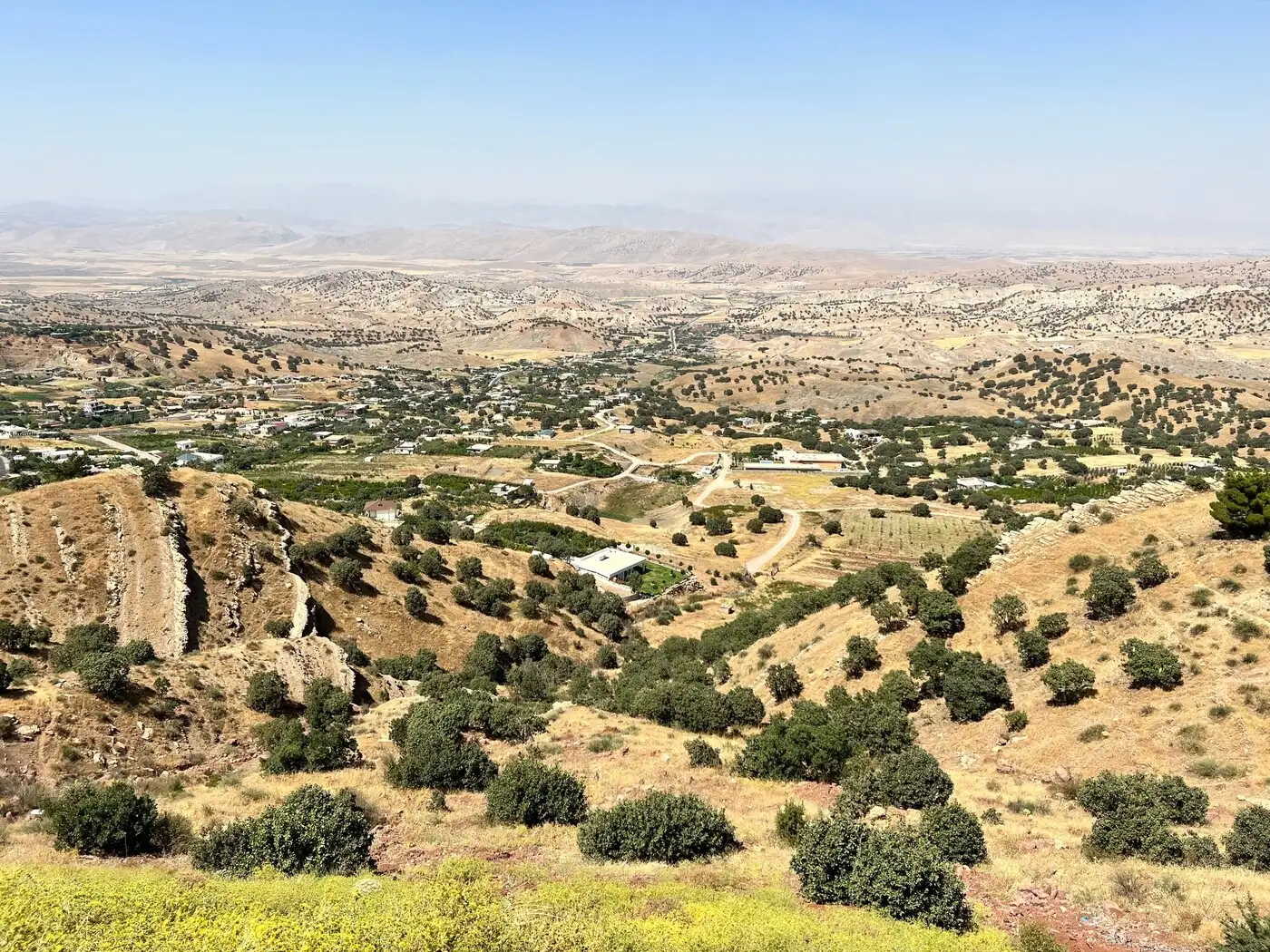
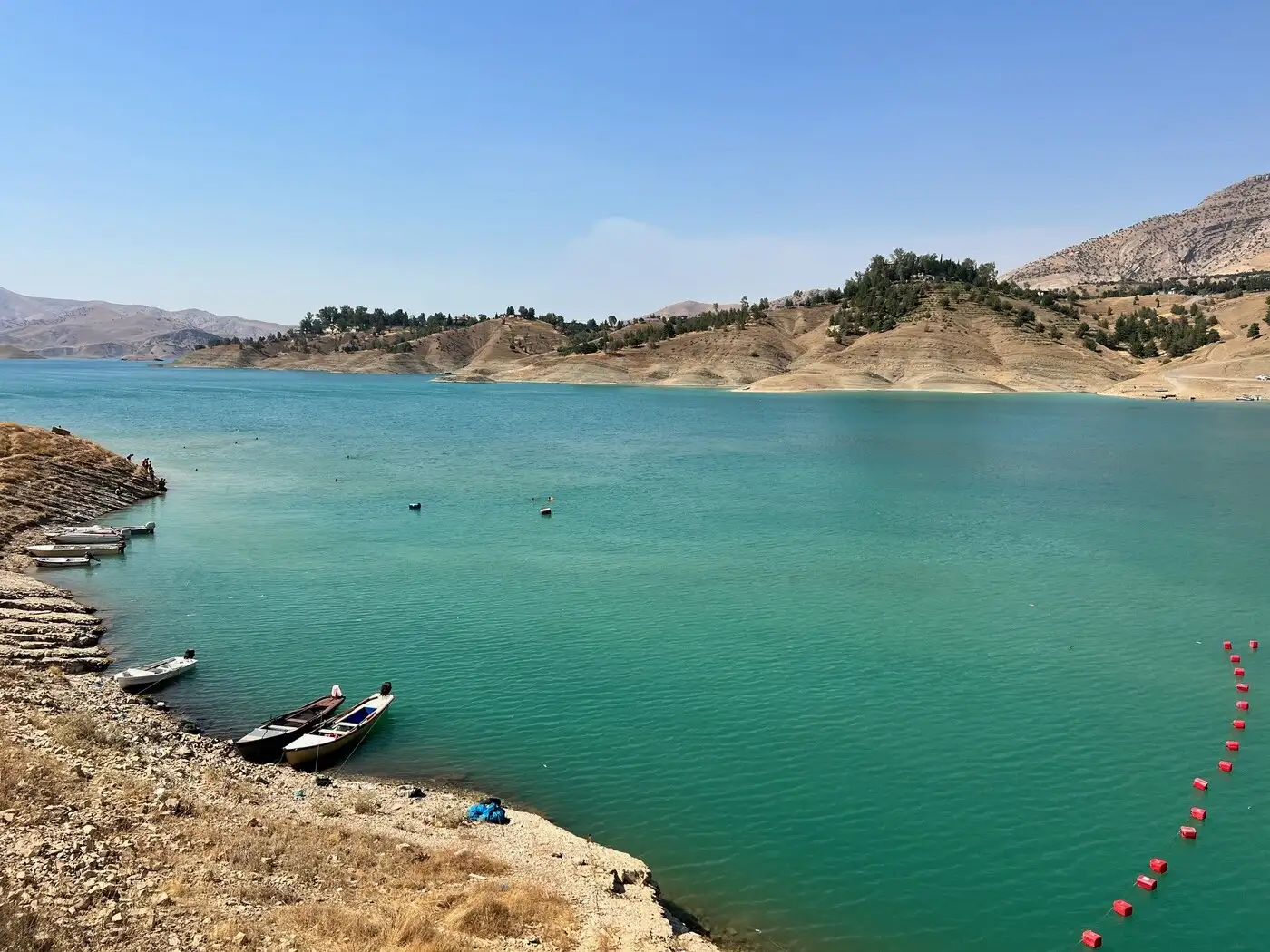

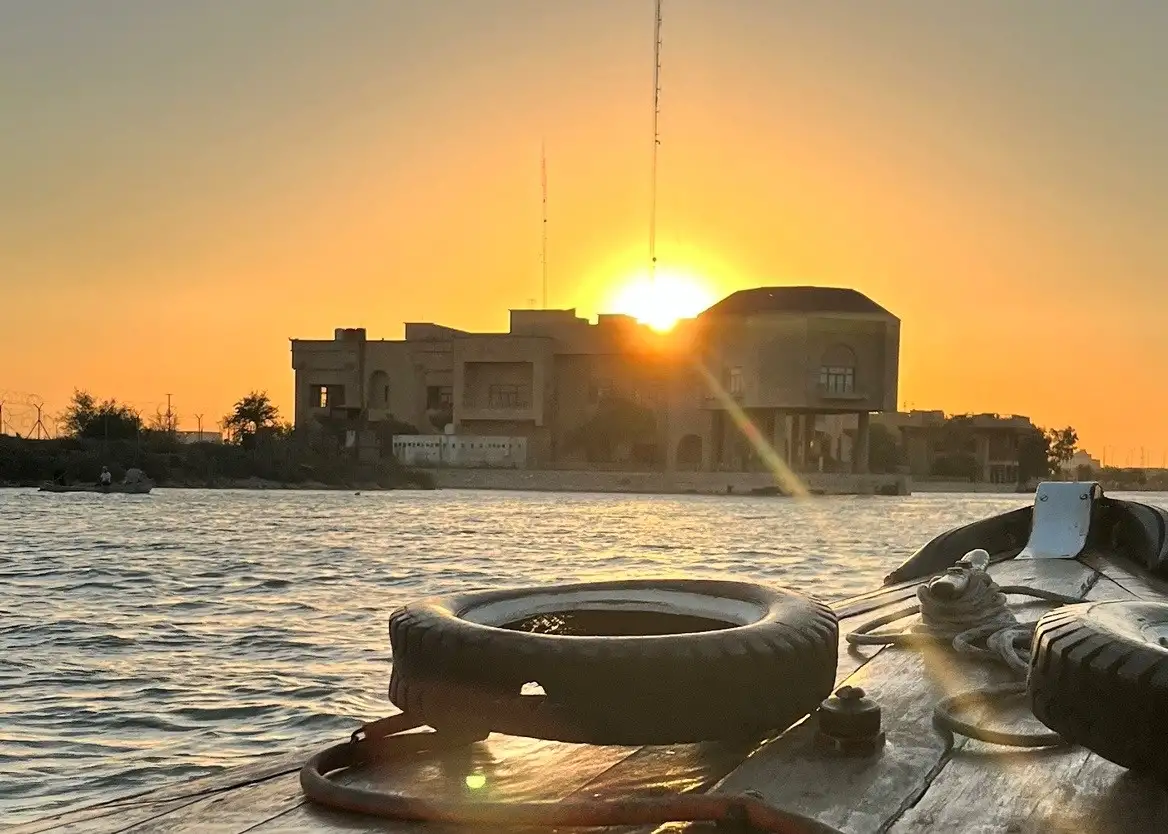
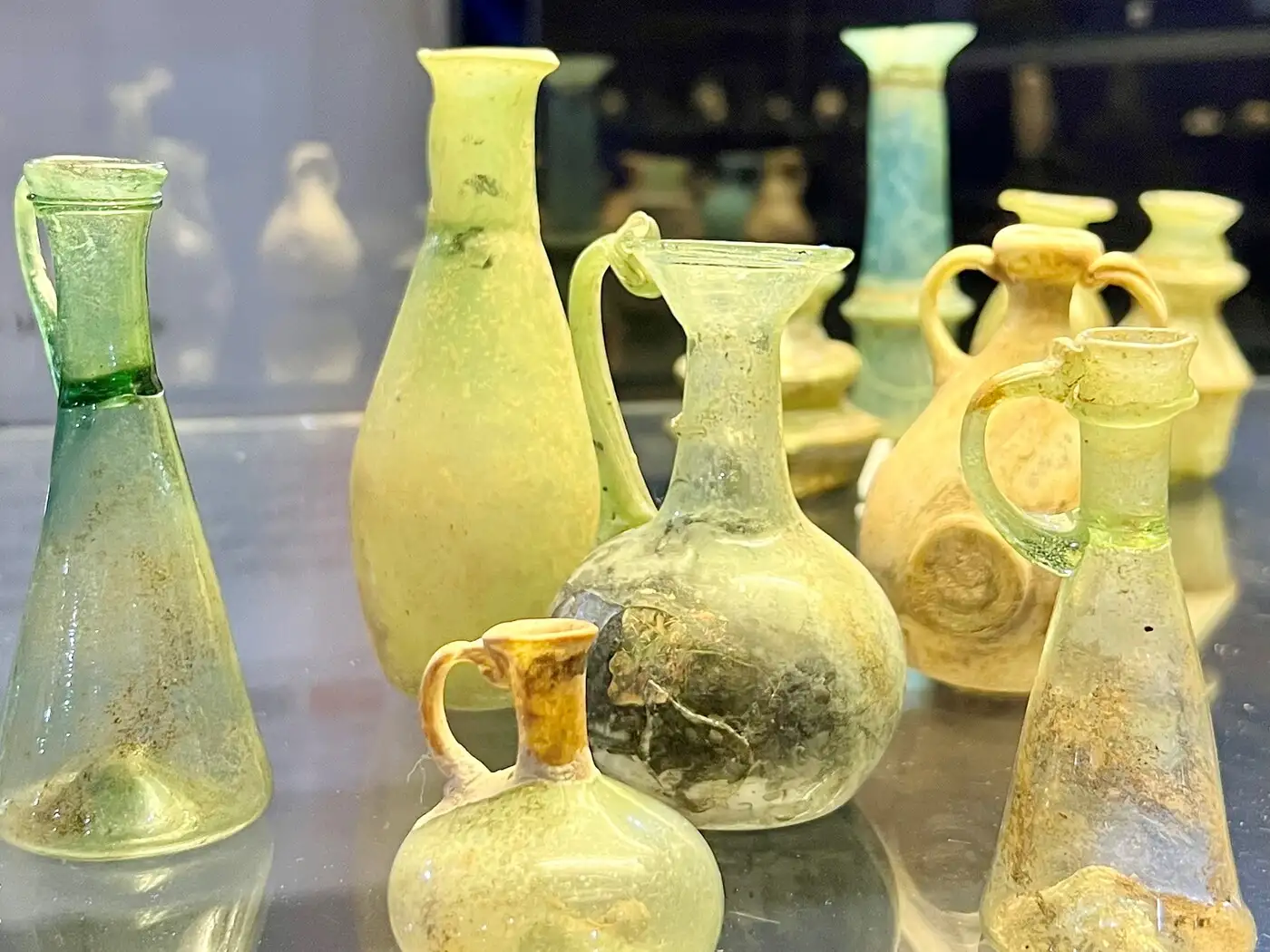
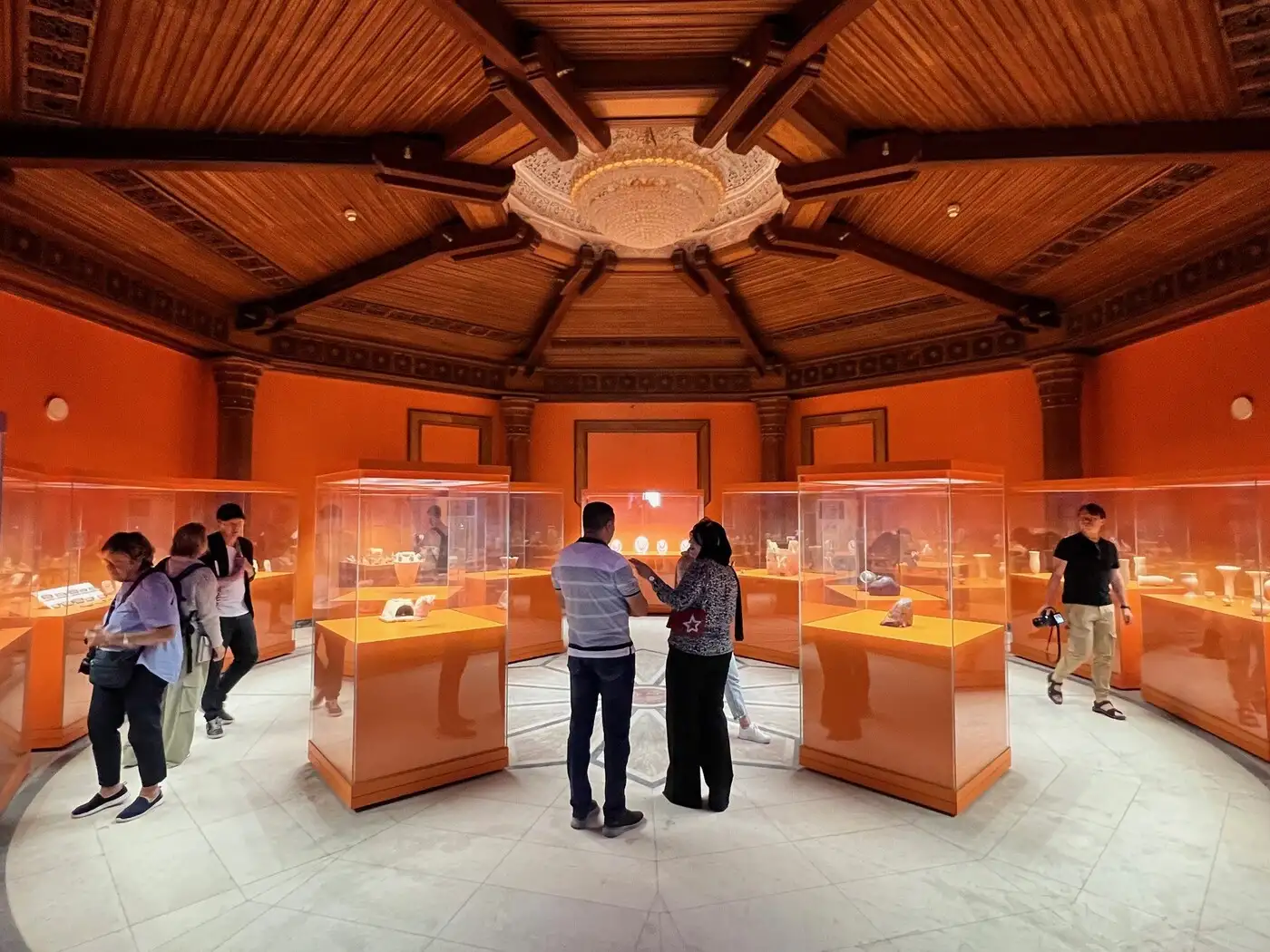
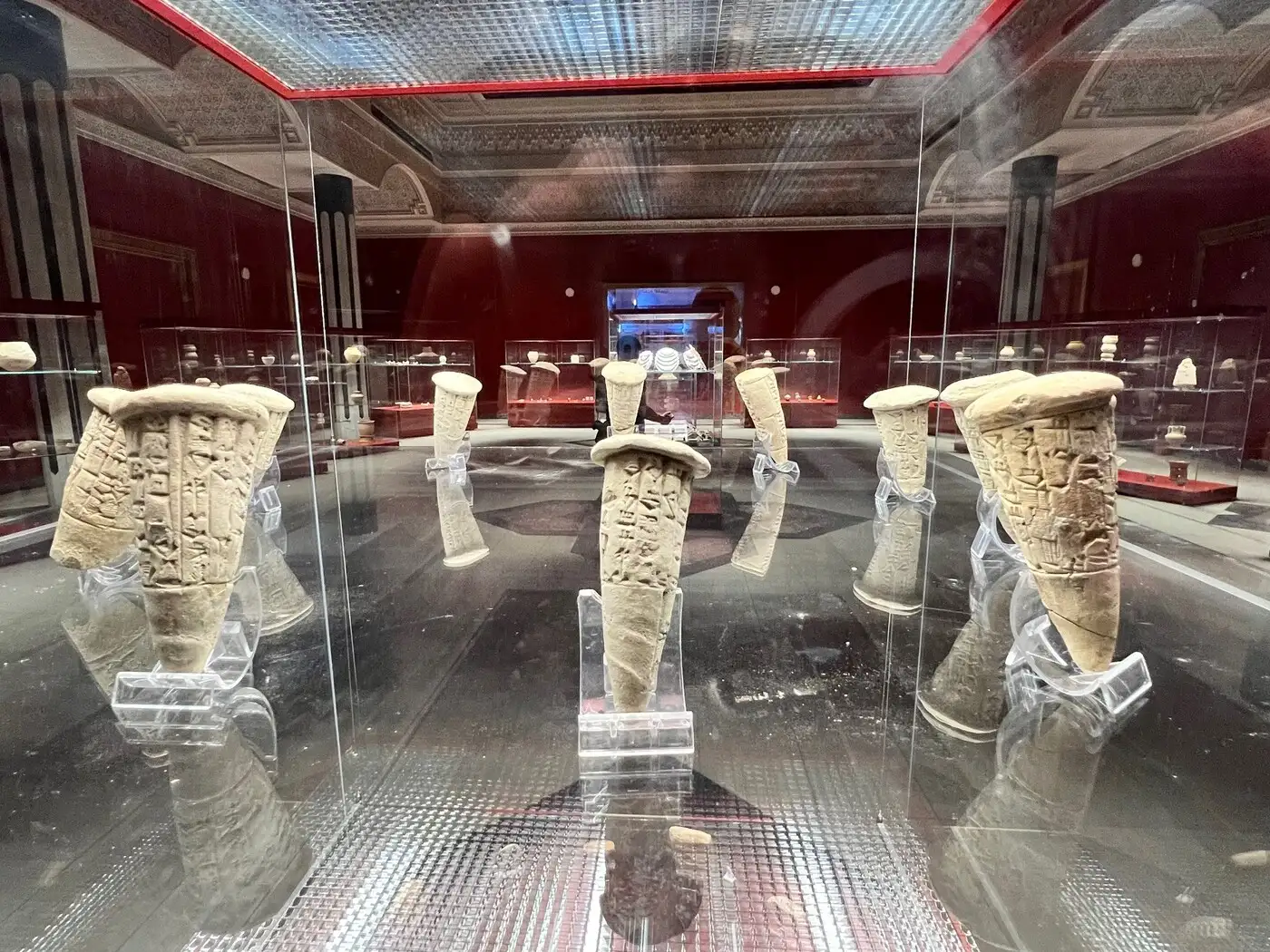
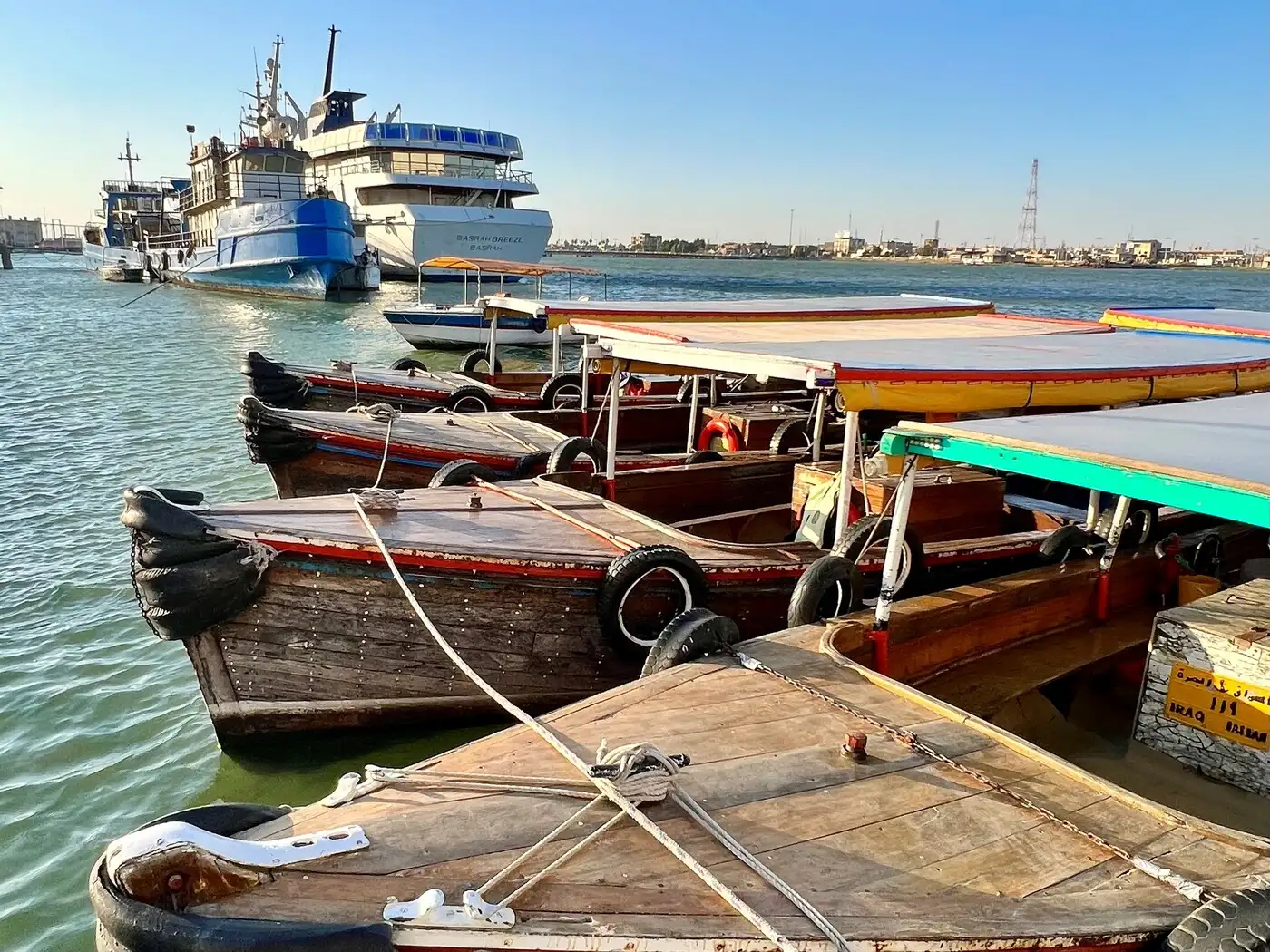

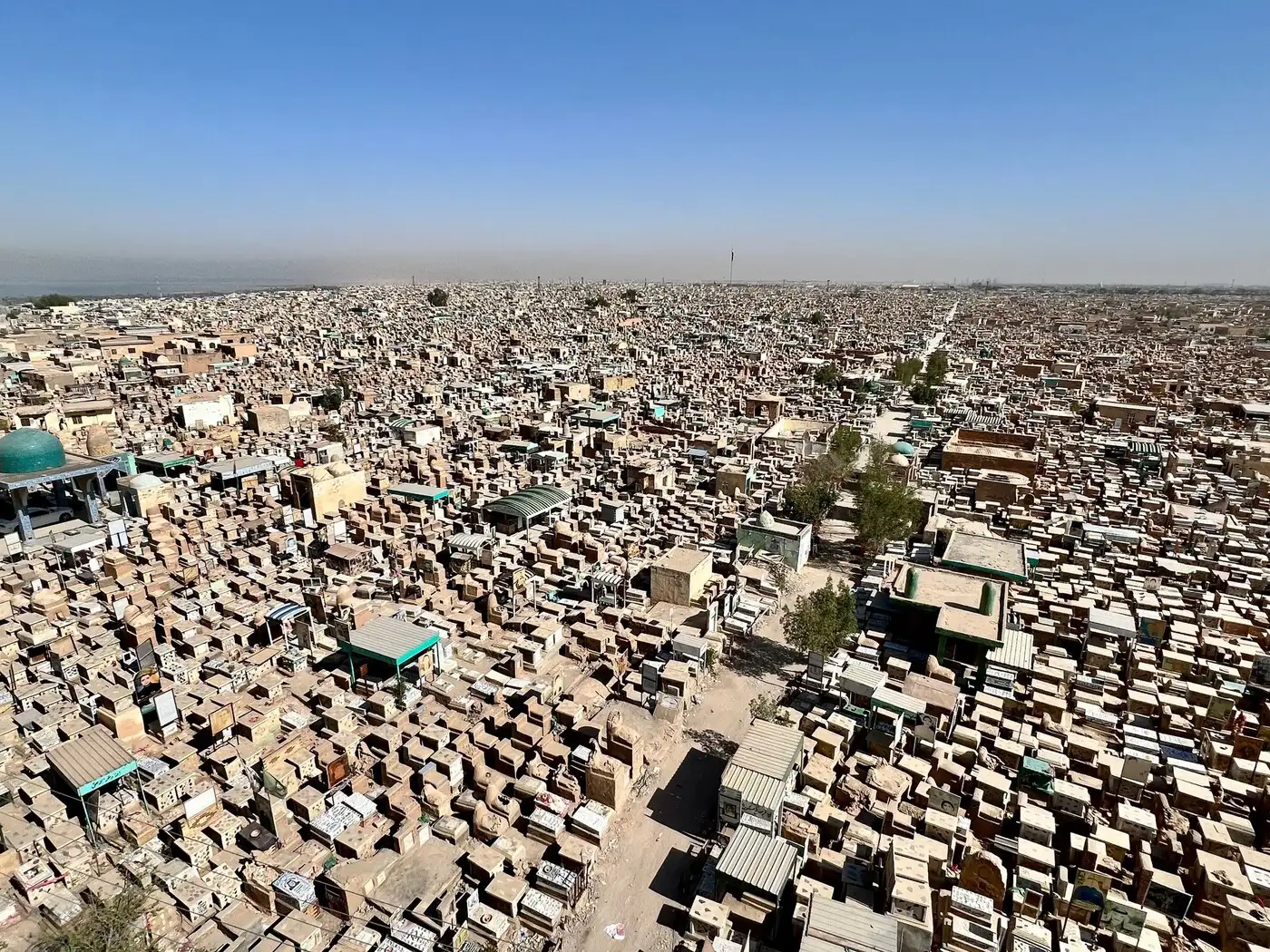
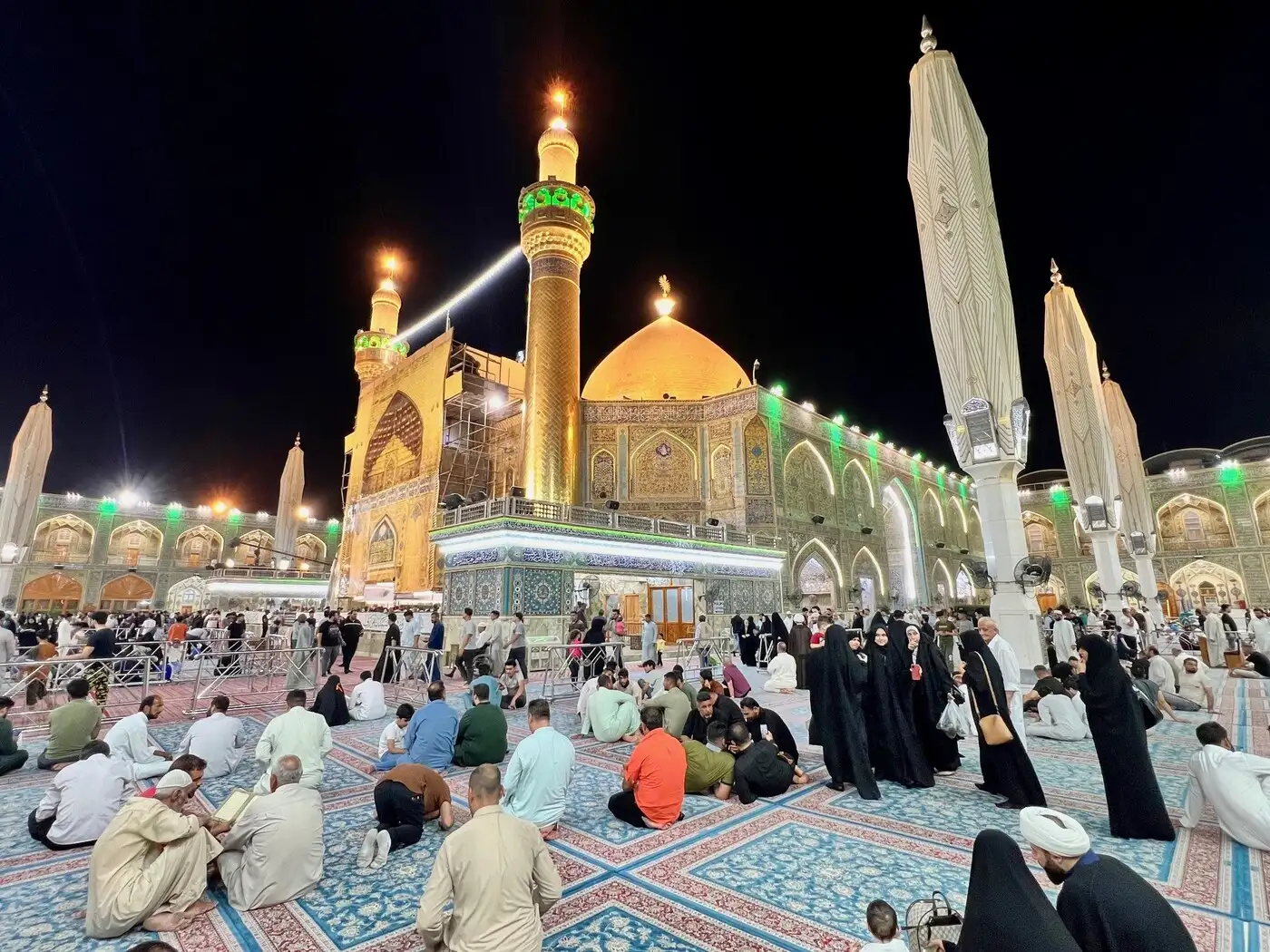
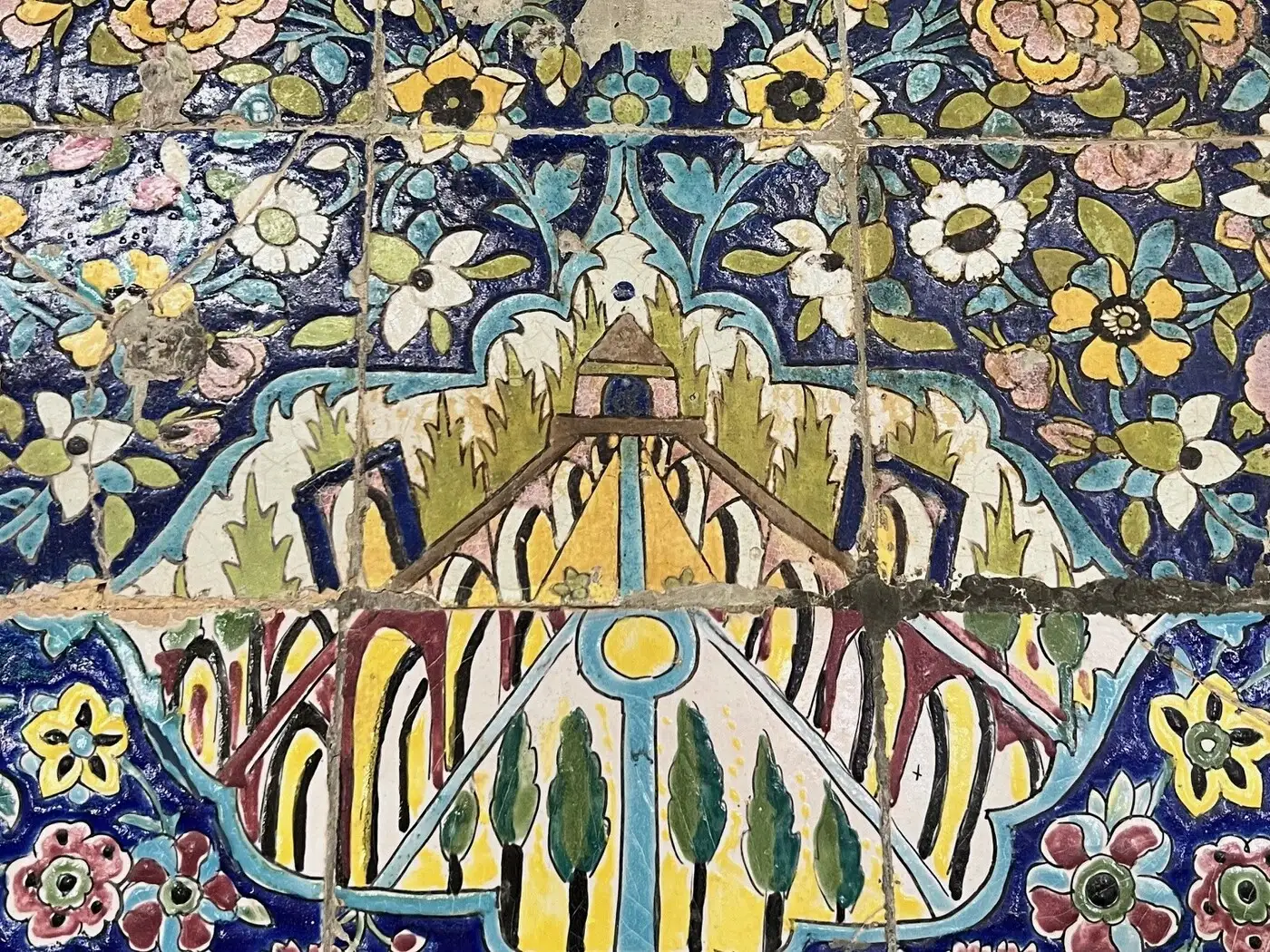
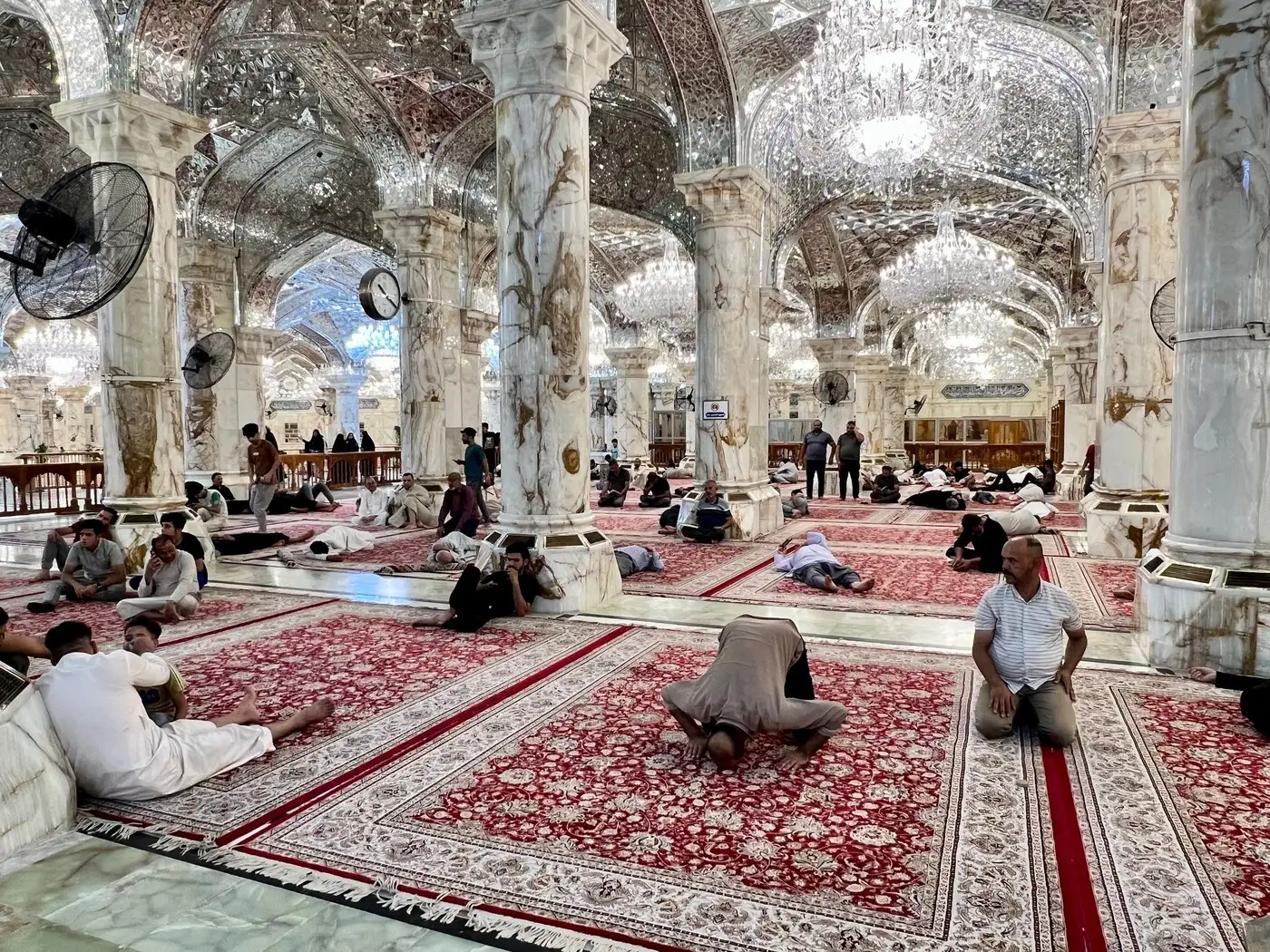
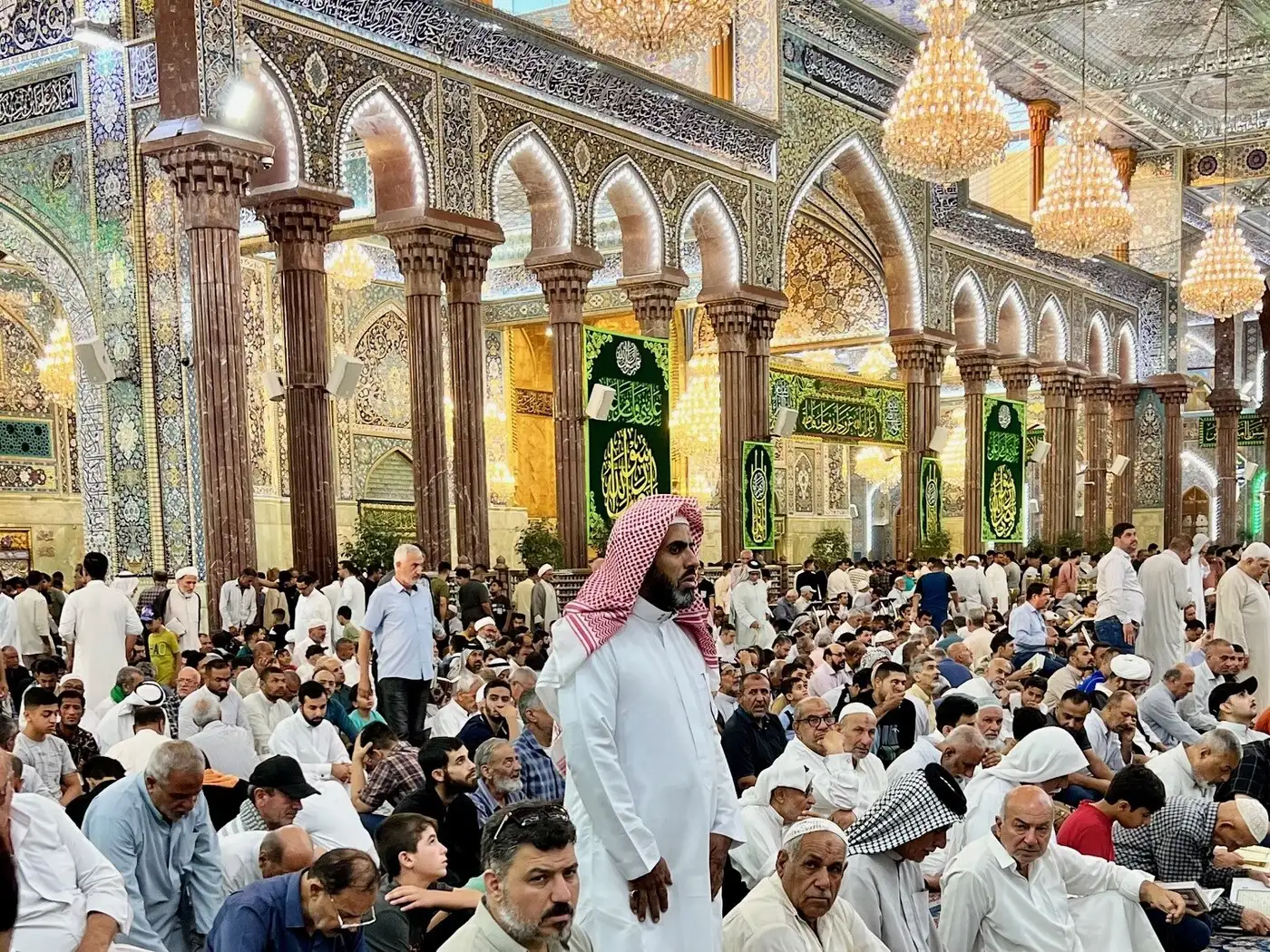
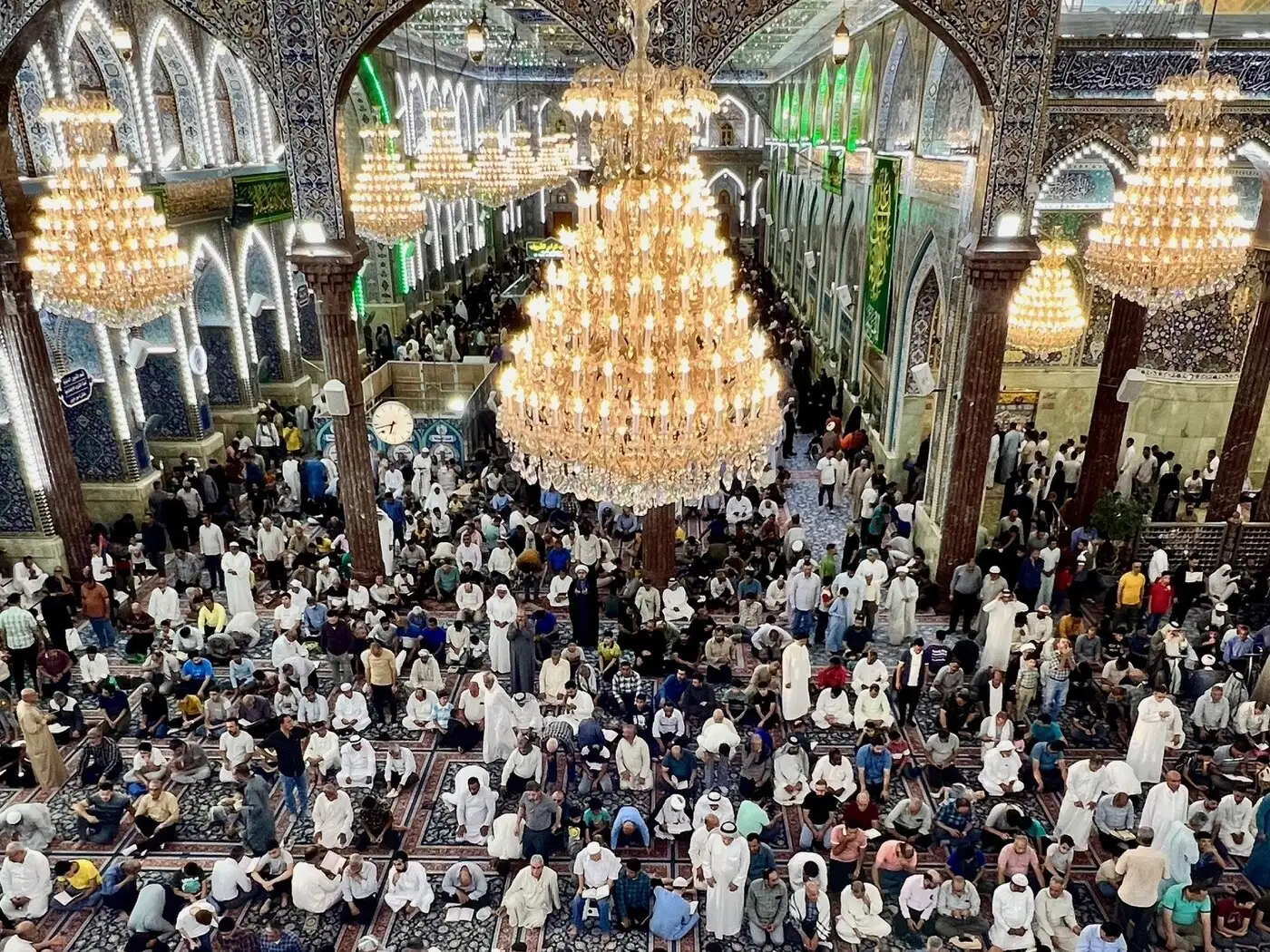
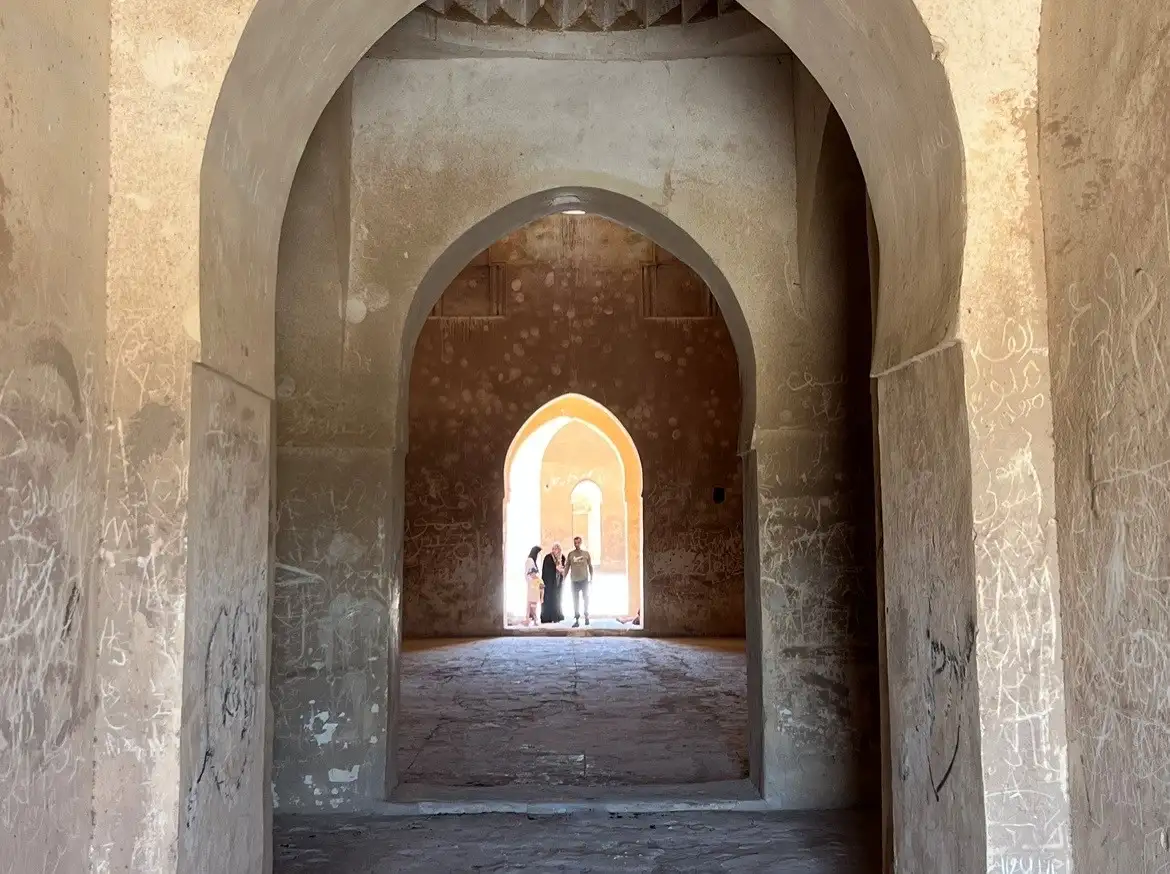
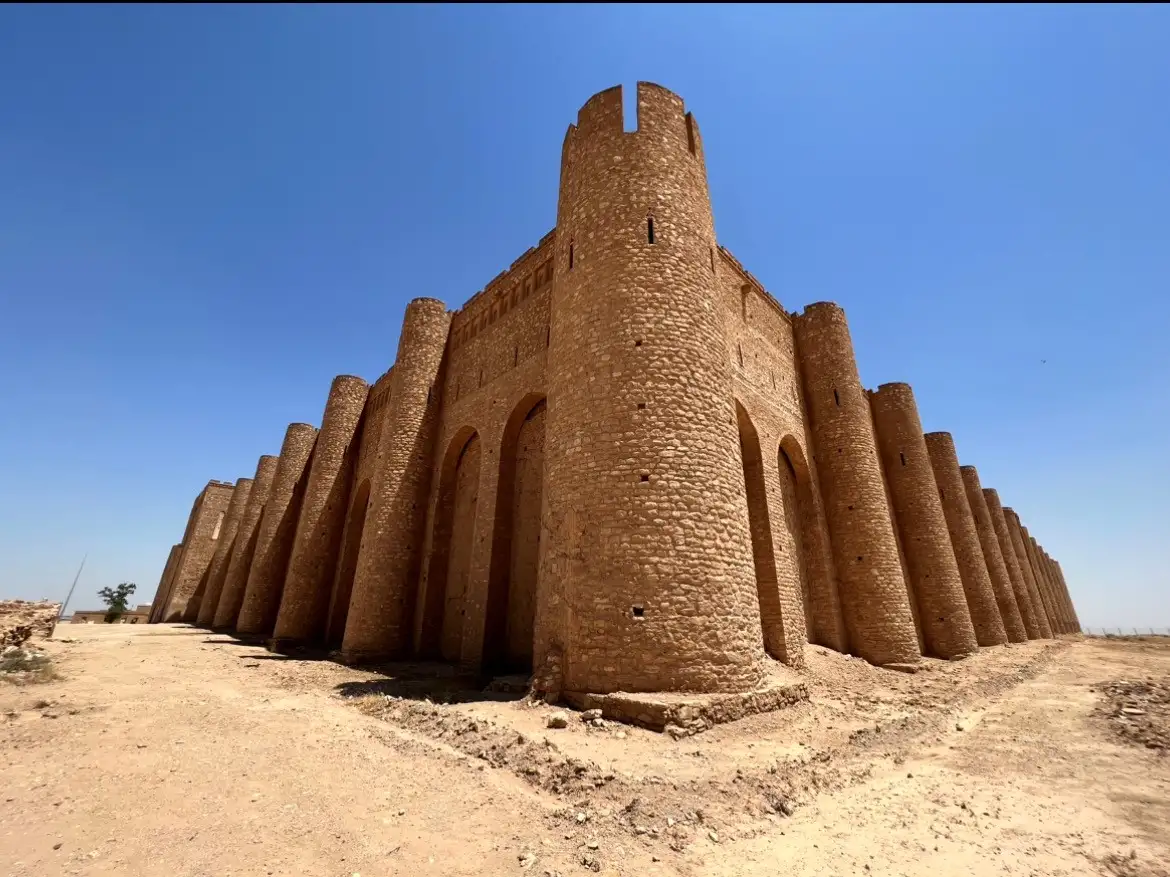
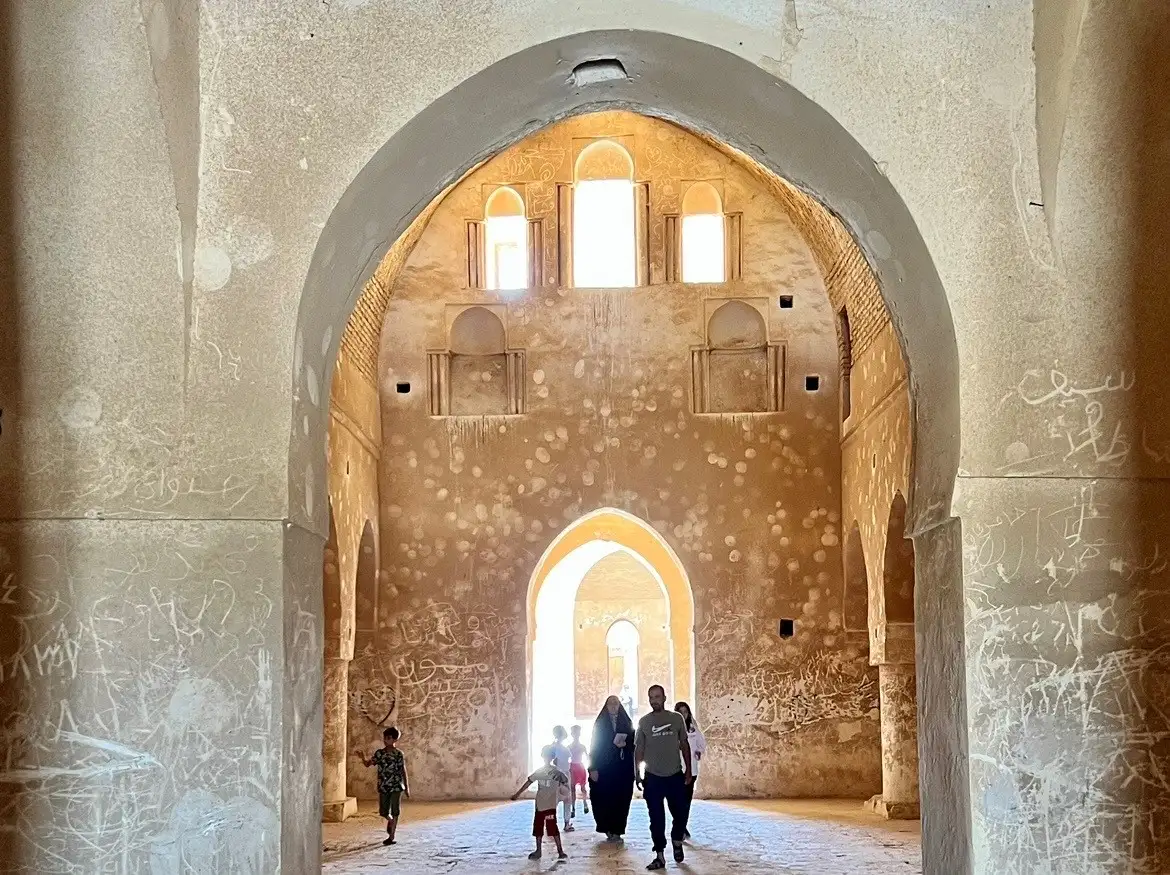

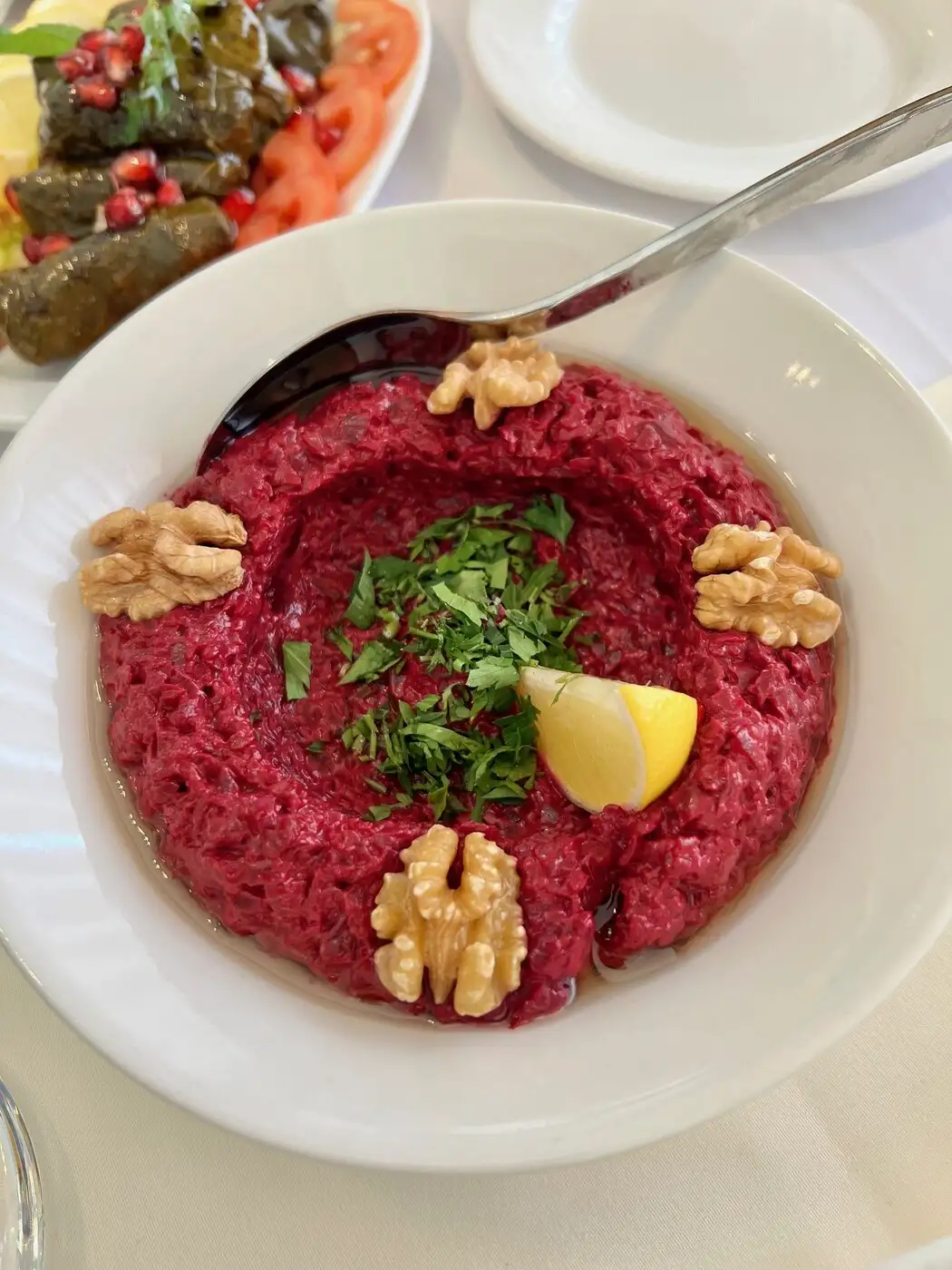

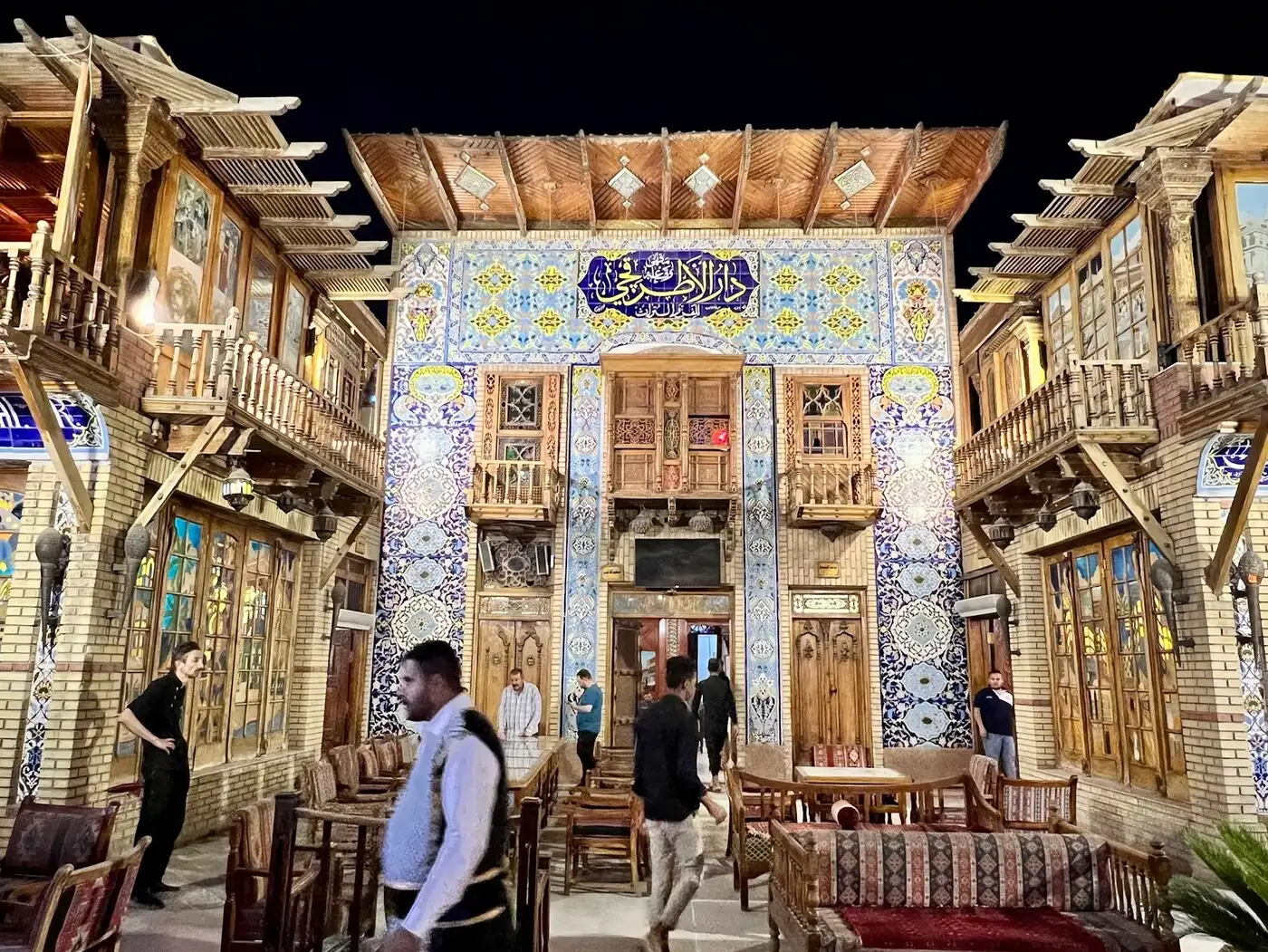
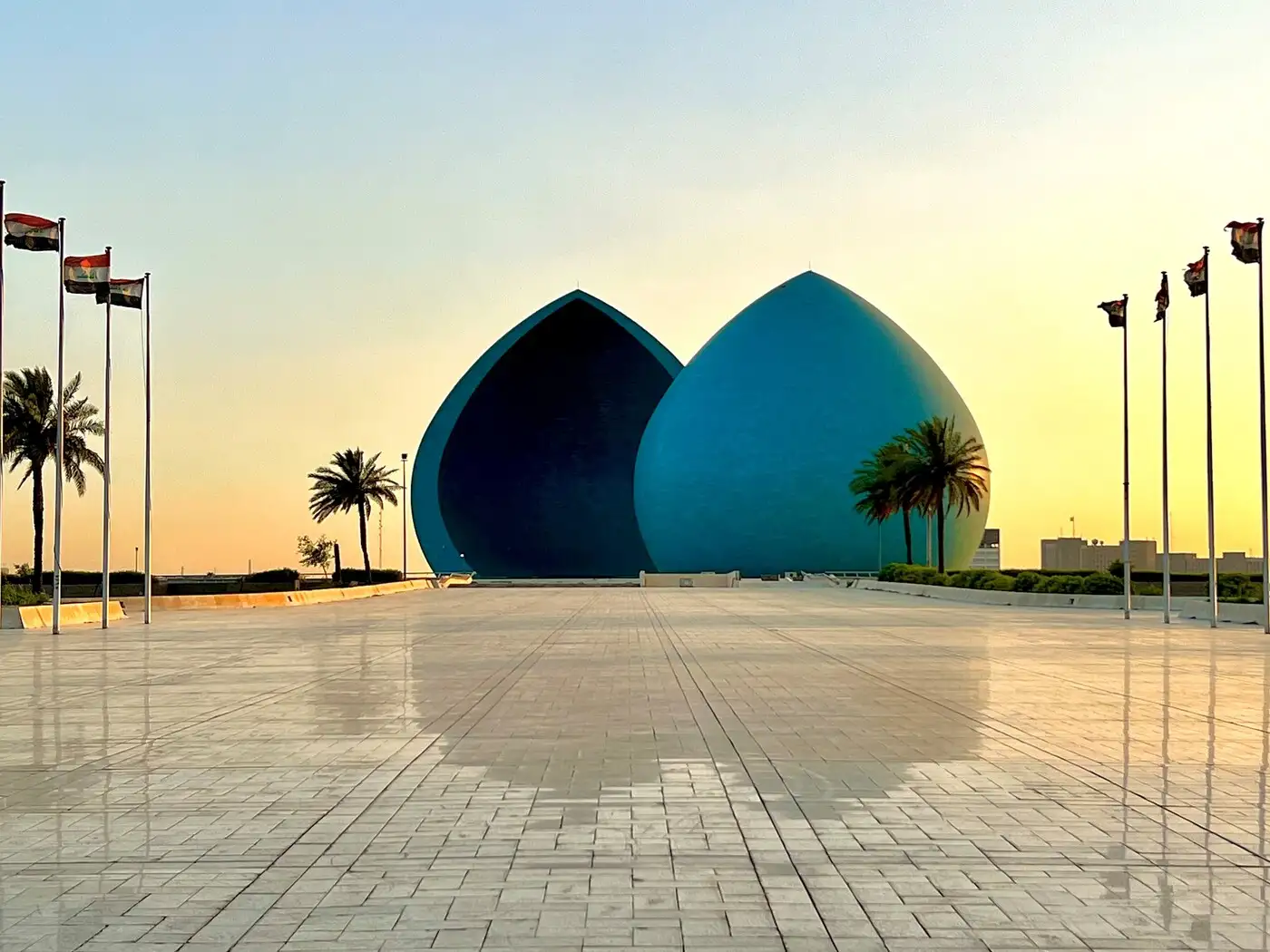
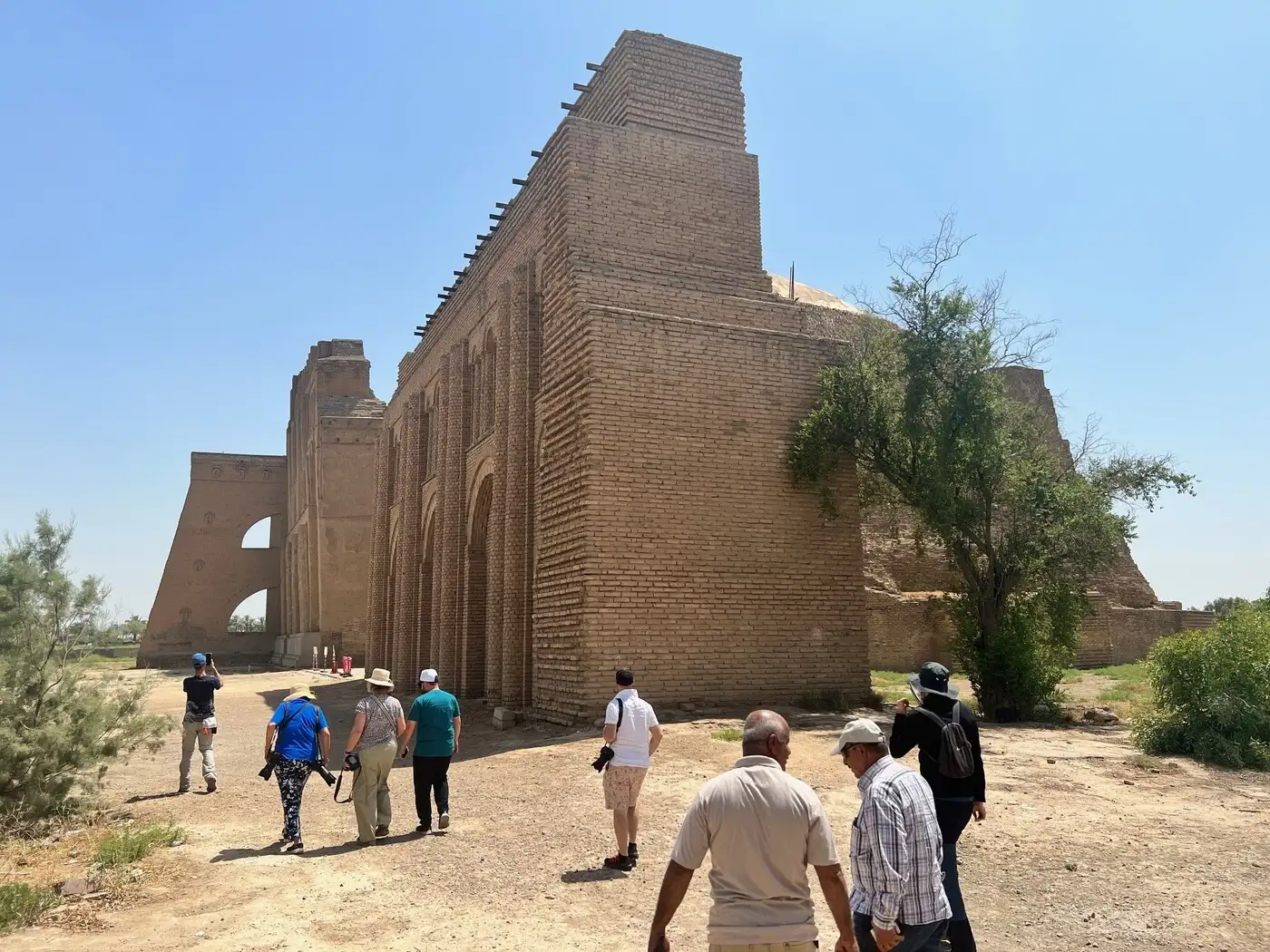
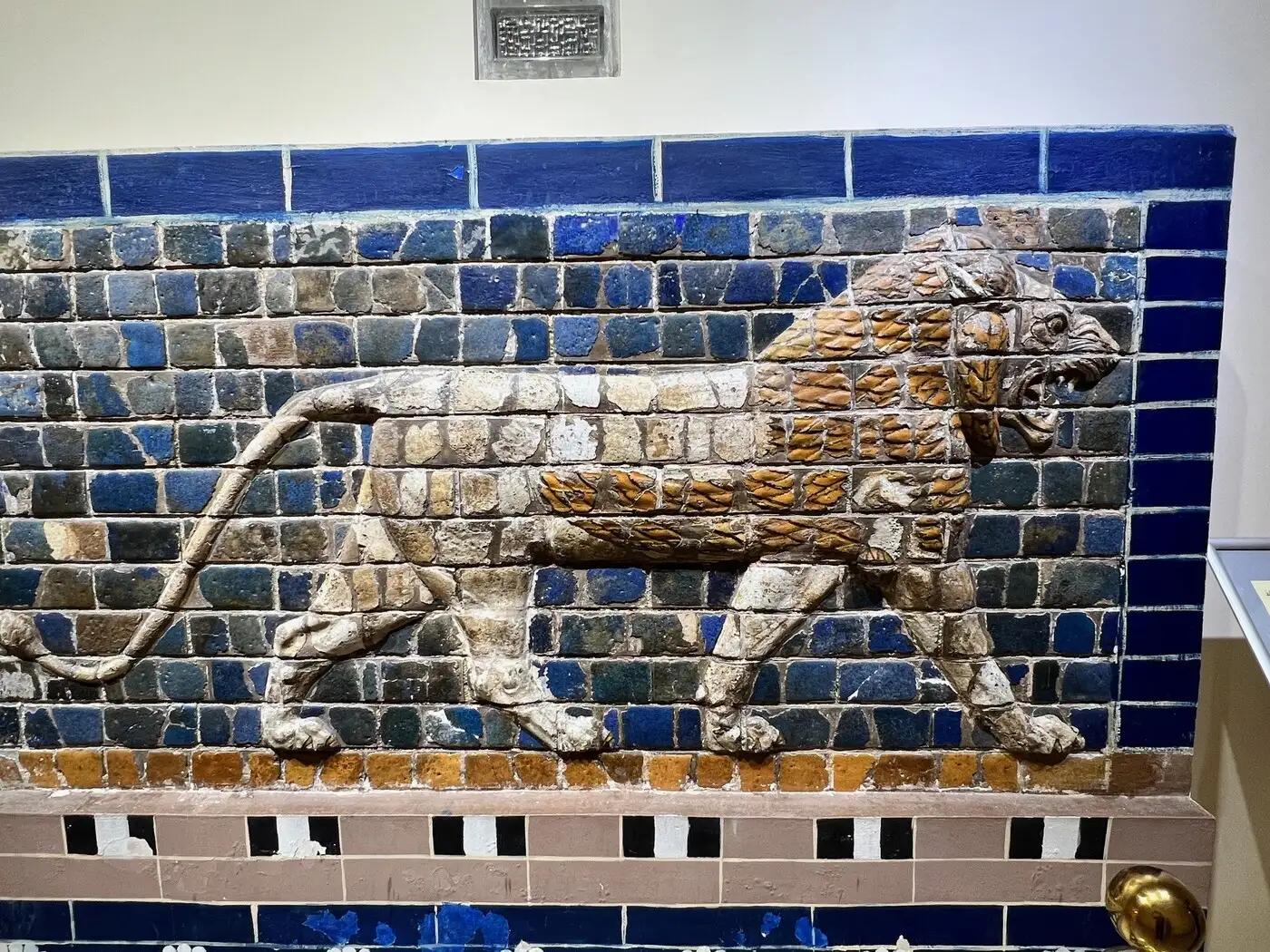
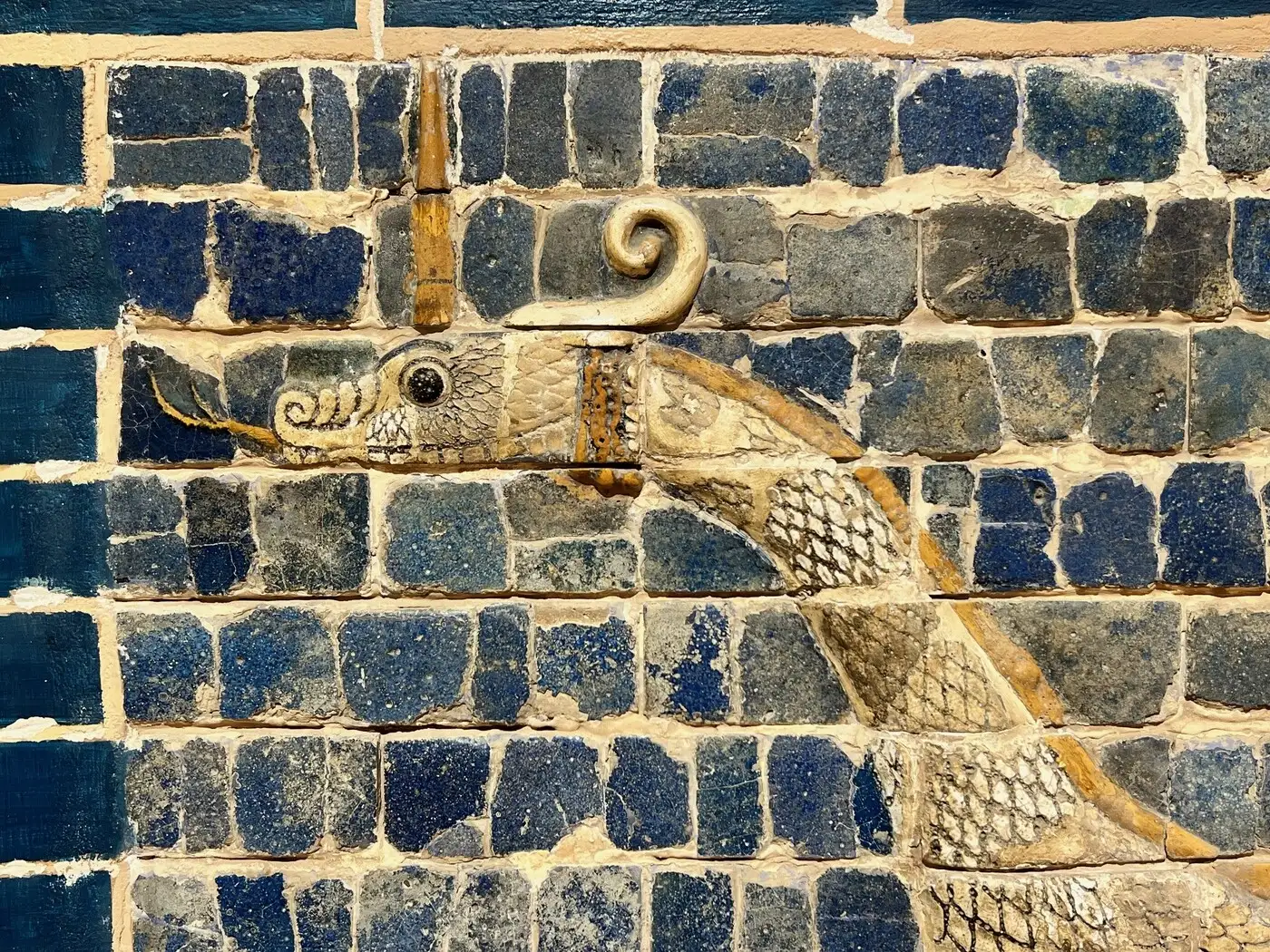
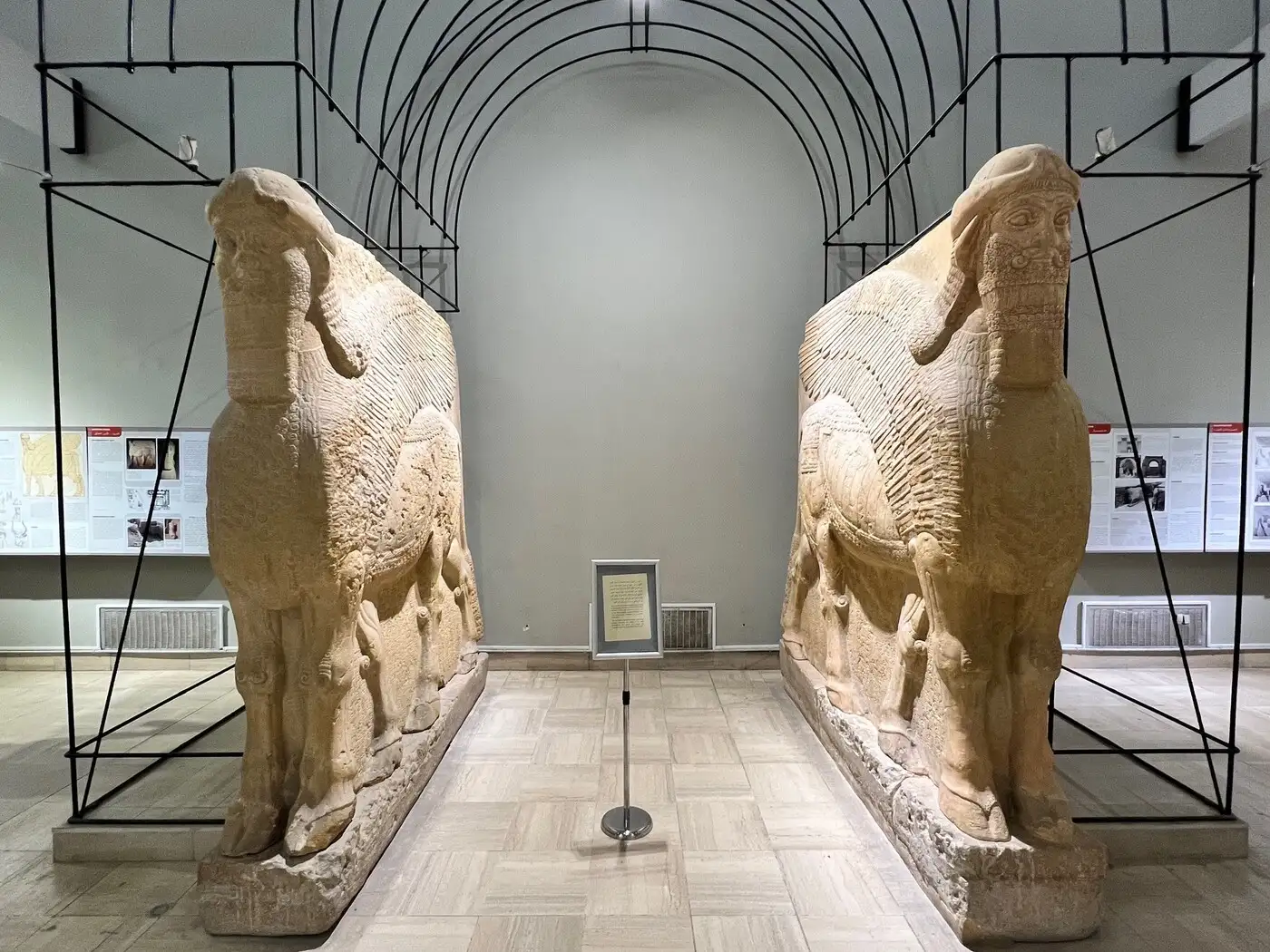
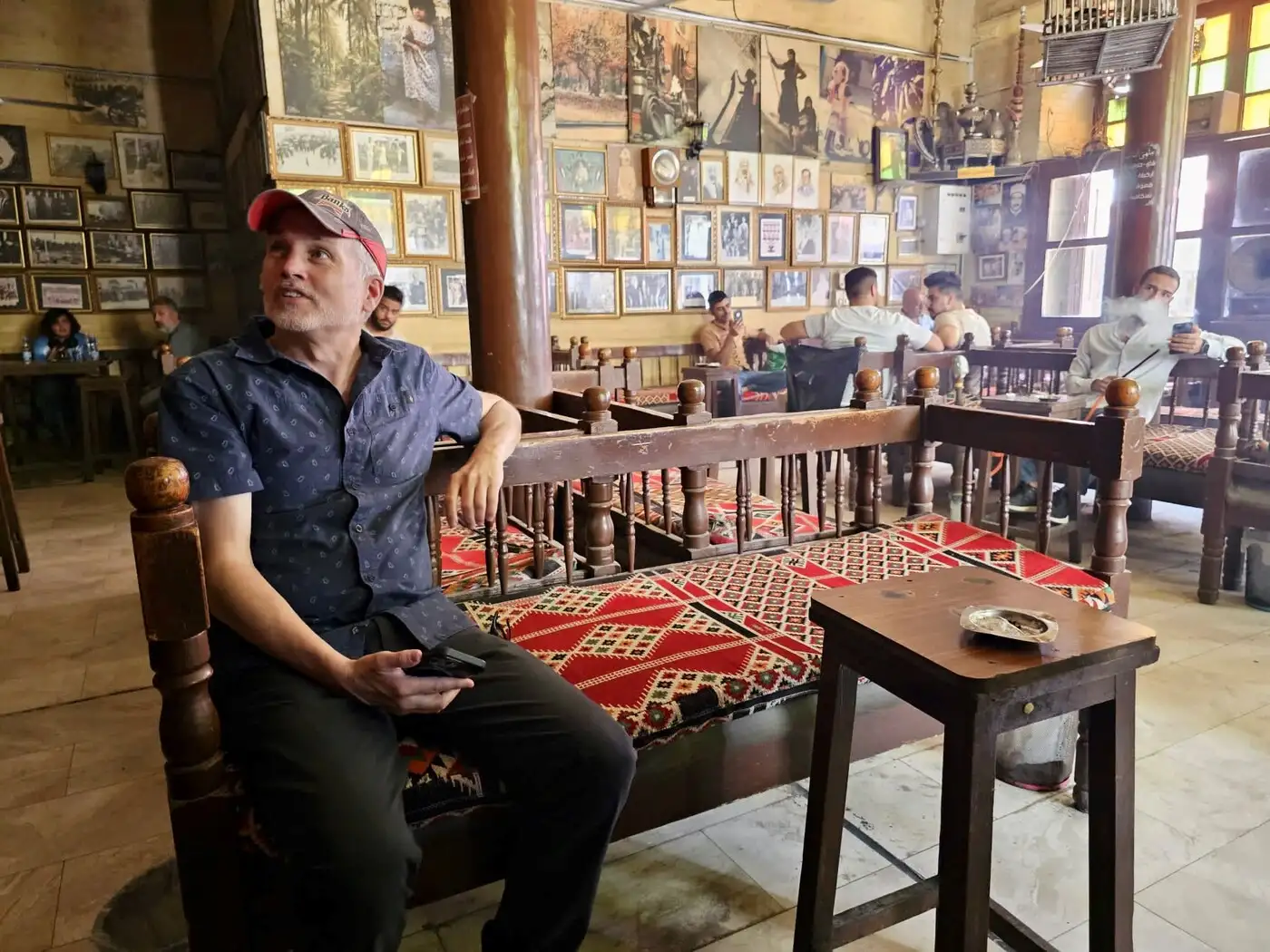
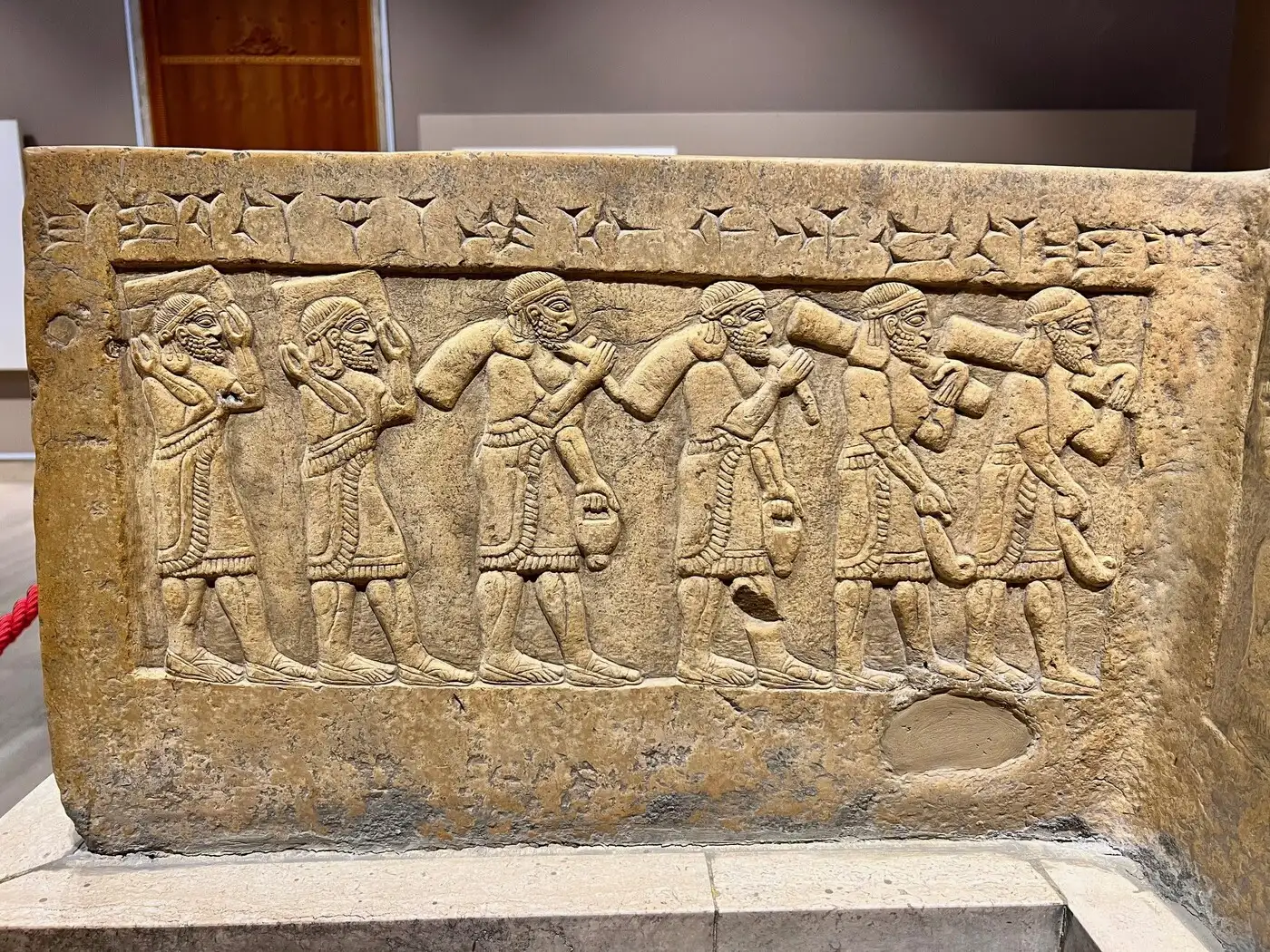
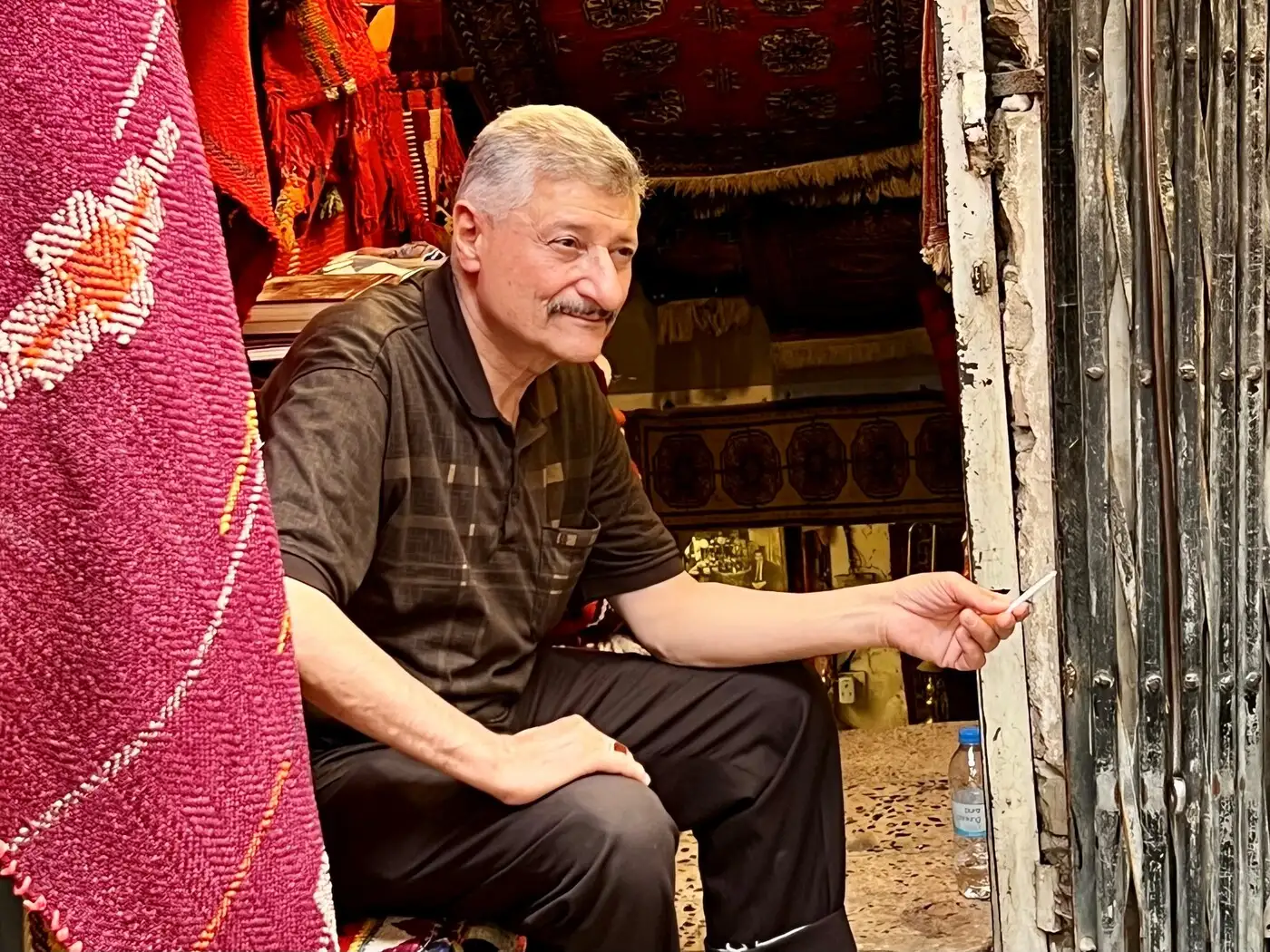
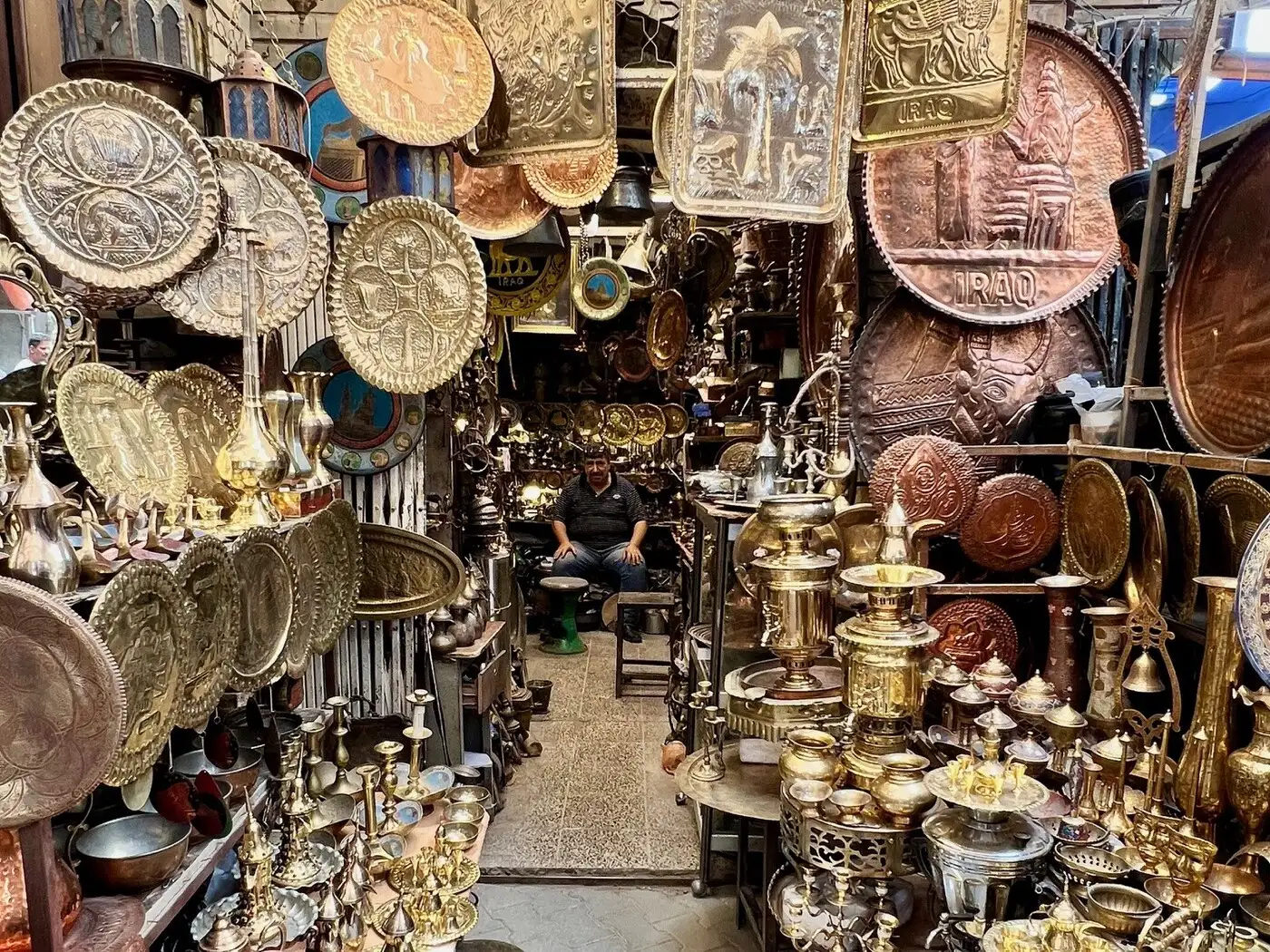

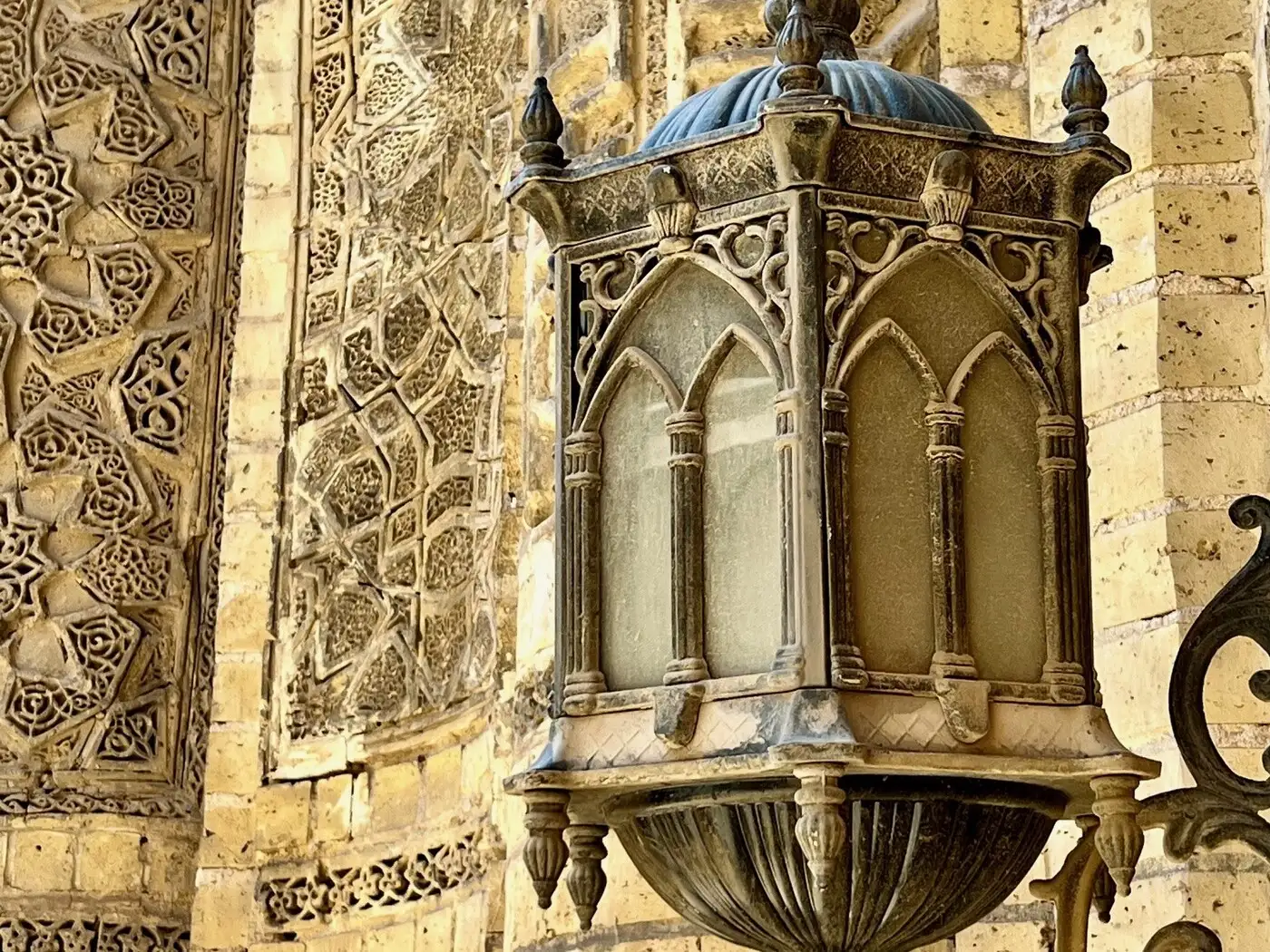
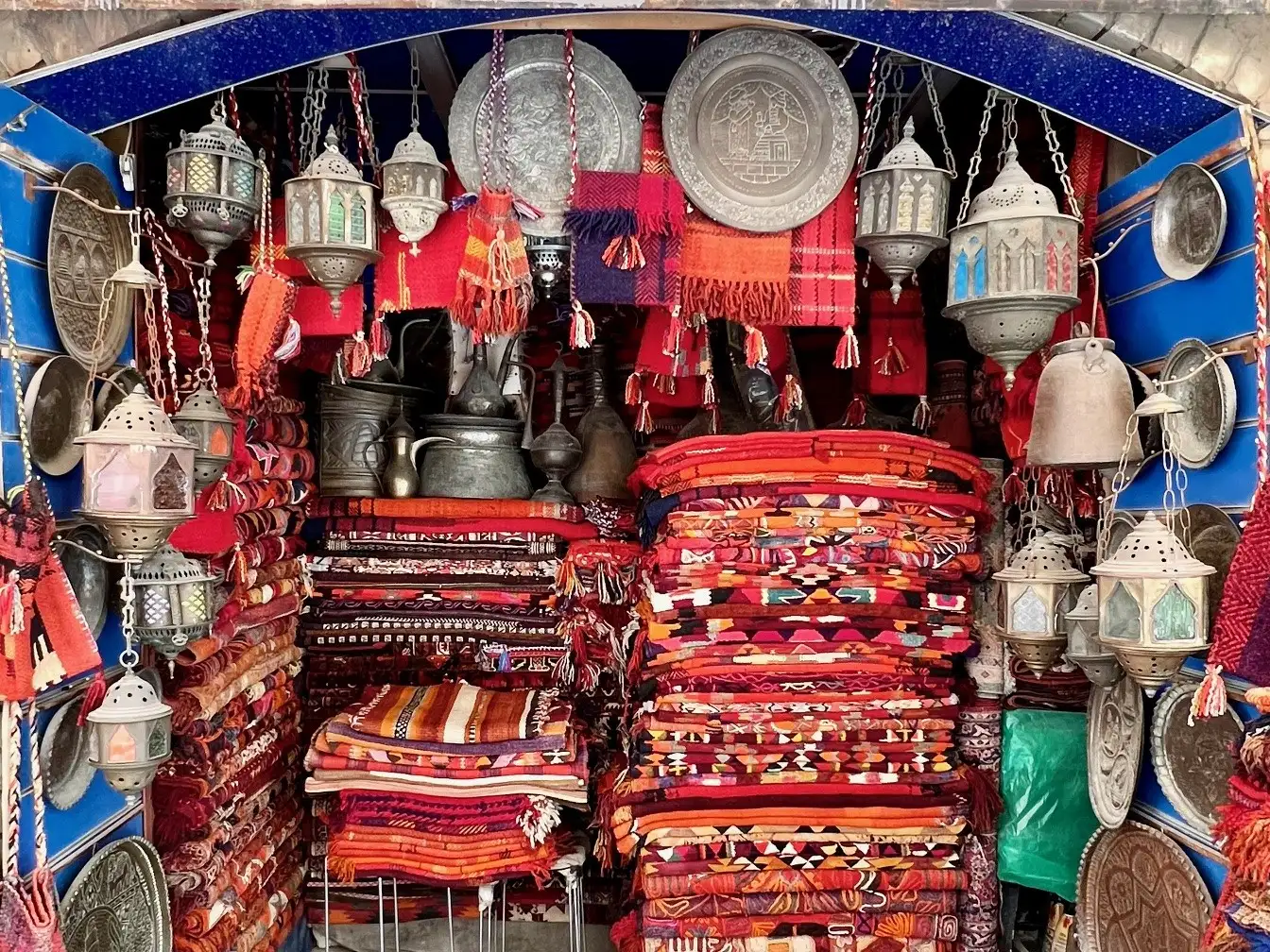
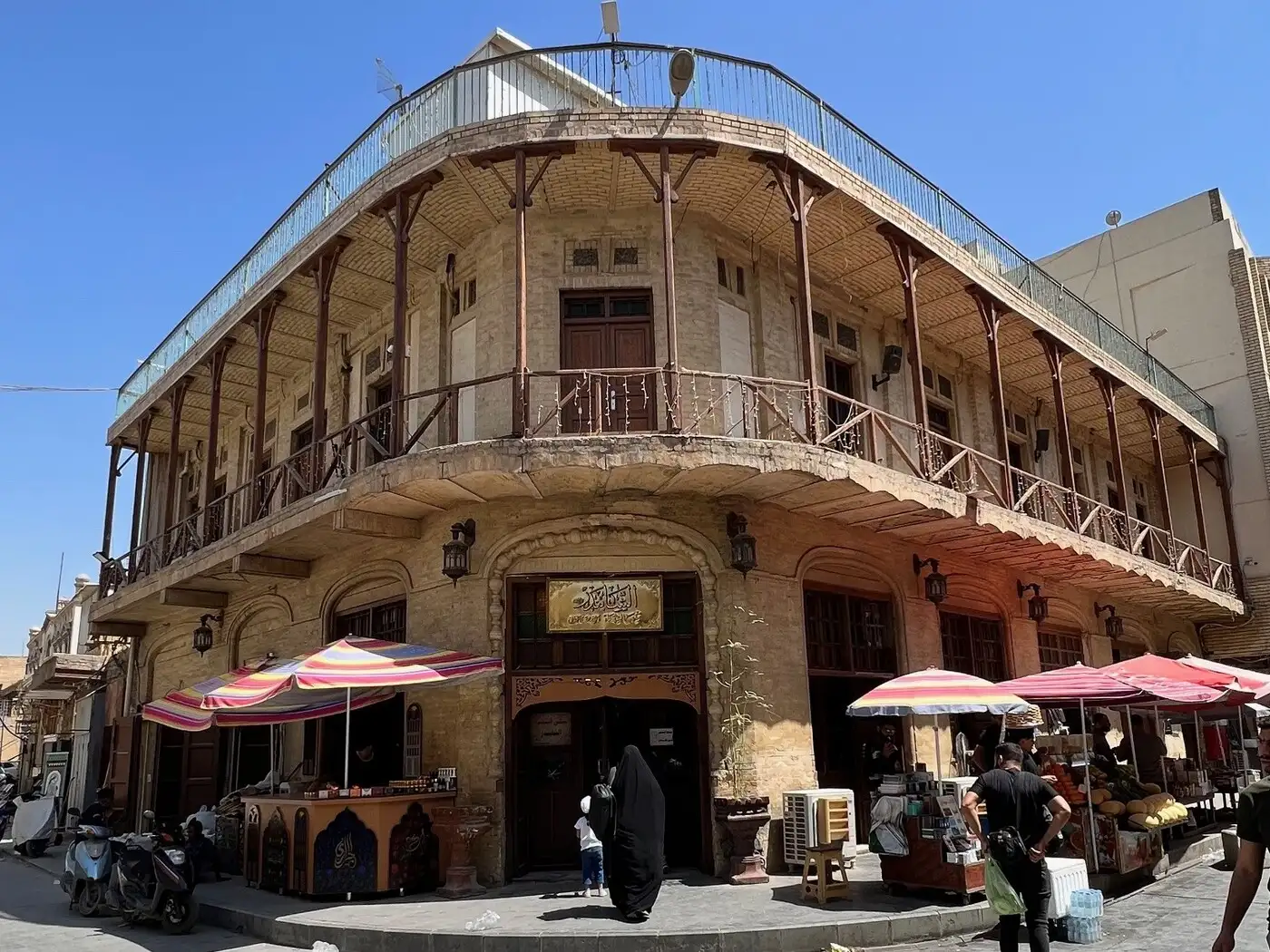
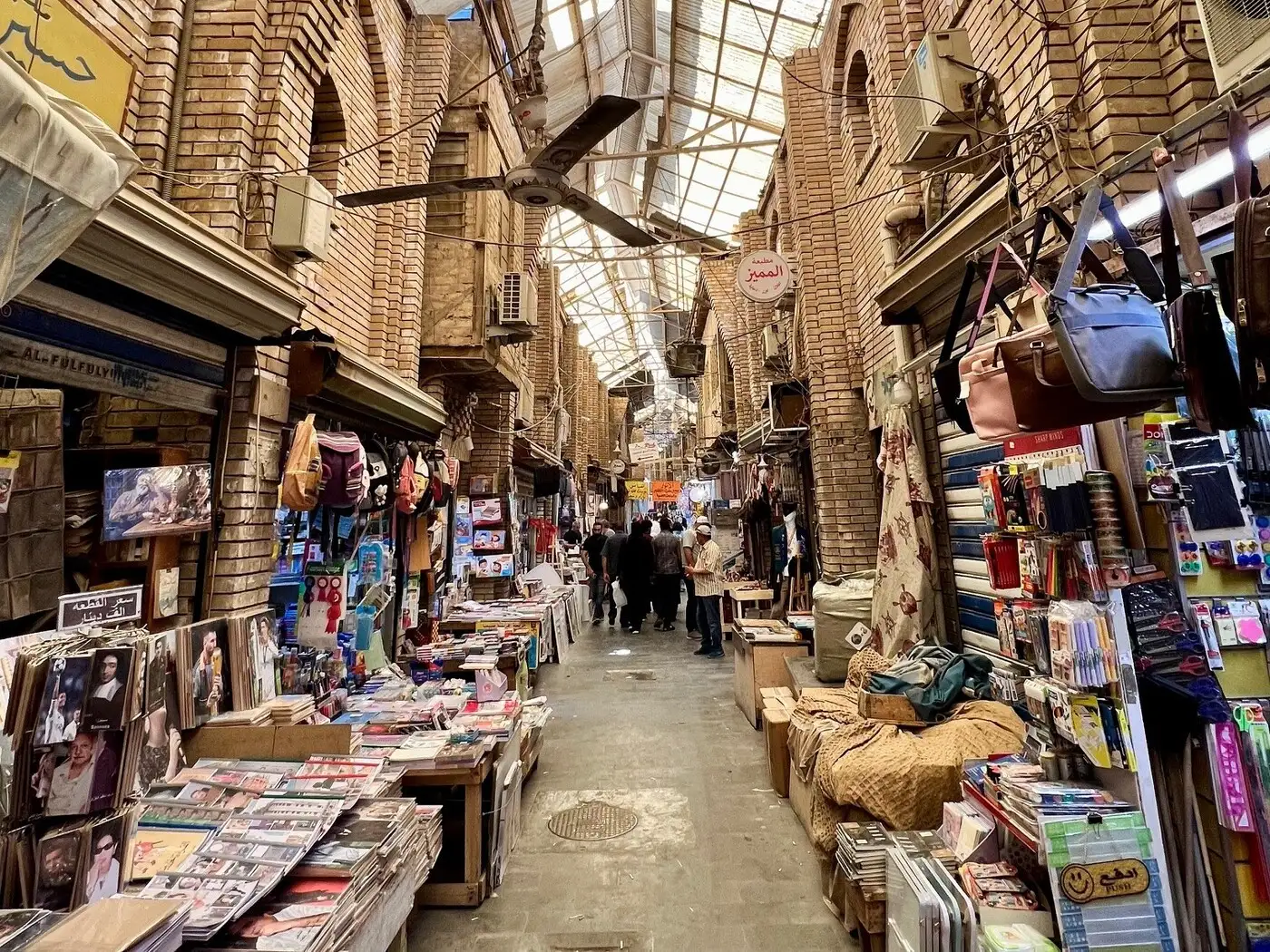
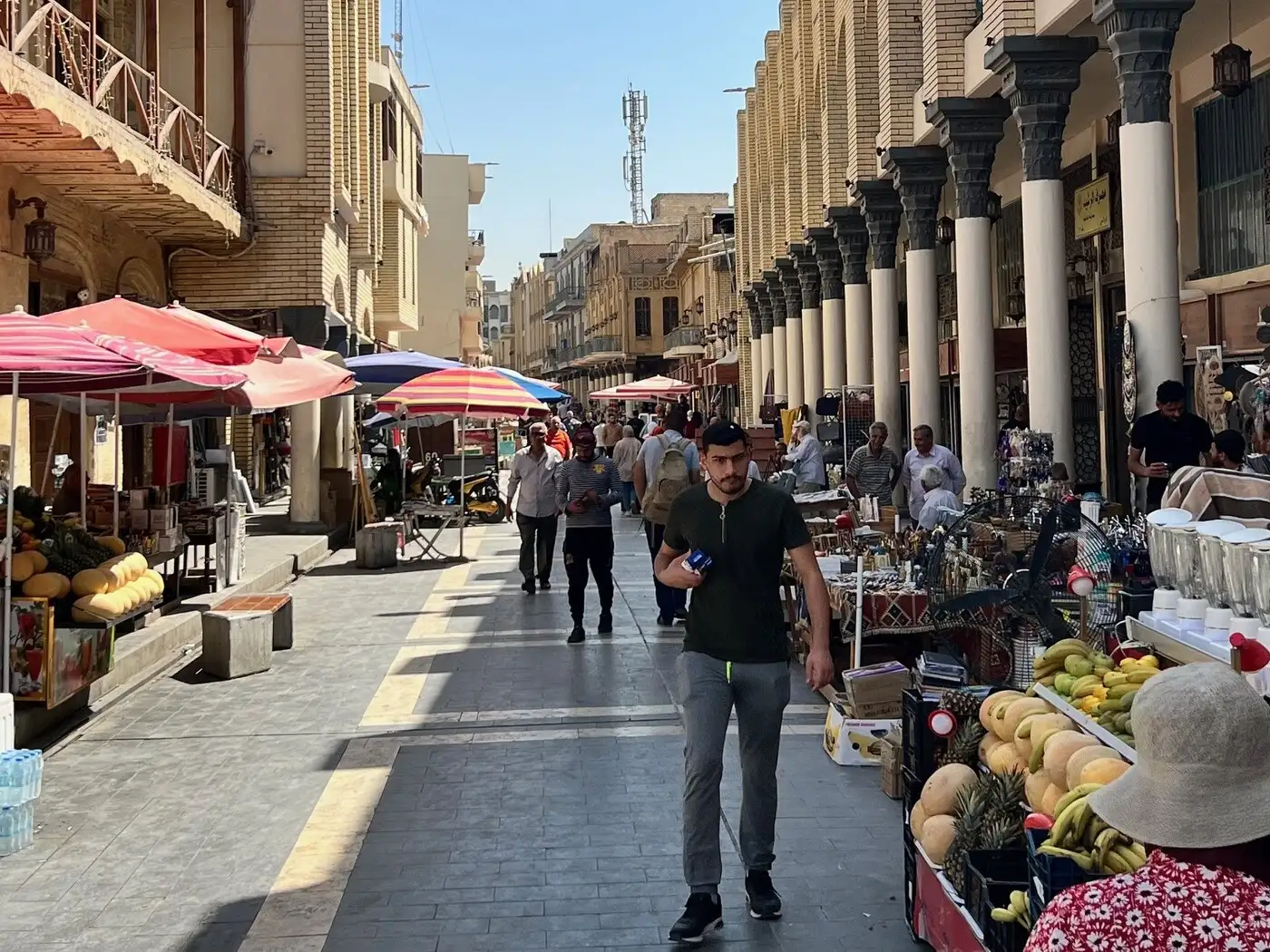

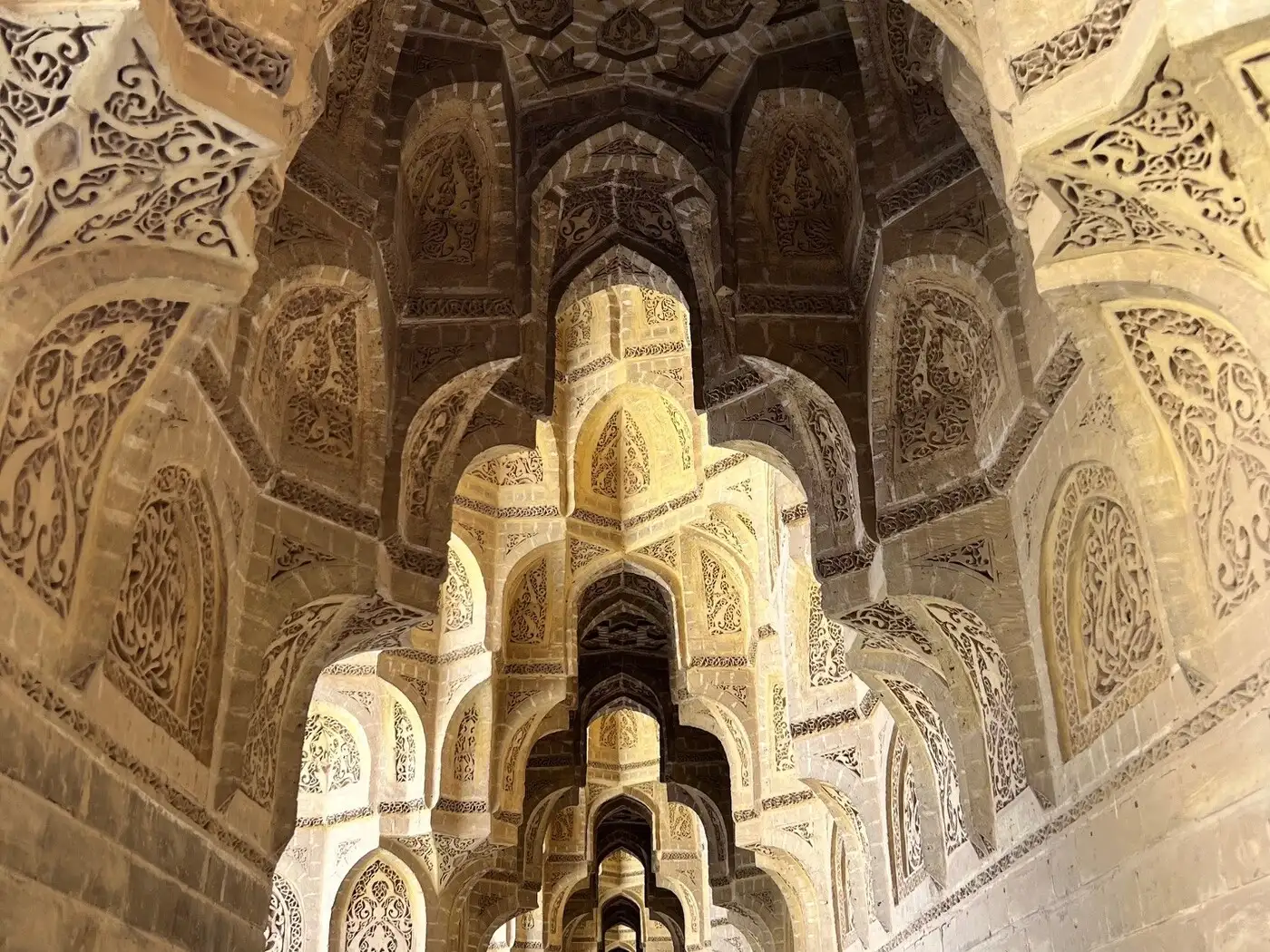

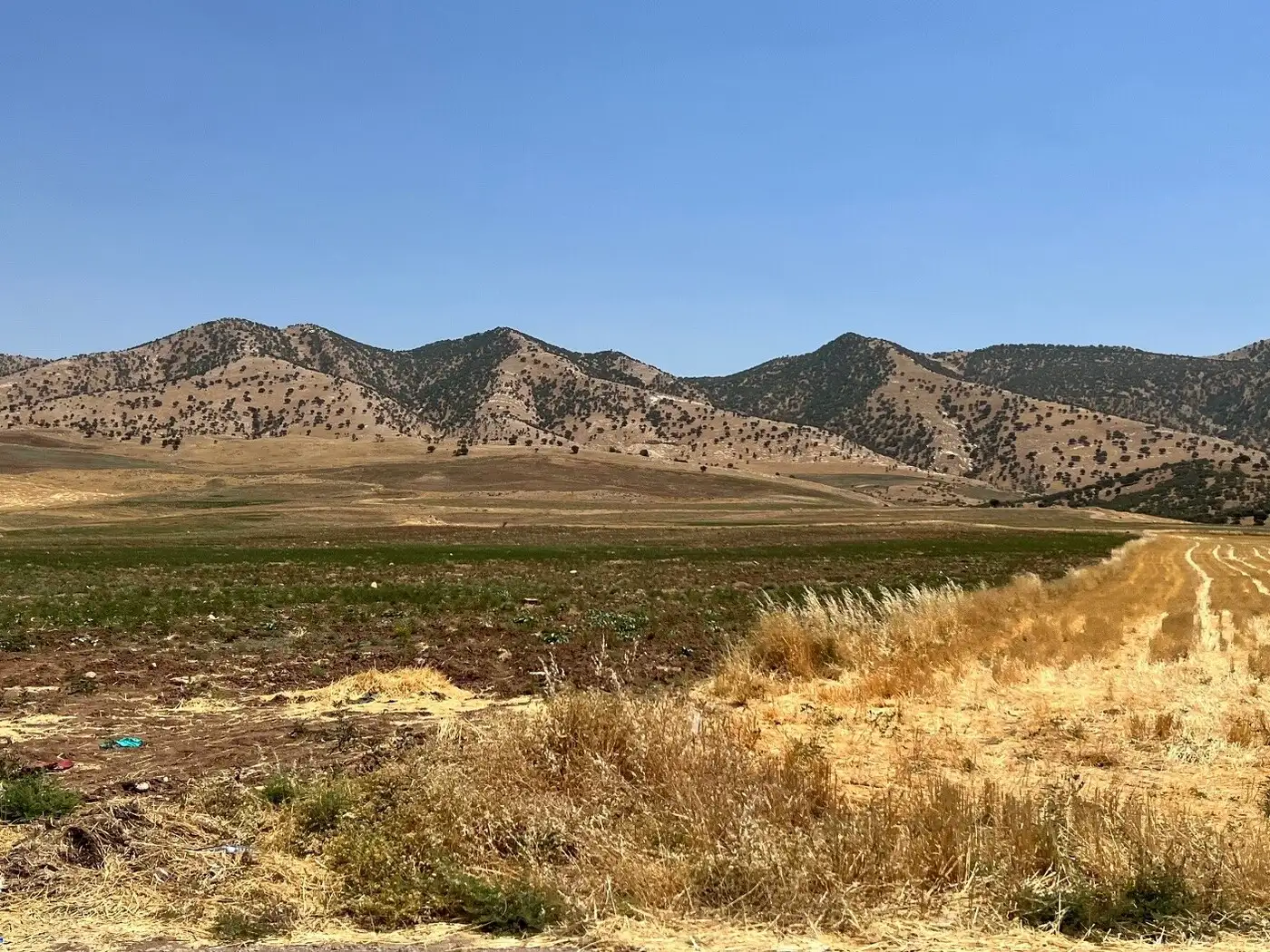

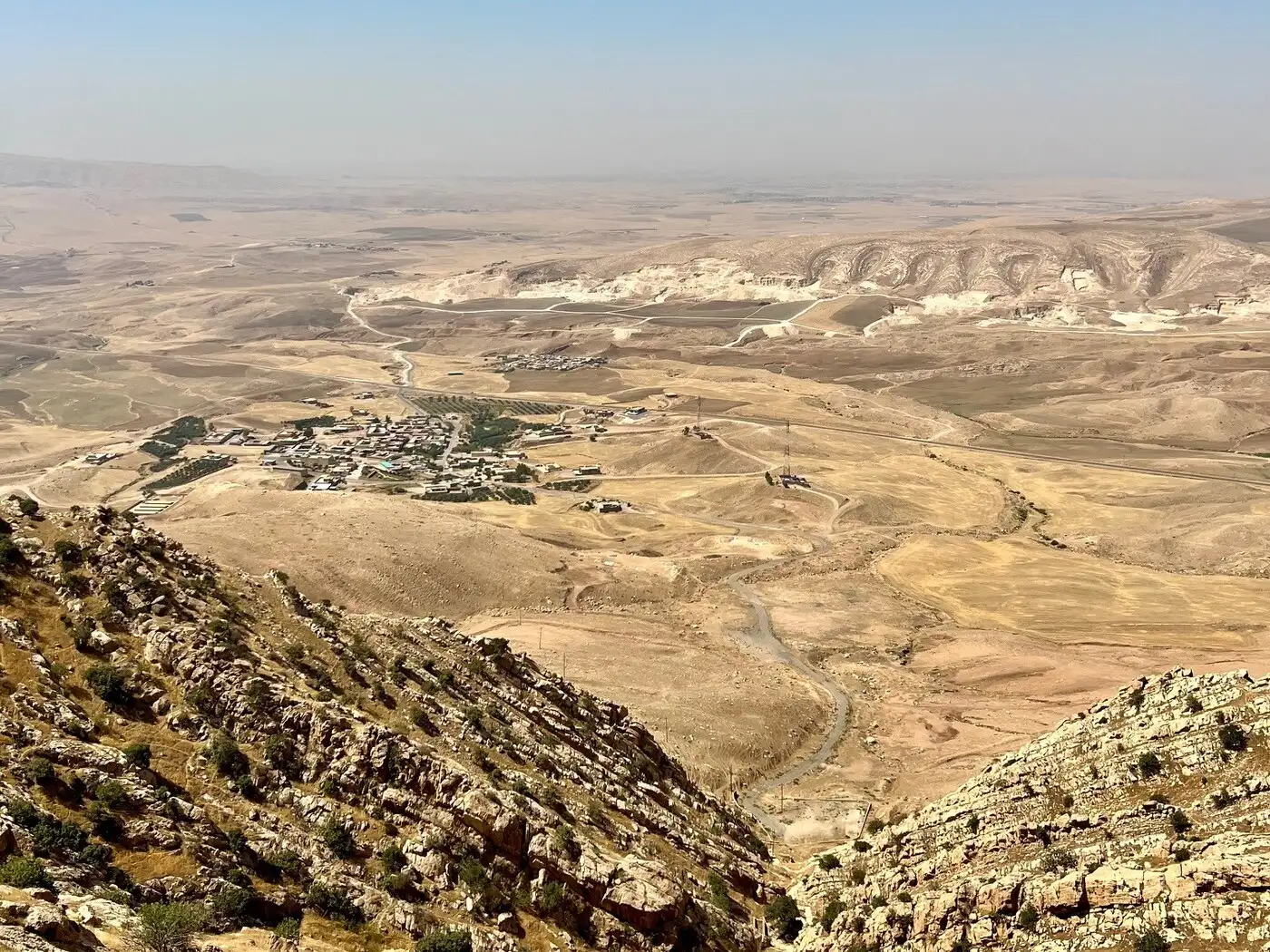
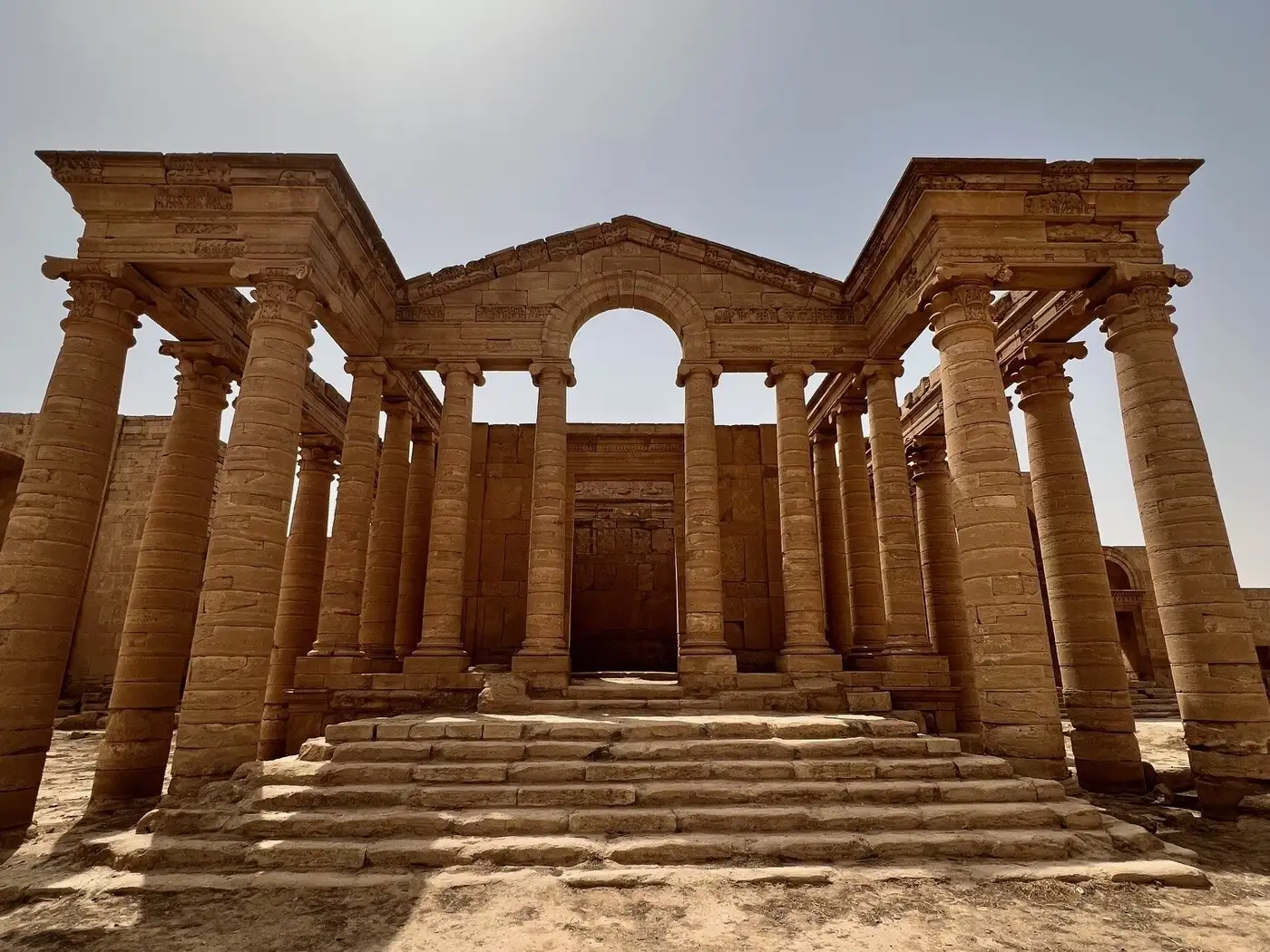
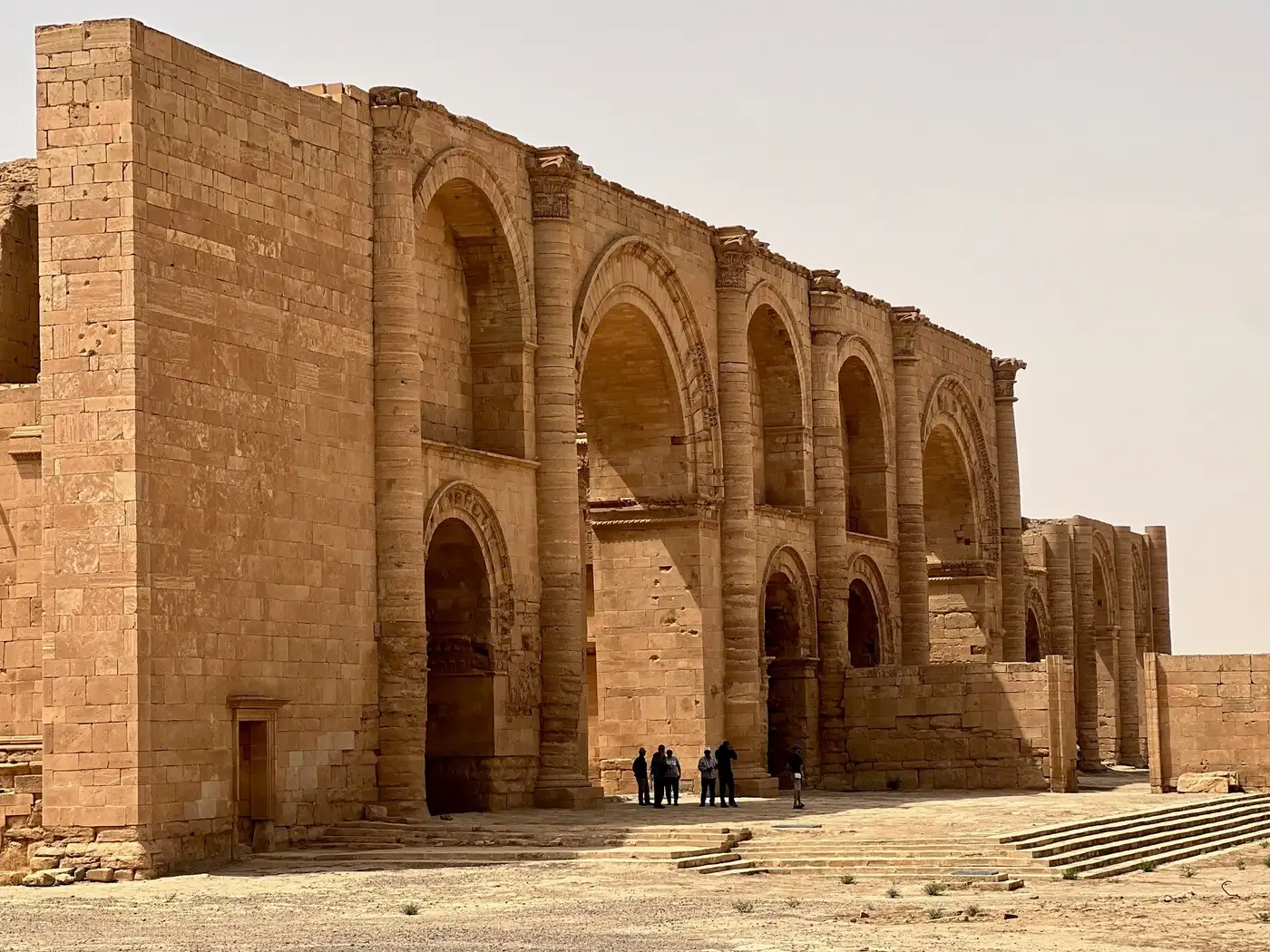
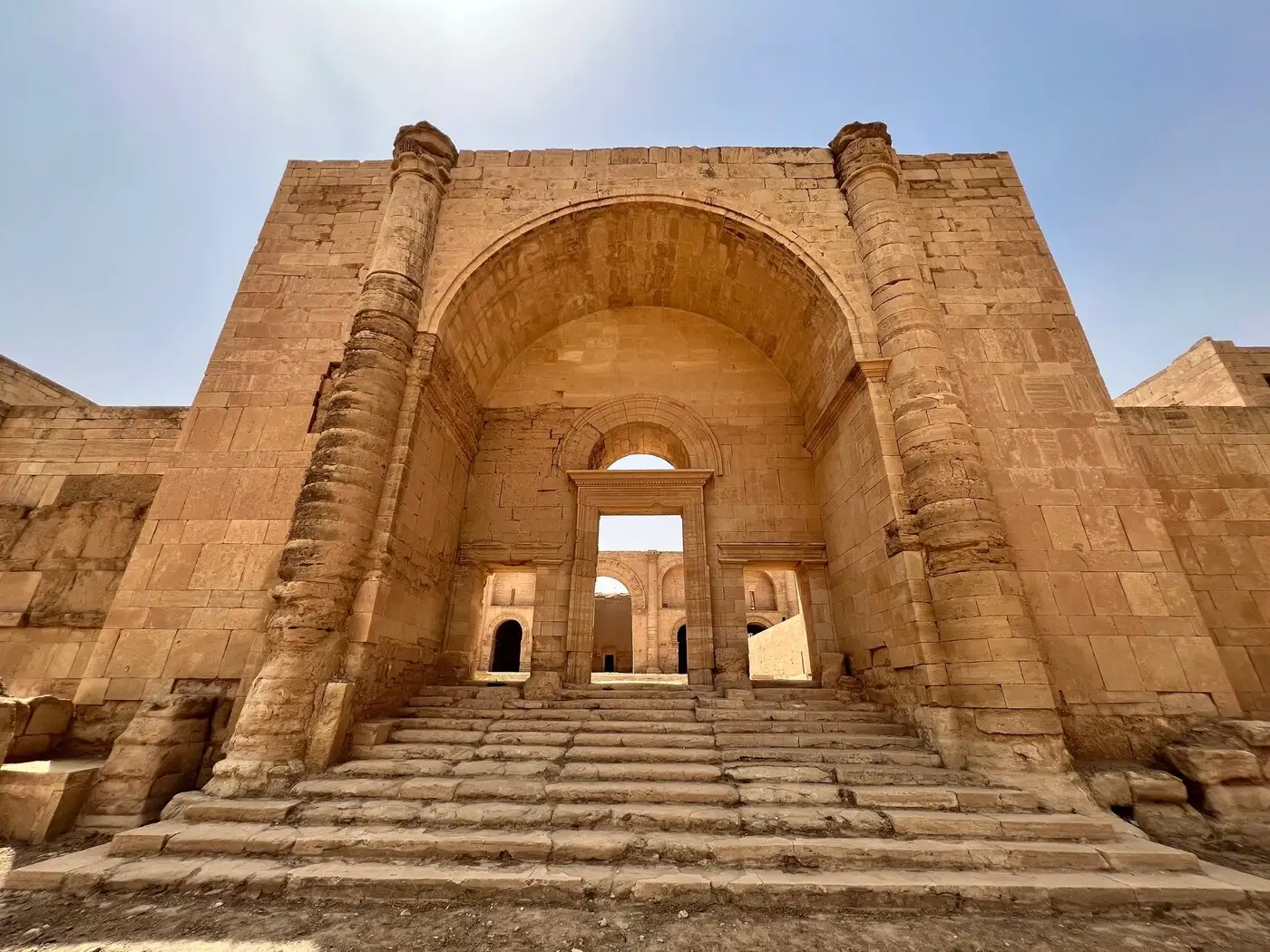
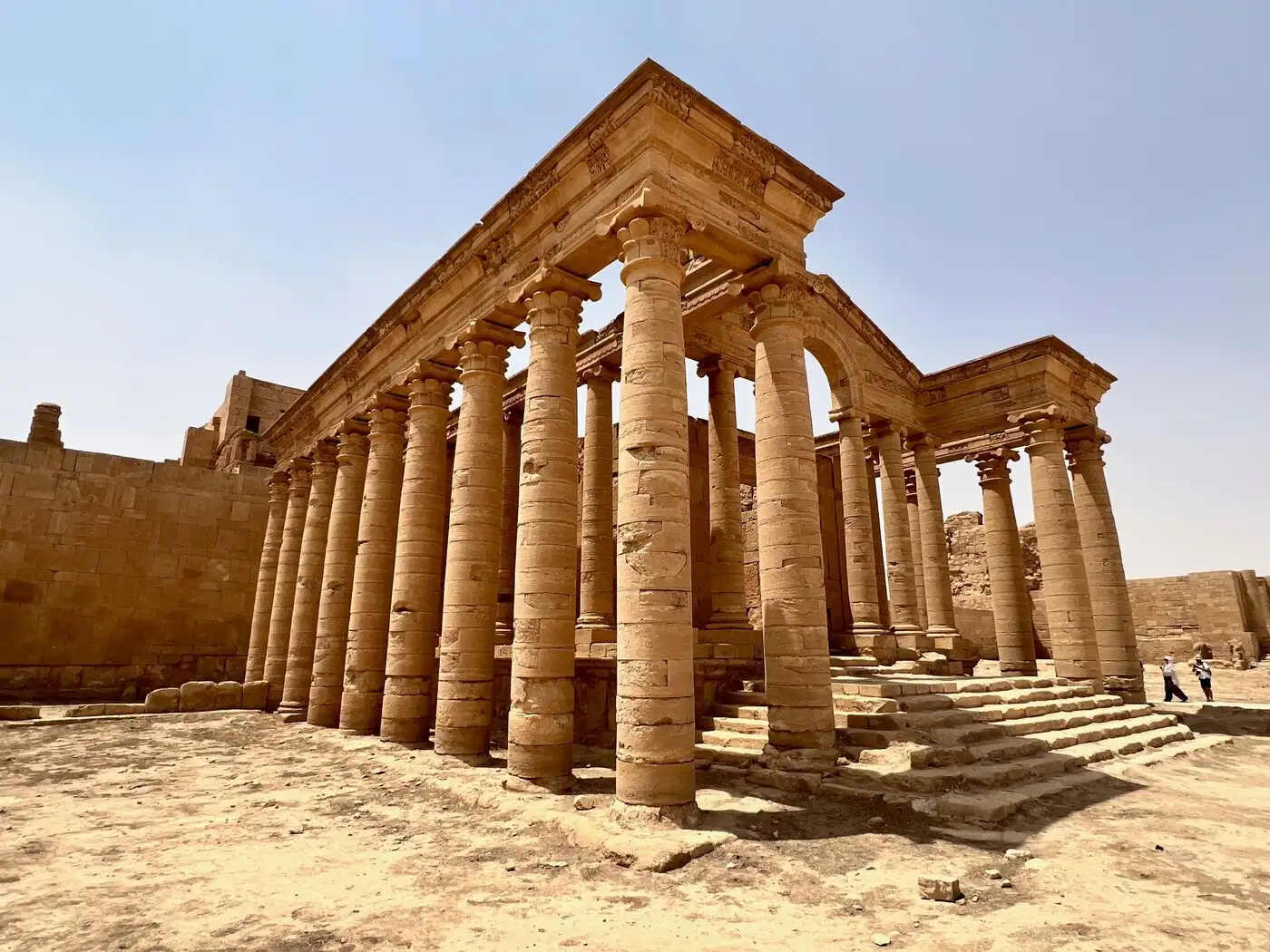
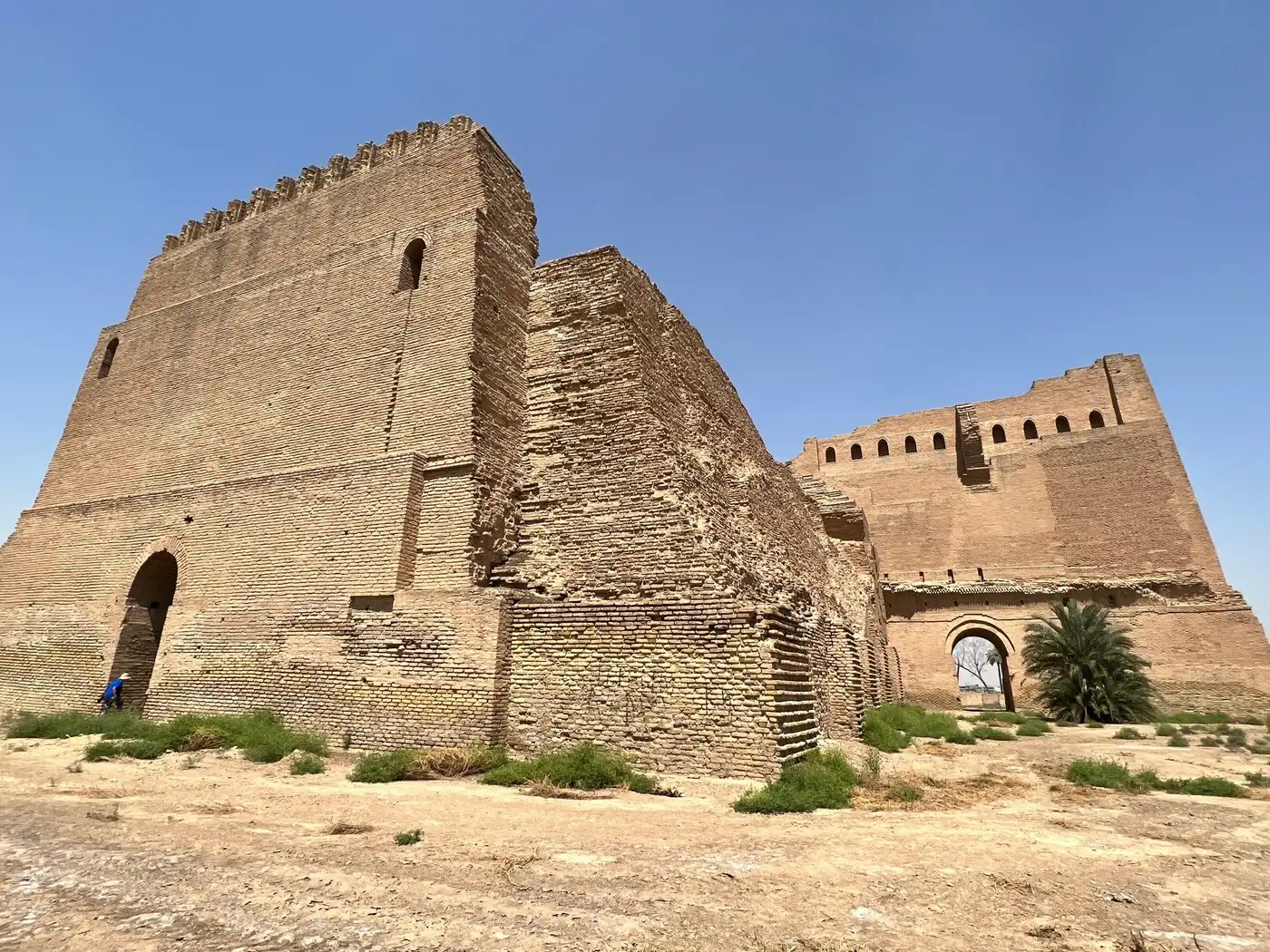
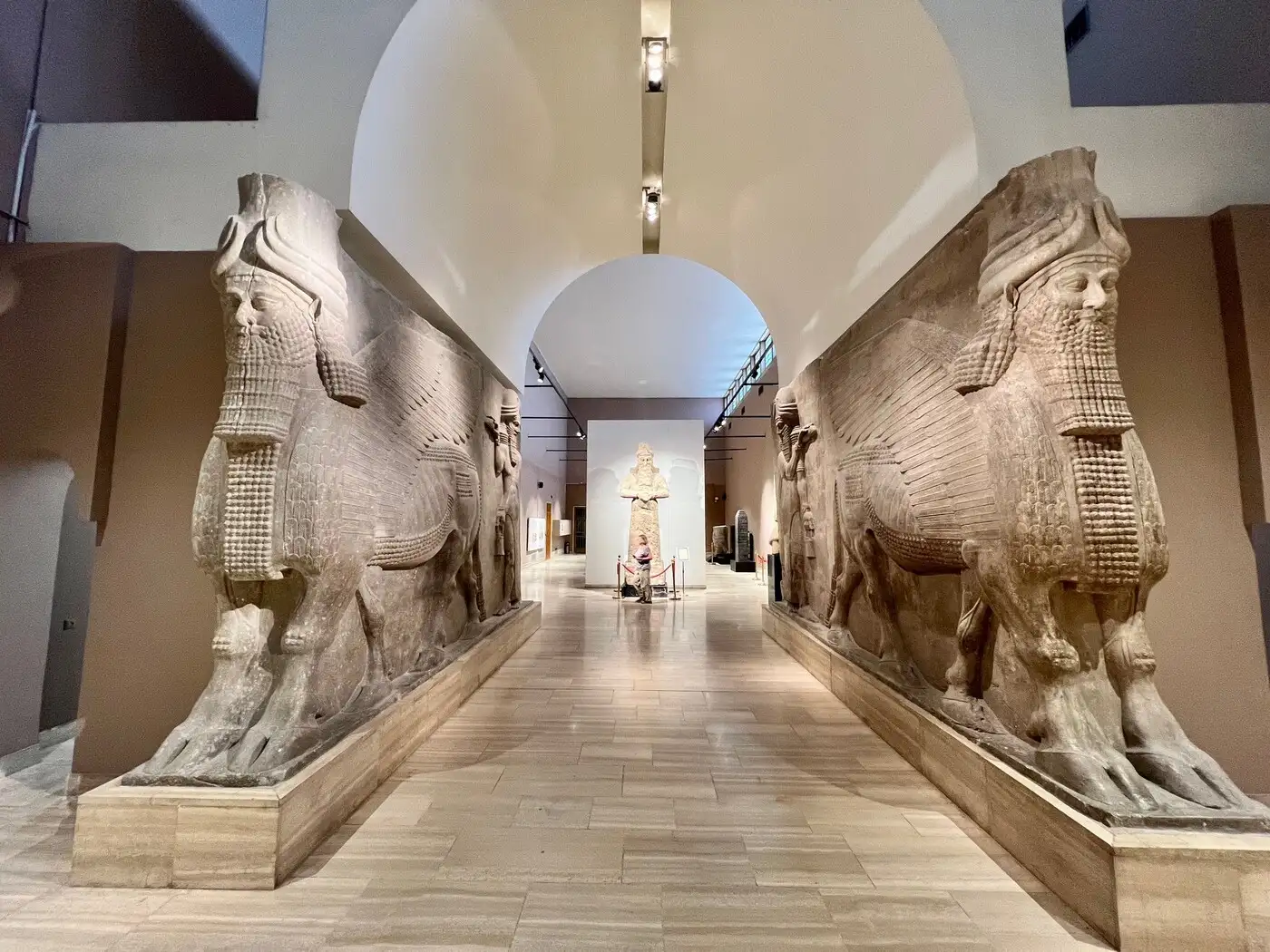
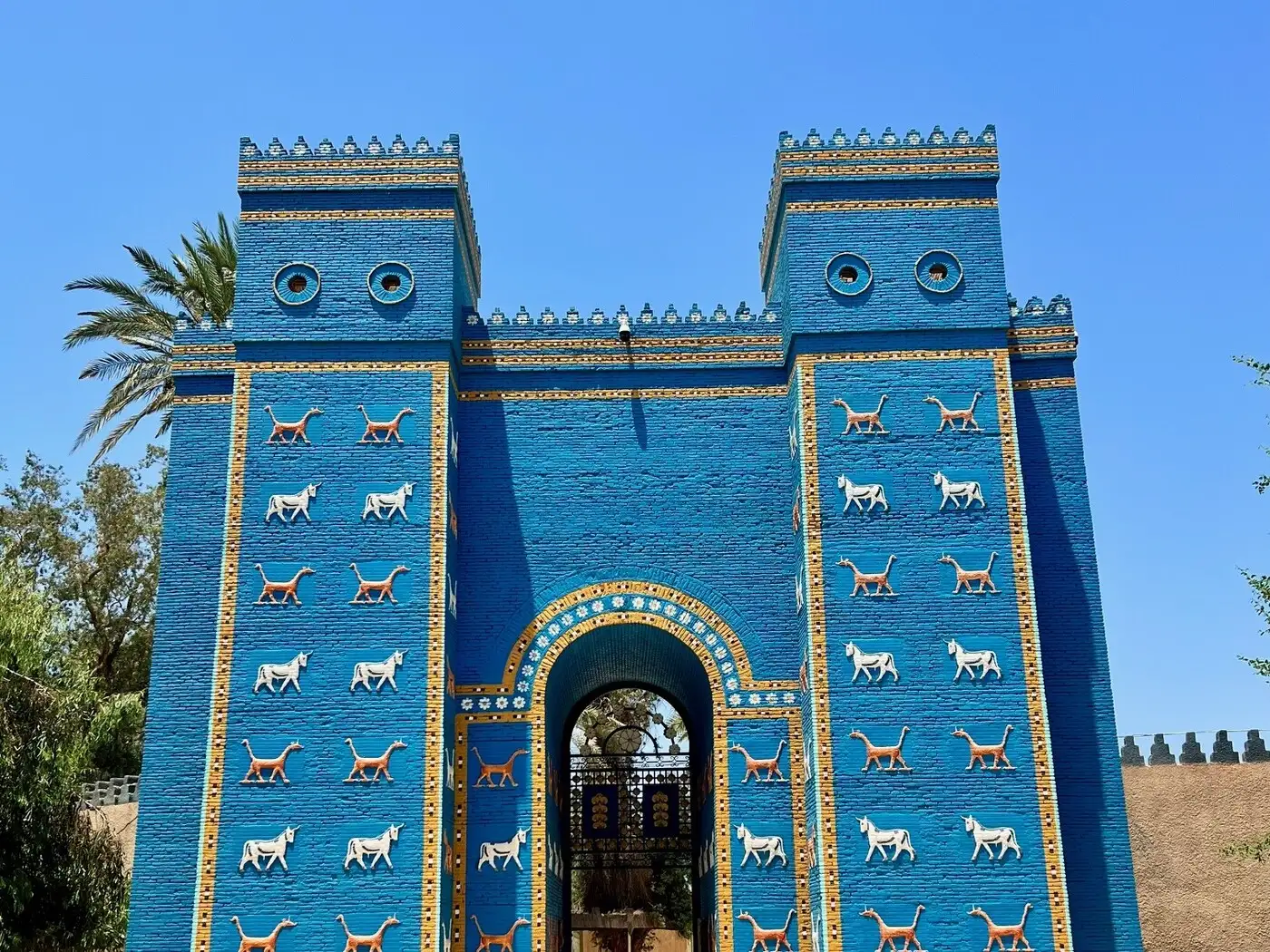
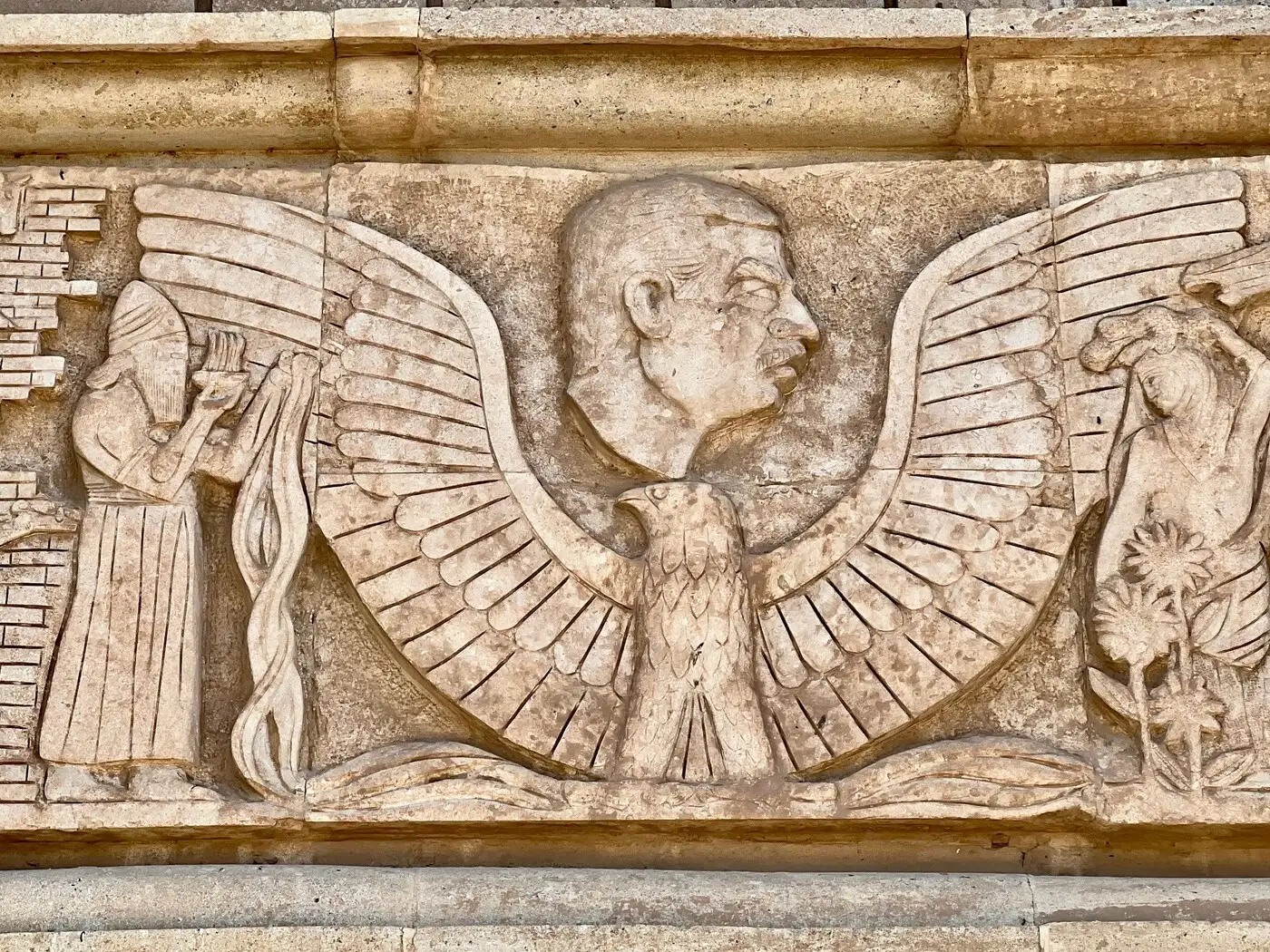
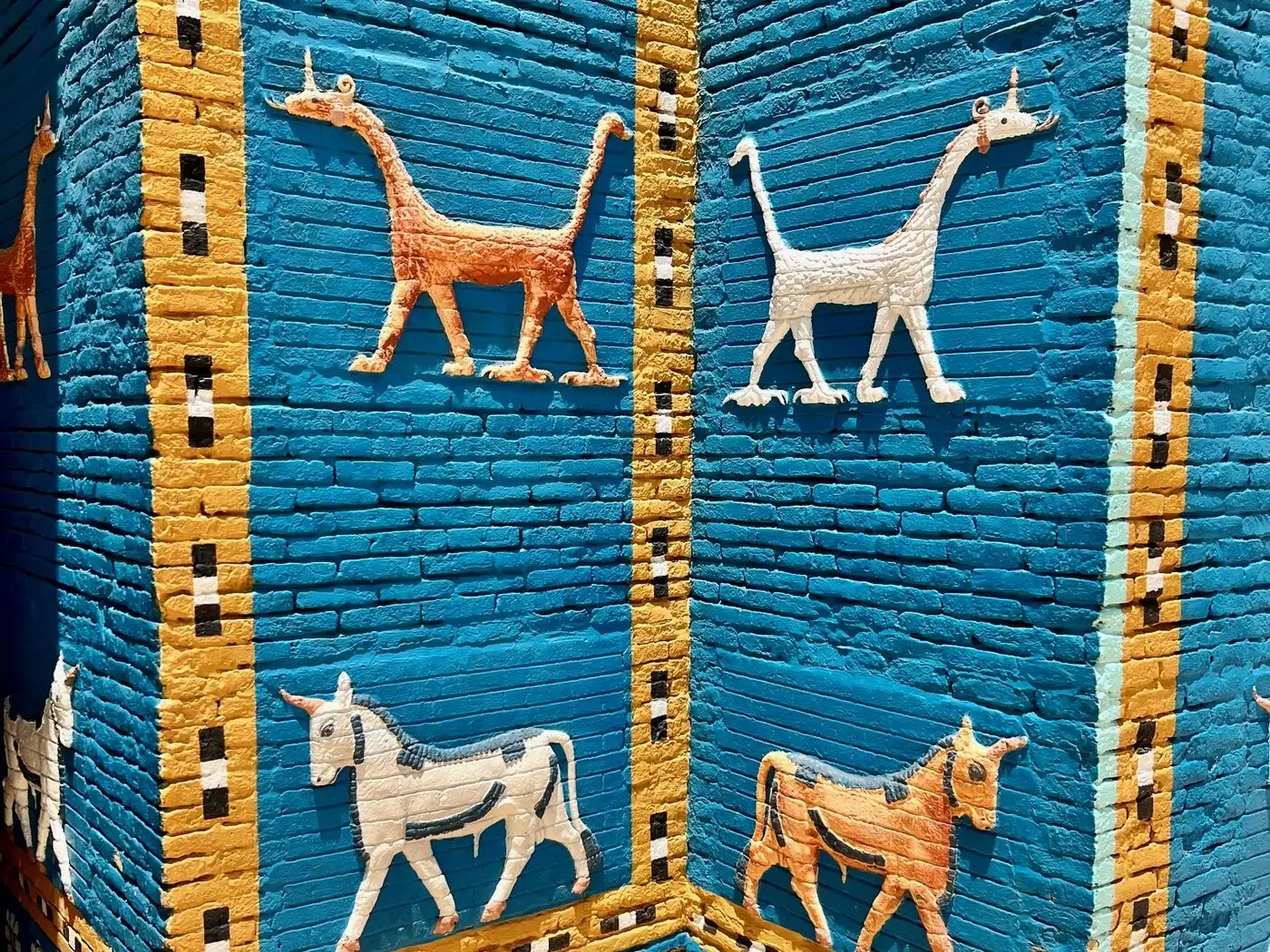

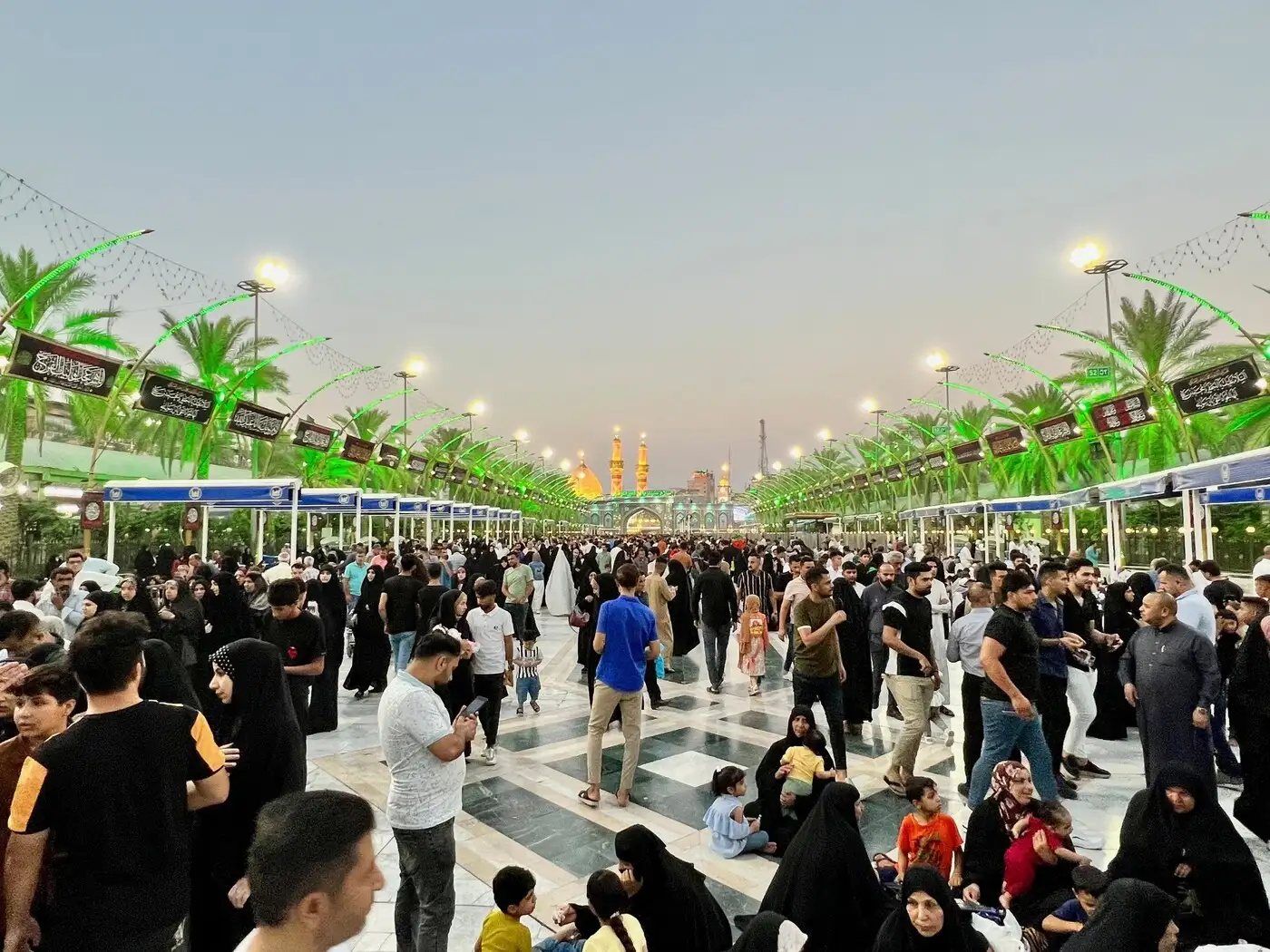
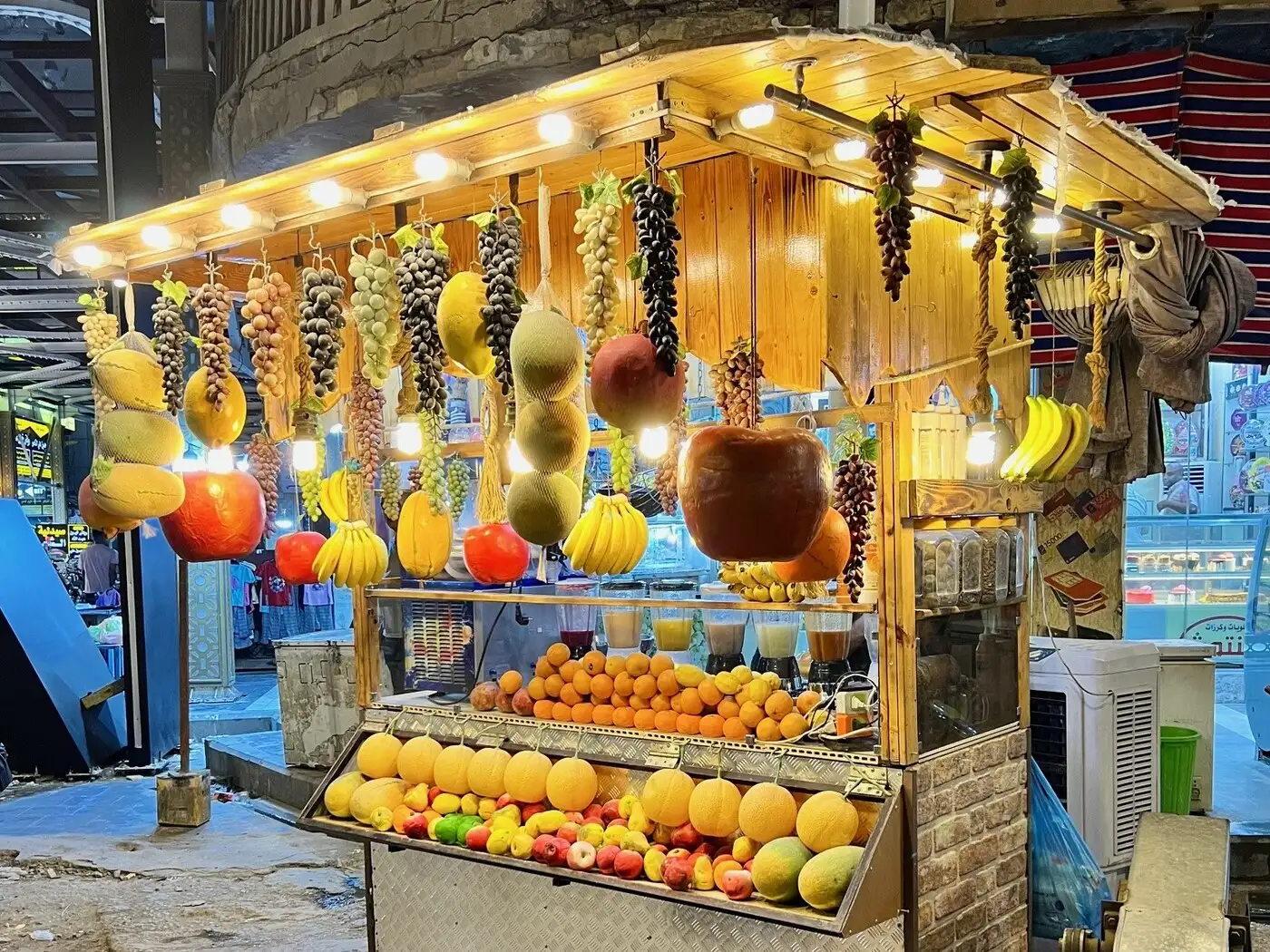

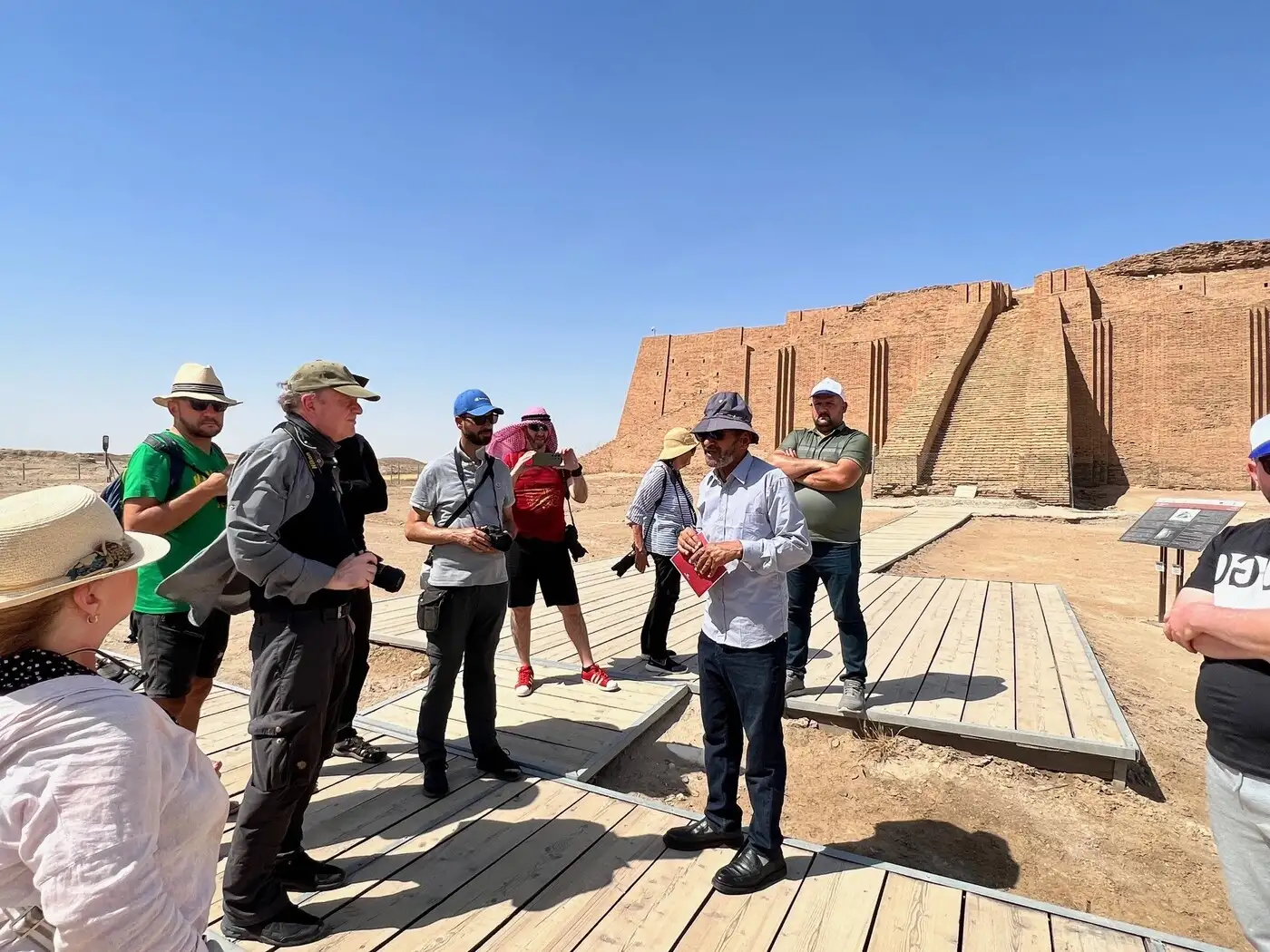
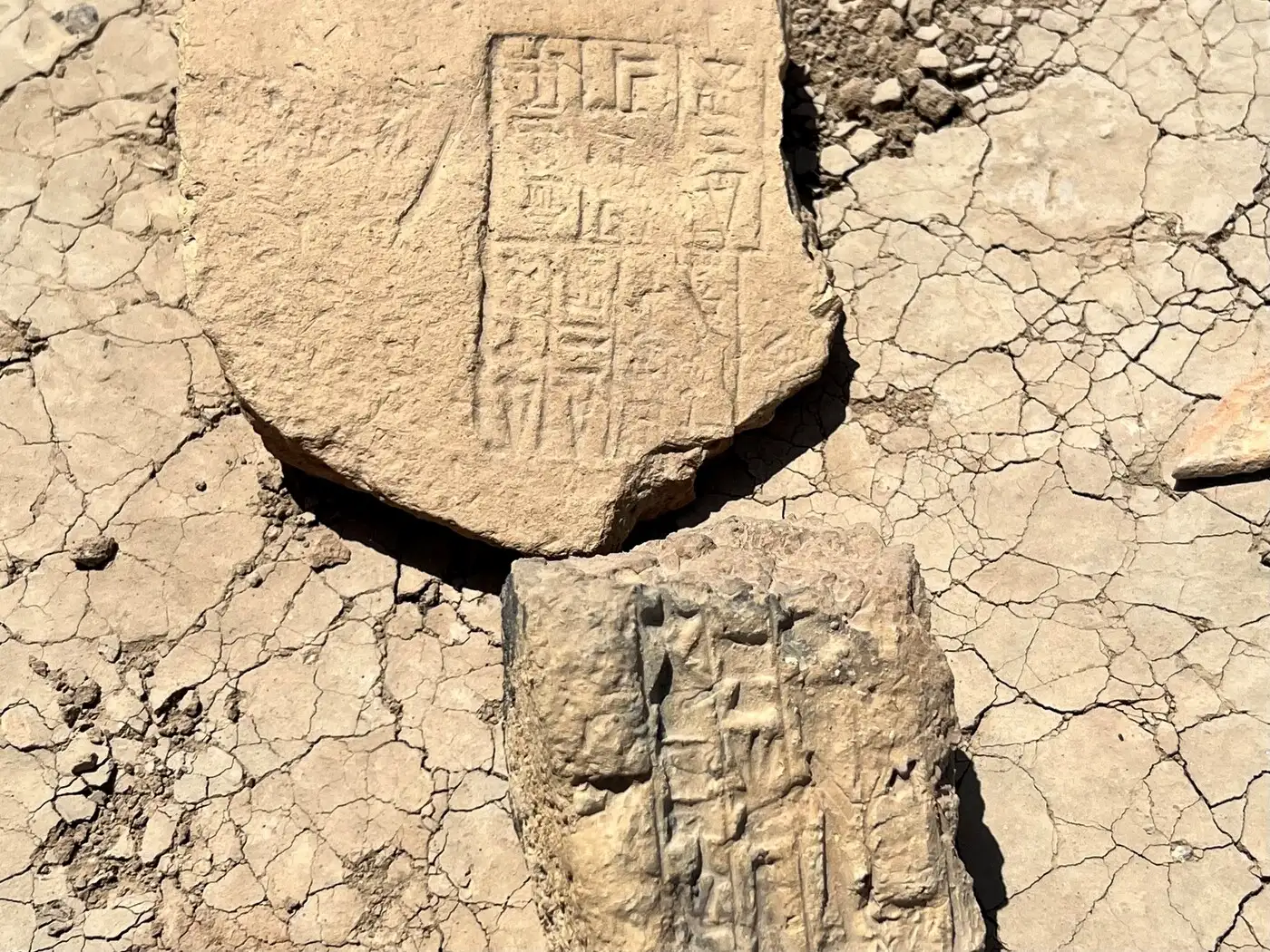
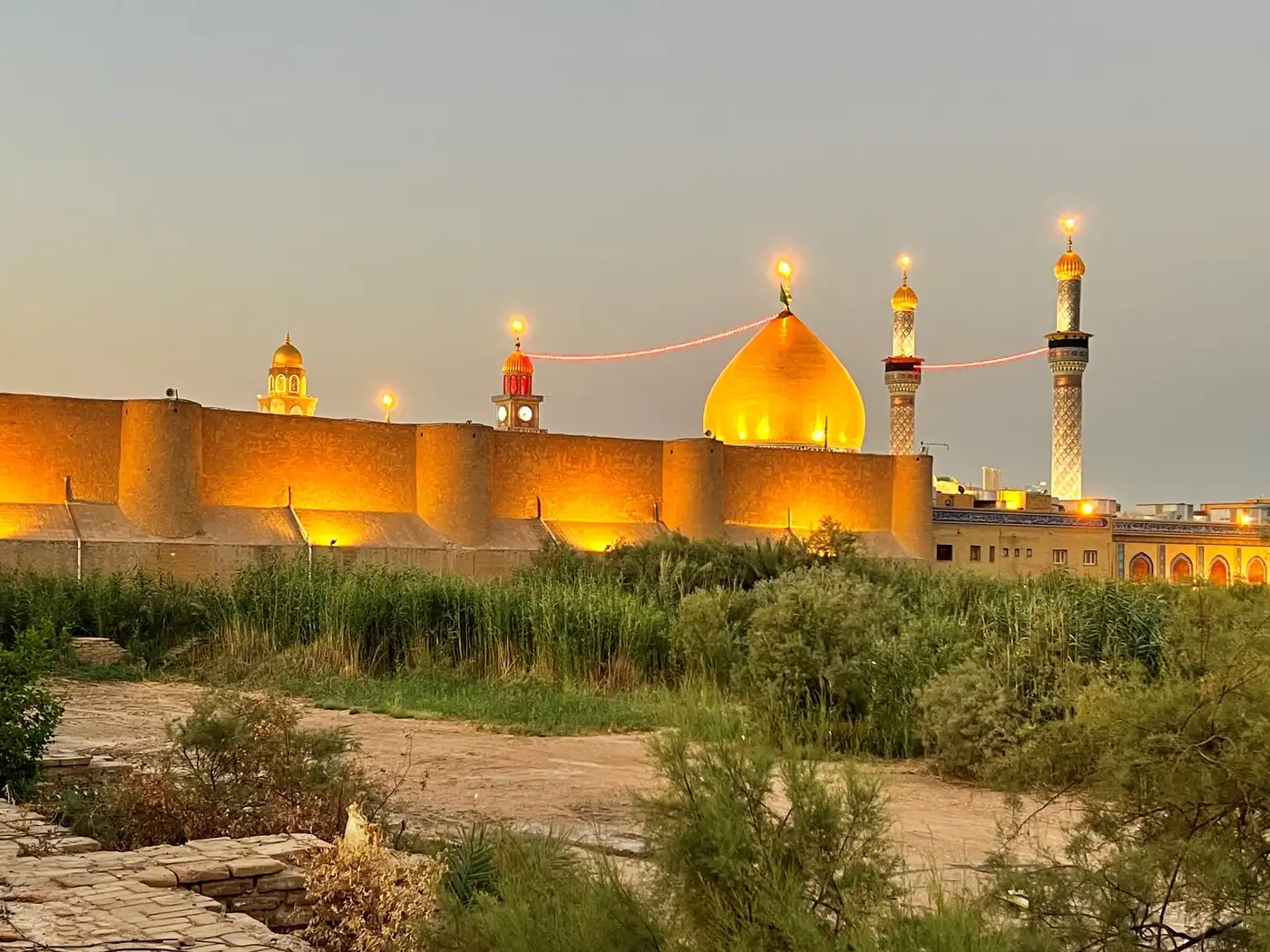


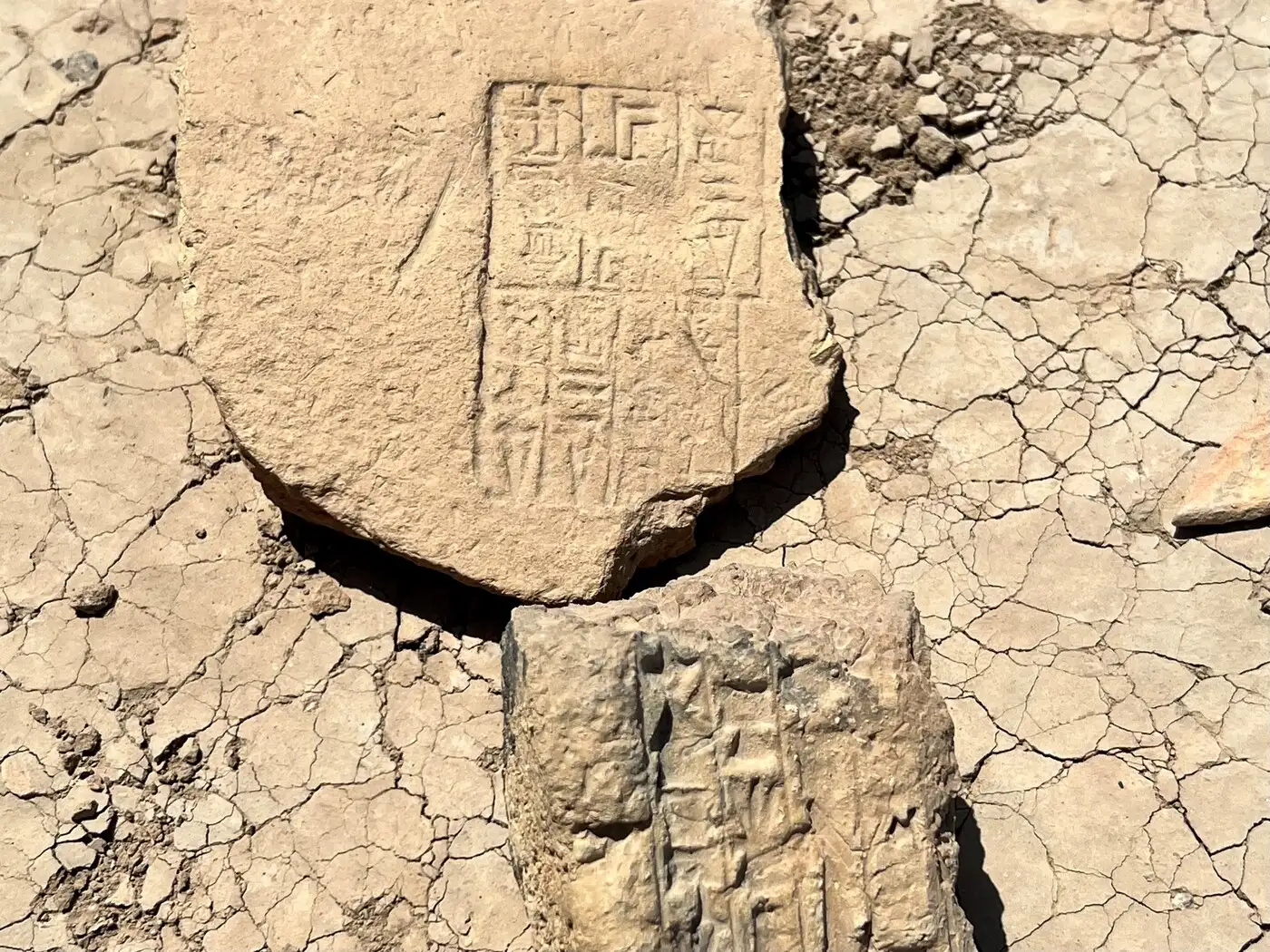
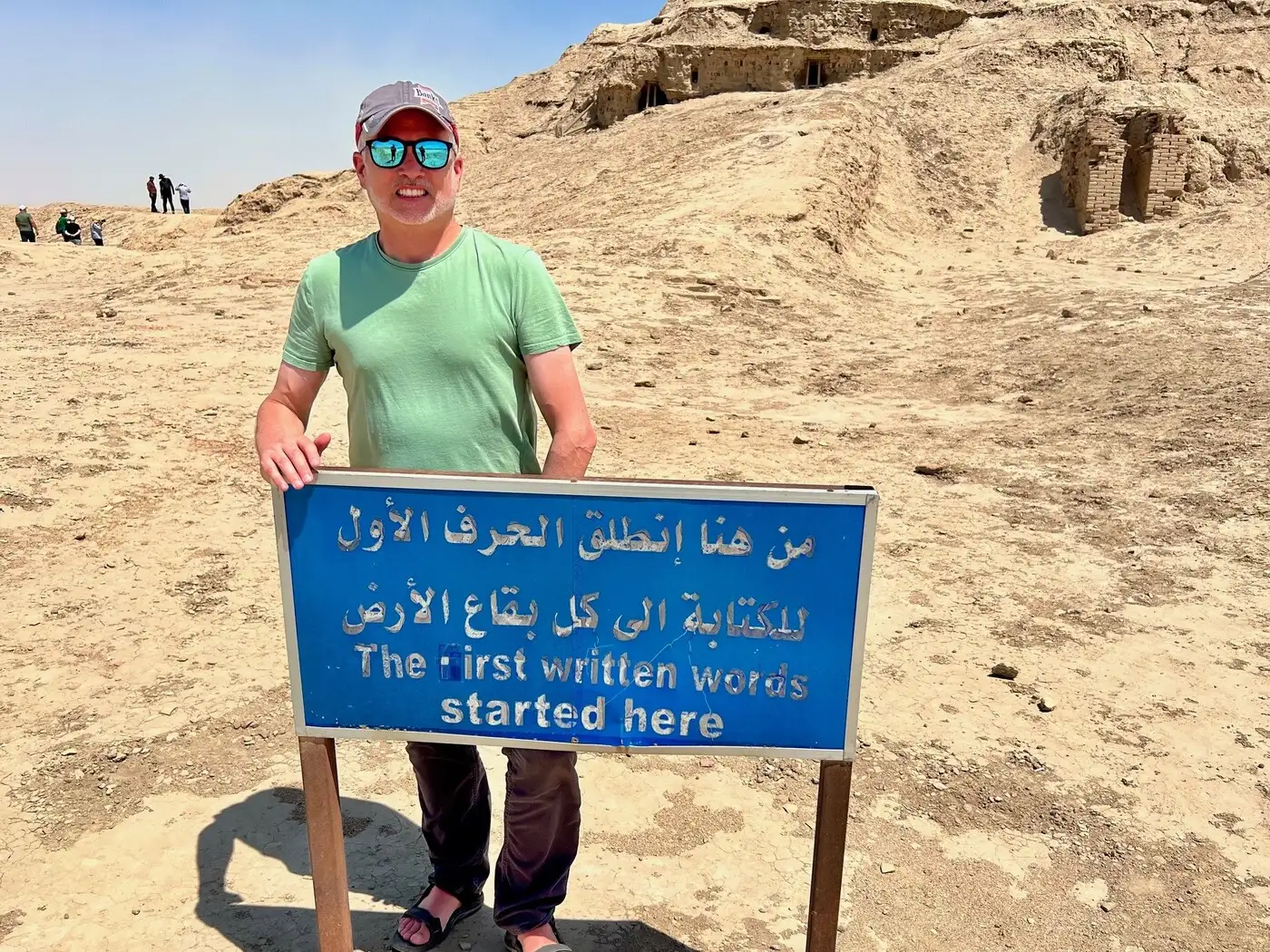
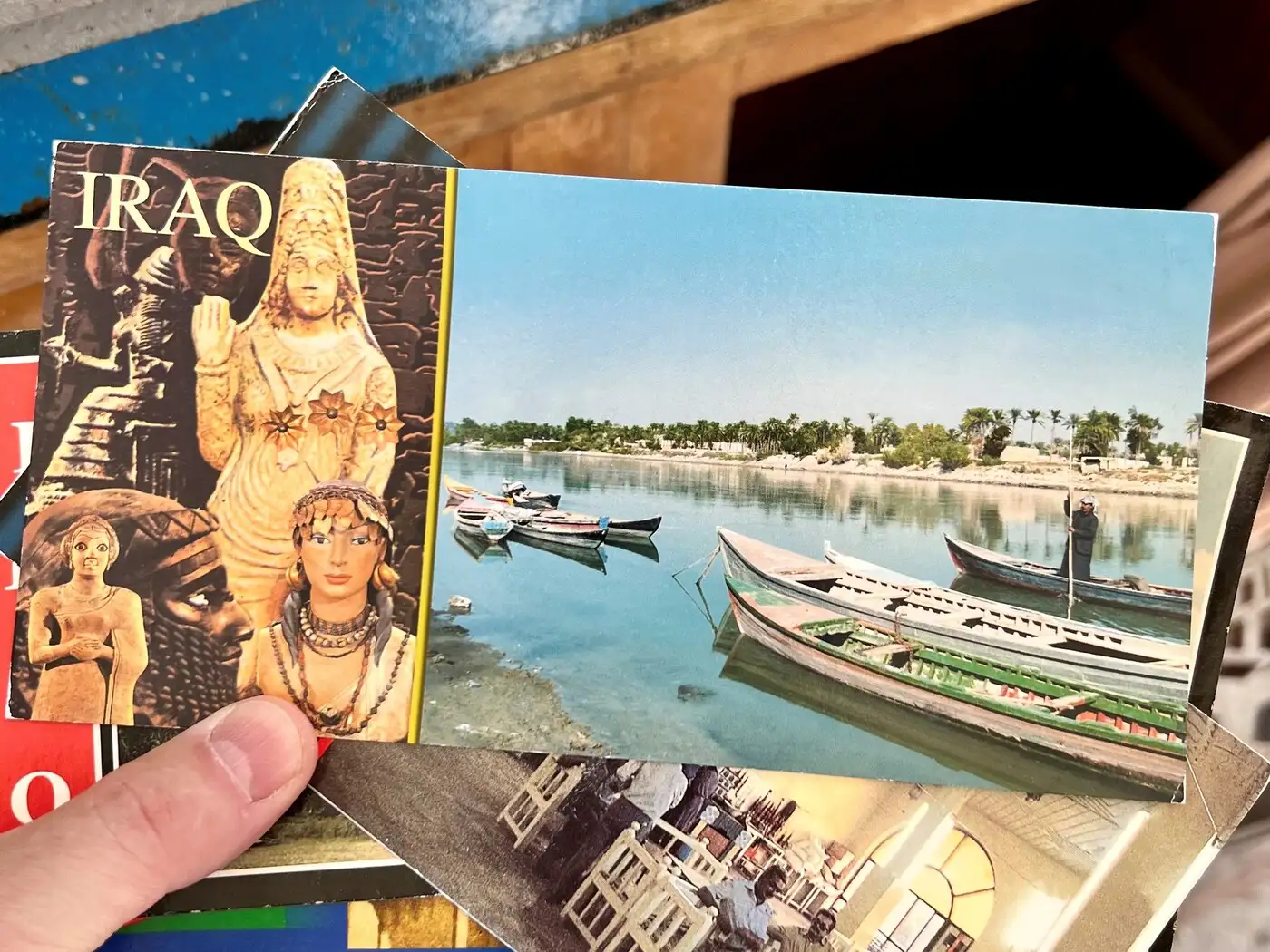
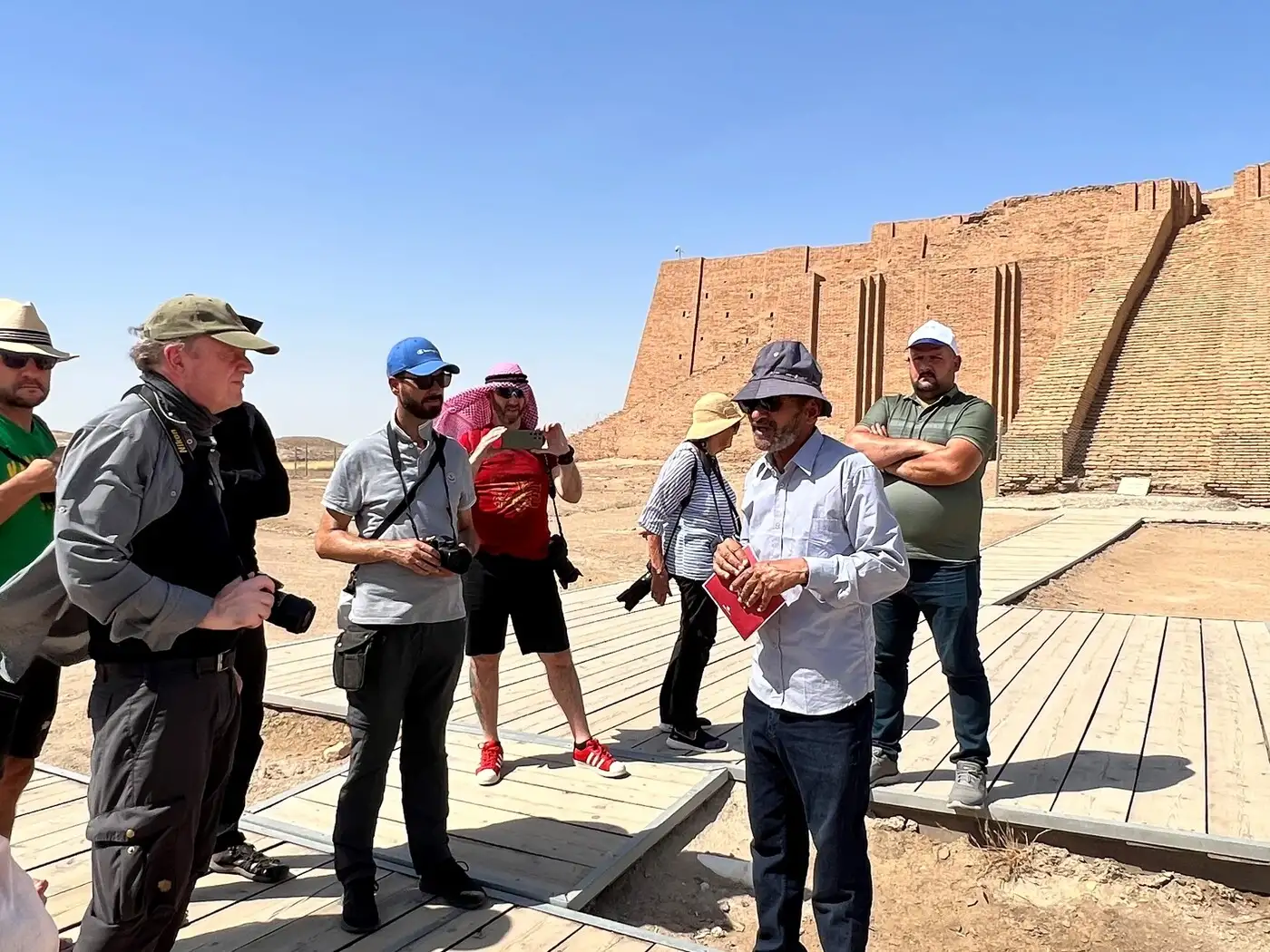
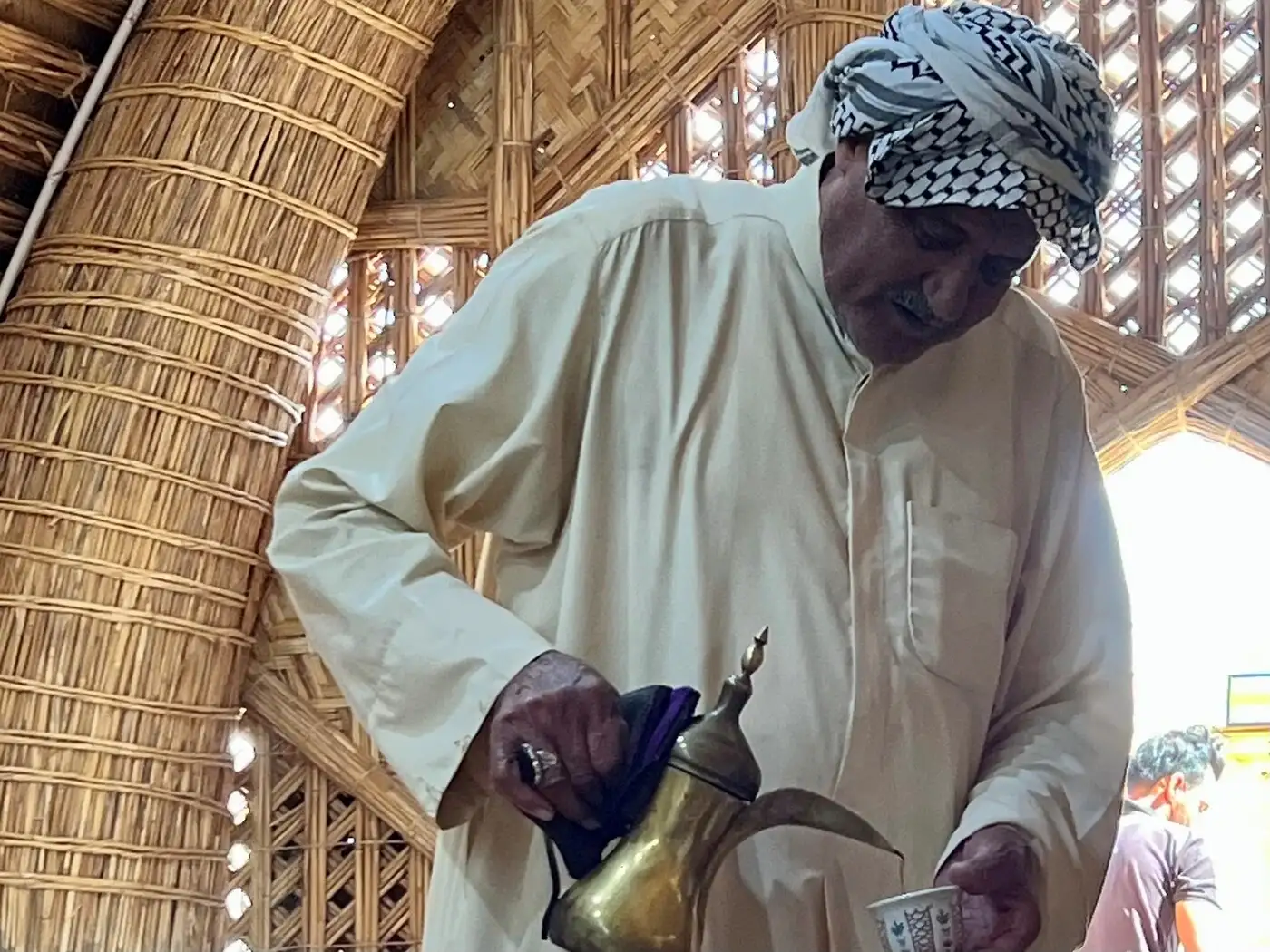
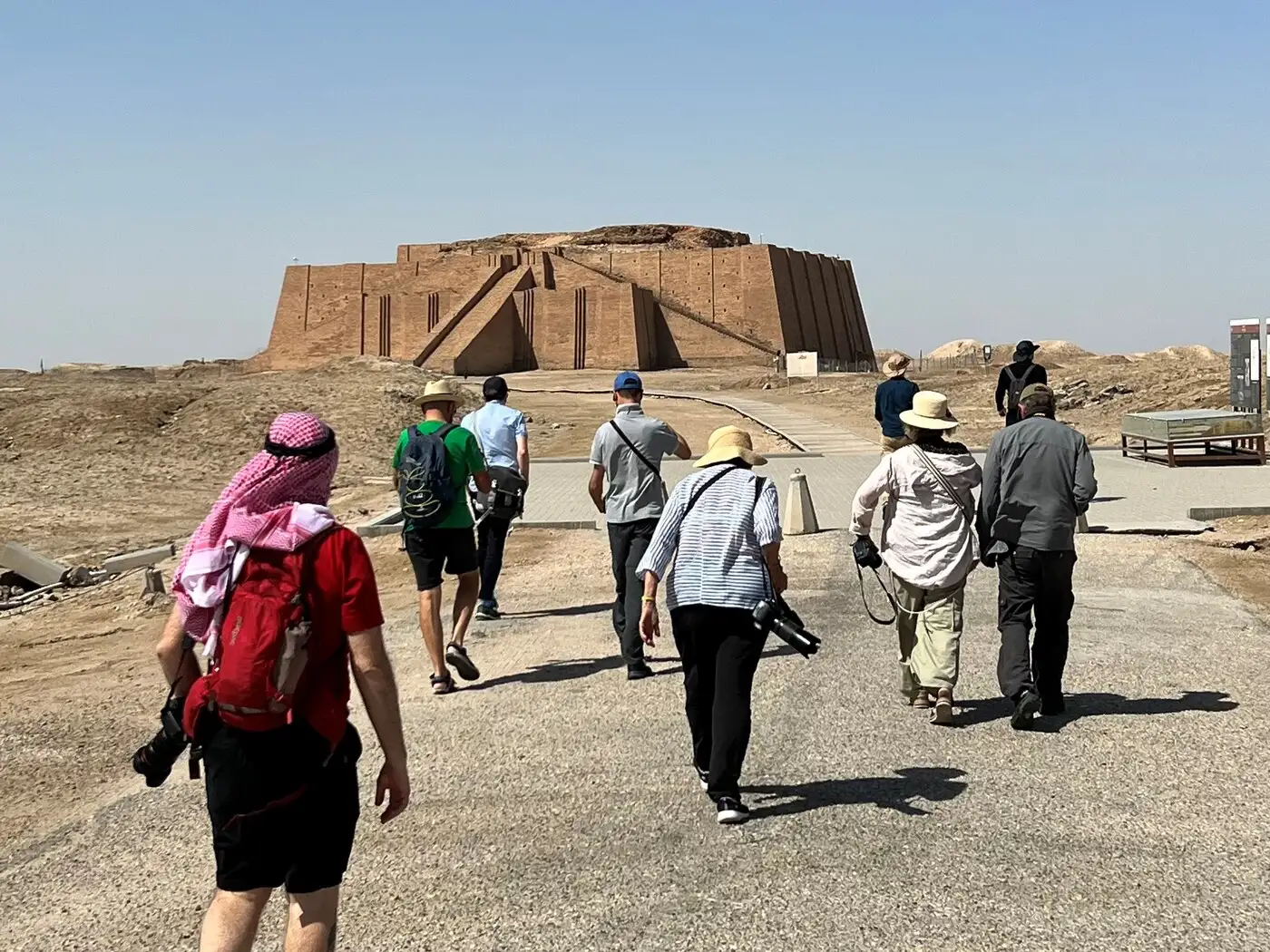
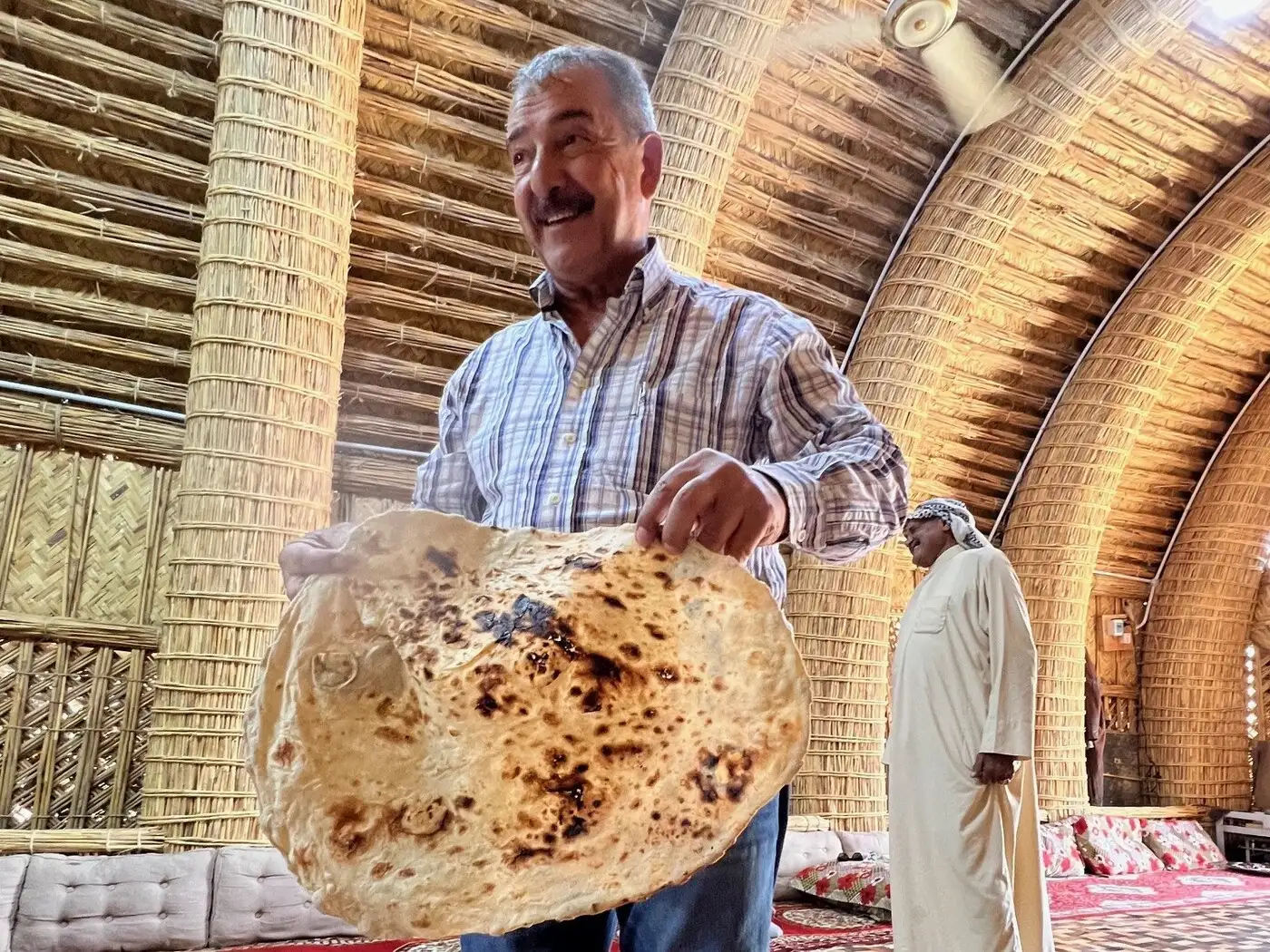
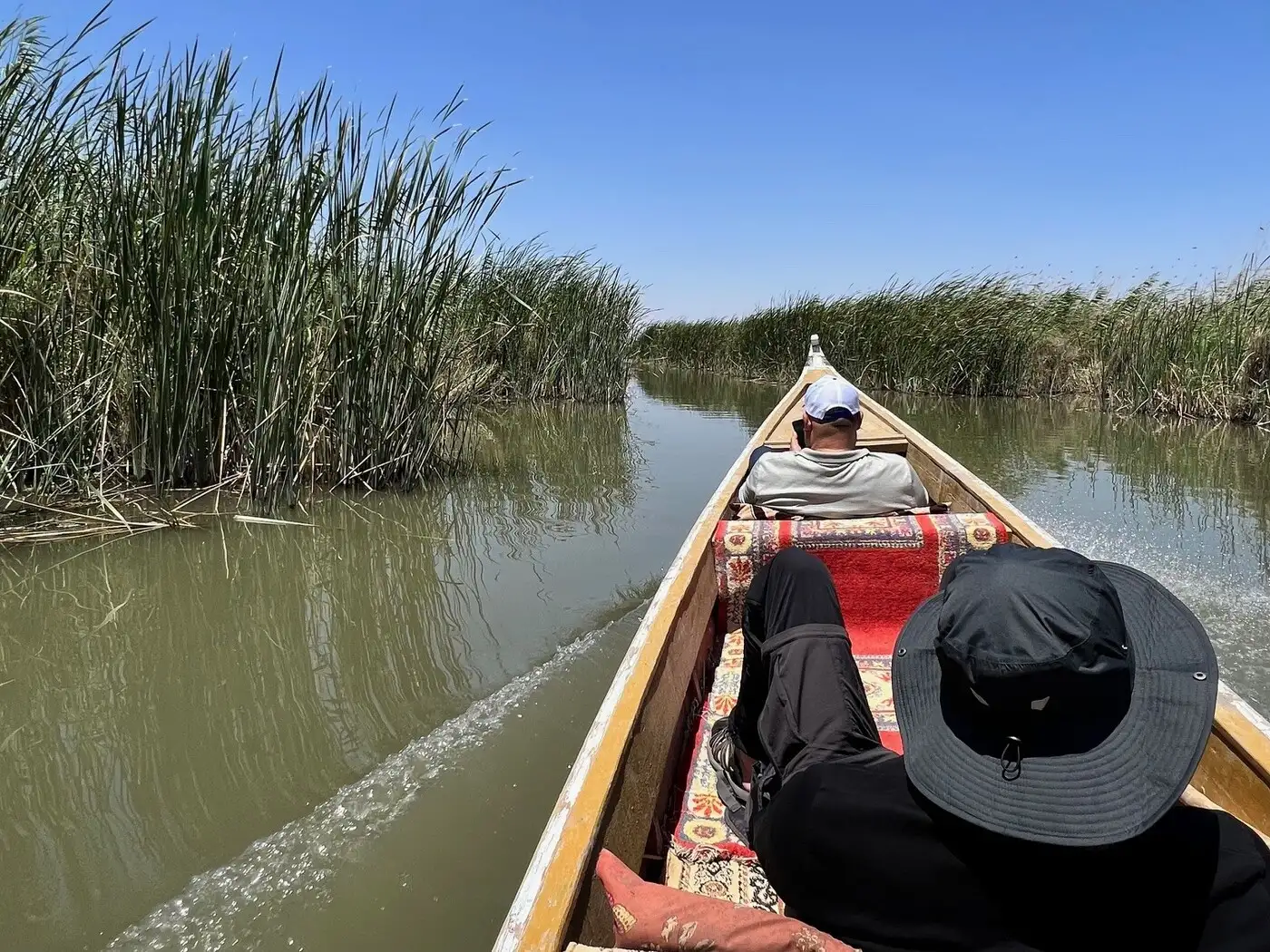


Book This Tour
- Final payment: Due 90 days prior to departure.
- Deposit: A non-refundable $500 CAD Deposit is required at booking.
- Optional Single Supplement: $2030 CAD (number of singles limited).
(View options forsingle travellers) - Transfering Tour or Date: Transferring to another tour or tour date is only permissible outside of 120 days prior to departure and is subject to a $100 CAD change fee.
(Read our cancellation policy)
Prices below are per person, twin-sharing costs in Canadian Dollars (CAD). Pricing does not include airfare to/from the tour and any applicable taxes.
Frequently Asked Questions
- What is the maximum number of participants on a trip?Most of our tours carry a maximum of 18 participants; some tours (ie hiking tours) top out at 16. In the event that we do not achieve our minimum complement by our 90-day deadline, we may offer group members the option of paying a "small-group surcharge" as an alternative to cancellation. If all group members agree, we will confirm the trip at existing numbers; this surcharge is refundable in the event that we ultimately achieve our regular minimum. If the small group surcharge is not accepted, we will offer a refund of your deposit or a different trip of your choice.
- Can I extend my tour either at the beginning or end? What about stopovers?Yes, you can extend your tour either at the beginning or the end and we can book accommodation in our tour hotel. Stopovers are often permitted, depending on air routing. Stopovers usually carry a "stopover" fee levied by the airline.
- How do I make a reservation? How and when do I pay?The easiest way to make a reservation is via our website; during office hours, you are also more than welcome to contact us by telephone.
A non-refundable deposit is payable at the time of booking; if a reservation is made within 90 days, full payment is required. Some trips require a larger deposit. If international airline bookings require a non-refundable payment in order to secure space or the lowest available fare, we will require an increase in deposit equal to the cost of the ticket(s).
Early enrolment is always encouraged as group size is limited and some trips require greater preparation time.
Once we have received your deposit, we will confirm your space and send you a confirmation package containing your trip itinerary, any visa/travel permit related documents, invoice, clothing and equipment recommendations, general information on your destination(s), and forms for you to complete, sign and return to us. Your air e-tickets (if applicable), final hotel list, final trip itinerary, and instructions on how to join your tour, will be sent approximately 2-3 weeks prior to departure. - What about cancellations, refunds, and transfers?Please review our cancellation policy page for details.
- I am a single who prefers my own room. What is a single supplement?All of our tours have a single supplement for those who want to be guaranteed their own room at each location.
This supplement is a reflection of the fact that most hotels around the world do not discount the regular twin-share rate for a room by 50% for only one person occupying a room. Most hotels will give a break on the price, but usually in the range of 25-30% of the twin-share rate. This difference, multiplied by each night, amounts to the single supplement.
The conventional amount can also vary from country to country and some destinations are more expensive than others for single occupancy. In order to be "single friendly," the supplements we apply are not a profit centre for us and we do our best to keep them as reasonable as possible.
On most tours we limit the number of singles available, not to be punitive, but rather because many hotels allow for only a limited number of singles; some smaller hotels at remote locations also have a limited number of single rooms available.
Please note that most single rooms around the world are smaller than twin-share rooms and will likely have only one bed. - Do you have a shared accommodation program?Yes! If you are single traveller and are willing to share, we will do our best to pair you with a same-gender roommate. Please note that should we fail to pair you, we will absorb the single supplement fee and you will default to a single room at no extra charge.
